Question
- Is a “work” generated by an Artificial Intelligence-based tool art?
- Who is the author of the work?
Approach
I am working with several different products, one group enabling image generation (e.g., MidJourney tool) and the second for text (e.g., ChatGPT and WriteSonic).
Observations & Impressions:
- Each work is unique
Speaking of MidJourney, the text to image tool, one might think that entering the same terms would generate the same results, but this is not the case. There are a few implications here. First, when you generate something you like you can’t expect to regenerate it again. Second, it limits how well one can incrementally construct an image, that is following a process of adding and removing terms to see how the image evolves. While an incremental process is not completely out of the question, and in general my approach is an incremental one, there is a high degree of randomness in the results. Having said that, there are steps that can be taken (such as reusing the same seed for the random number generator) but at this point I have not found a way to contain the variability of outcomes. I’m not sure whether this is good or bad, it just is.
- AI as a co-creator
My relationship with MidJourney is [presently] more as a co-creator; we combine our skills. MidJourney offers skills in creating images, skills which I don’t have (beyond using a camera). I provide the skills in preparing the terms and curating the results. - AI as an assistant
I use the Chat tool as an assistant to provide basic information (often the facts) as well as a sense of the scope of a topic. How this plays out is through a series of questions and answers. I ask a question and it replies. Based on the reply, I ask another question and this continues until I run out of questions. In fact the value in this relationship may be less around what specific information the tool provides and rather simply the process of developing a series of questions or put another way, exploring the problem domain through a series of questions. - Chat vs. Search
From the consumer point of view, a search that returns 10 million results is almost useless. It means reading through dozens of results, collating the volumes of detritus to find something useful. The Chat tools collate the information for you and provide a concise answer. This turns out to be a very welcome result and enables the more collaborative approach suggested above. It saves time for the consumer; it likely costs significantly more for the provider. Having said that, I think the emergence of these chat tools signals the end of the traditional search engine that we have come to know. - Quality and Reliability of results
Each chat tool I have used cautions that it is a beta product and results may be either or both incorrect or incomplete. Confirming the validity of information suggests the reader needs to be sufficiently knowledgeable to know the results are incorrect or incomplete (which defeats the purpose) or be willing to corroborate the results in some other way. Some tools provide references to the source material they have drawn from. This is very helpful both in terms of validating results but also delving deeper. I address the completeness question by asking followup questions (many of the tools maintain a “memory” of past responses making this easier). I often ask several different chat tools the same question and compare the results. They may corroborate or contradict, but either outcome is useful. - Generating [text] content
Some of the tools are able to generate “copy” which may then be used for various purposes. One tool suggests it can write articles, blogs, landing pages, Ads, SMS Notifications, biographies, product descriptions, YouTube descriptions, real estate listings, and the list goes on. I have tried some of these, so with the caveat that I have limited experience, I will say the results are of limited value, at least for me. They are often superficial, repetitive, redundant, trite and lack any scholarly depth of value. Working with the results of a chat session, I find, is far more useful.
Gallery
Silhouette – African Style
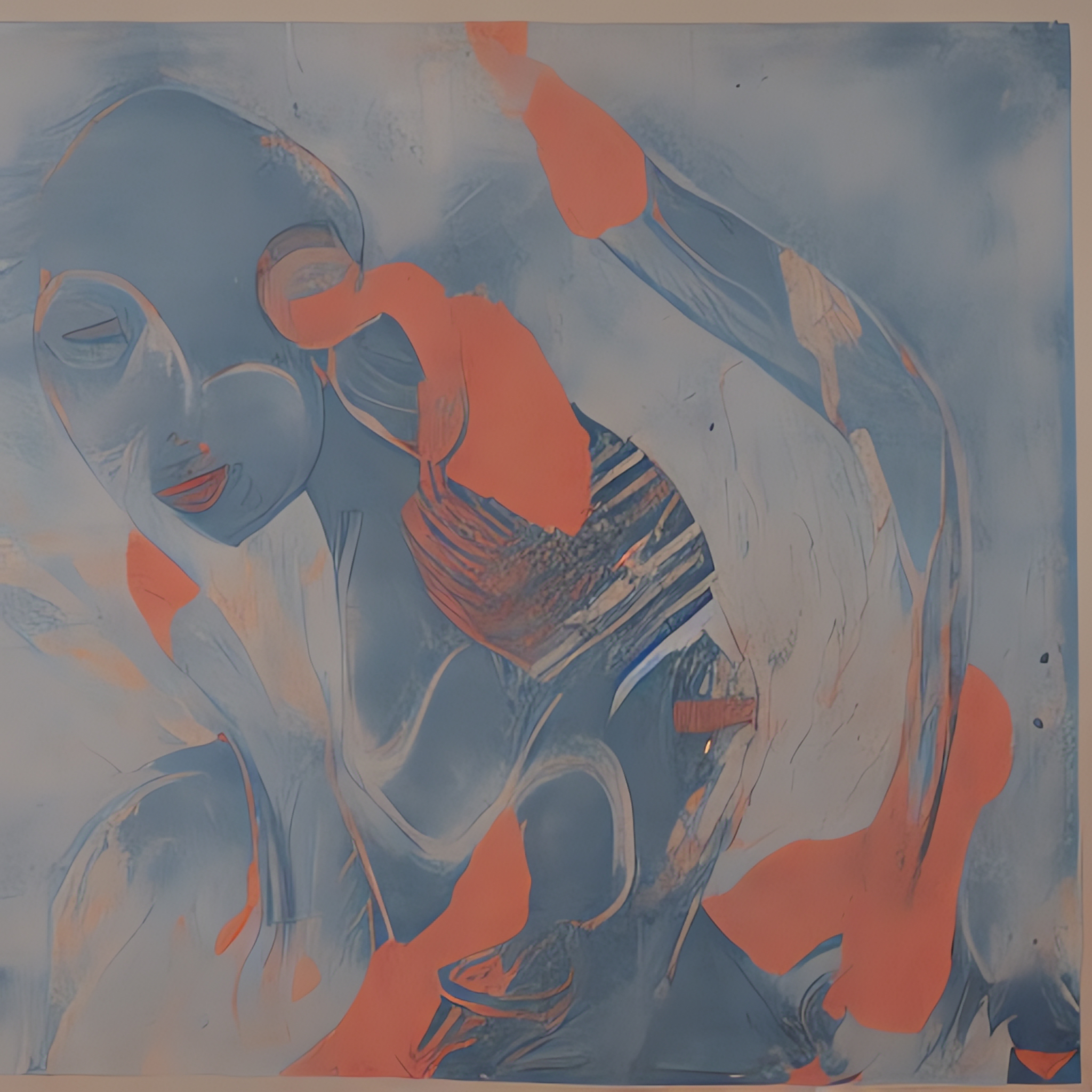
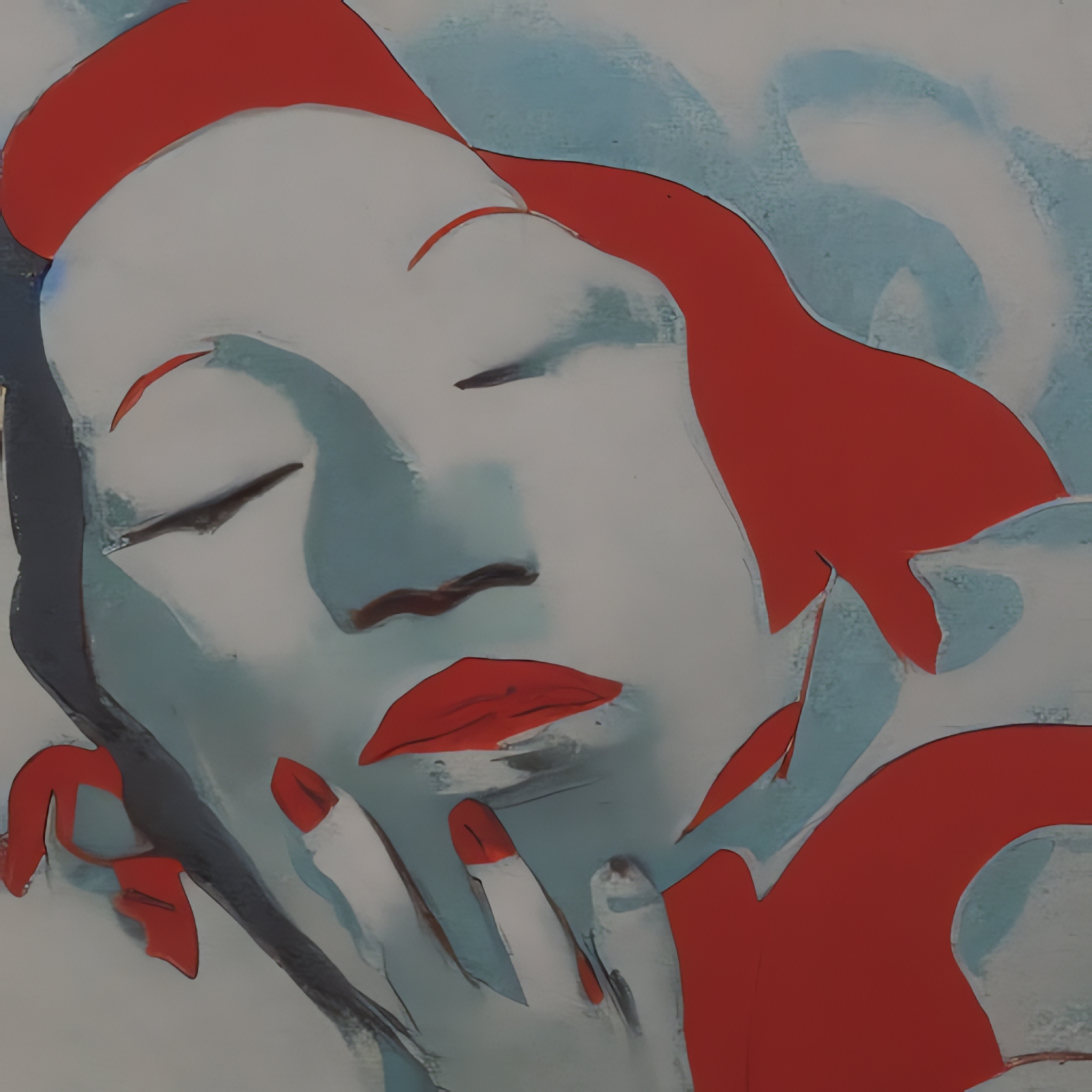
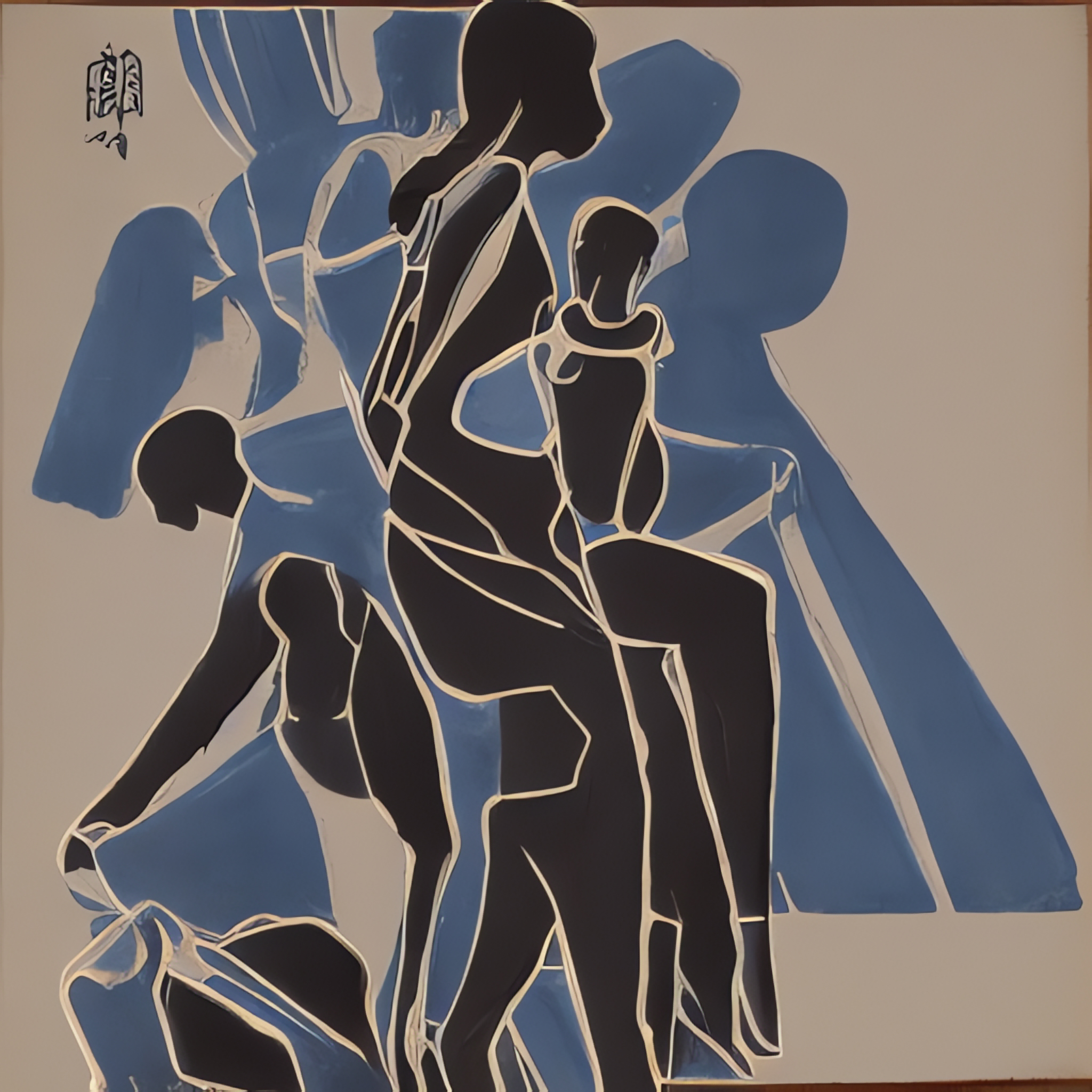
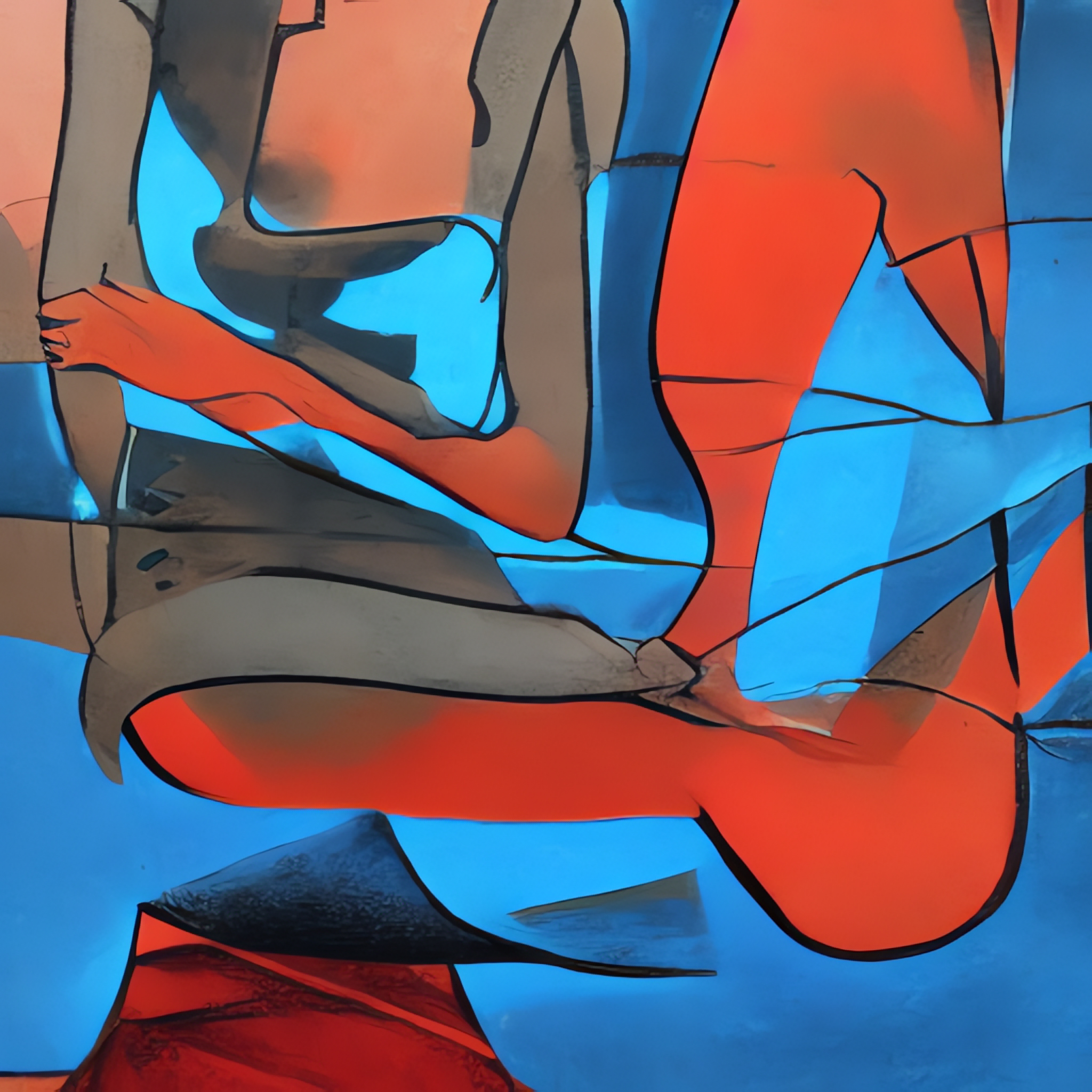
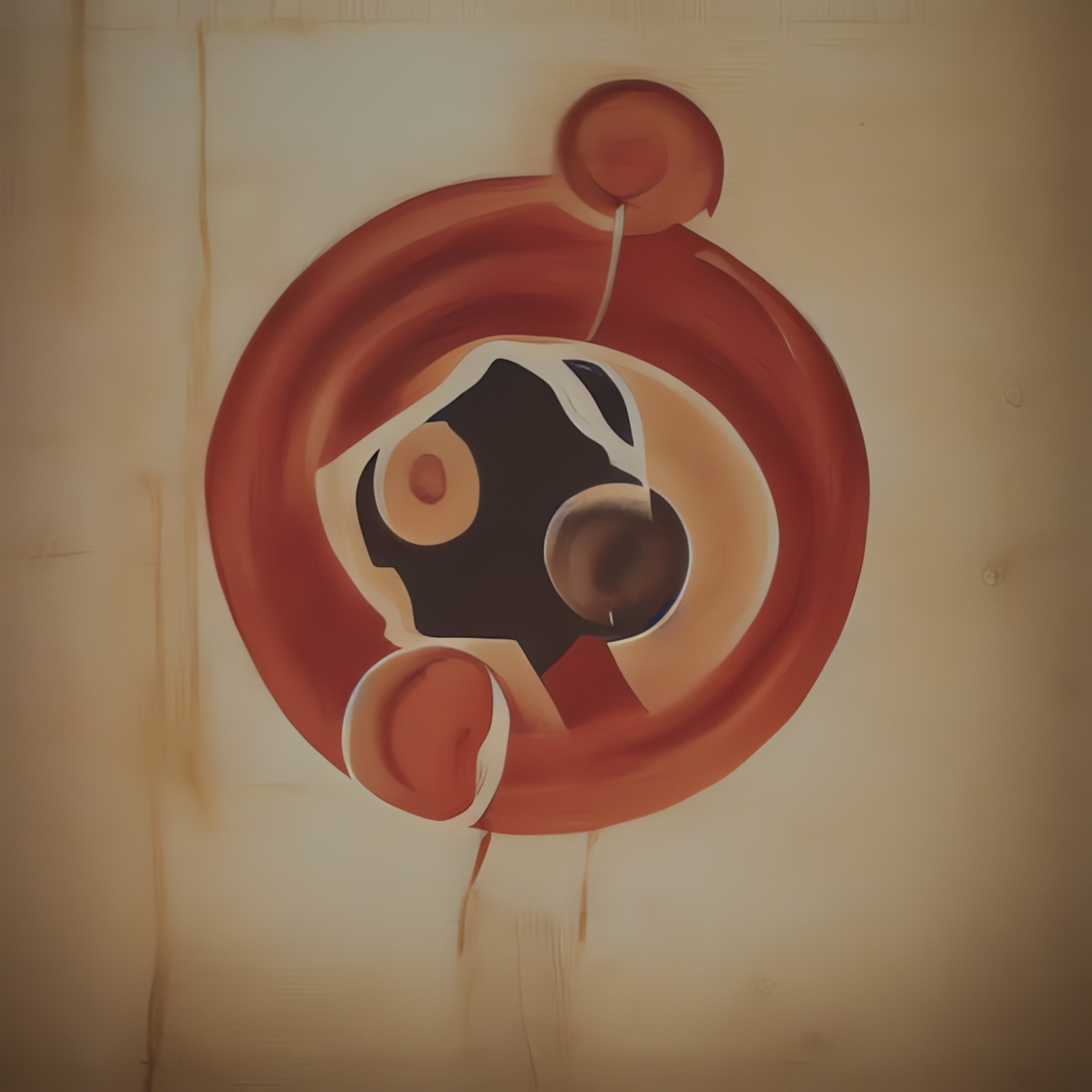
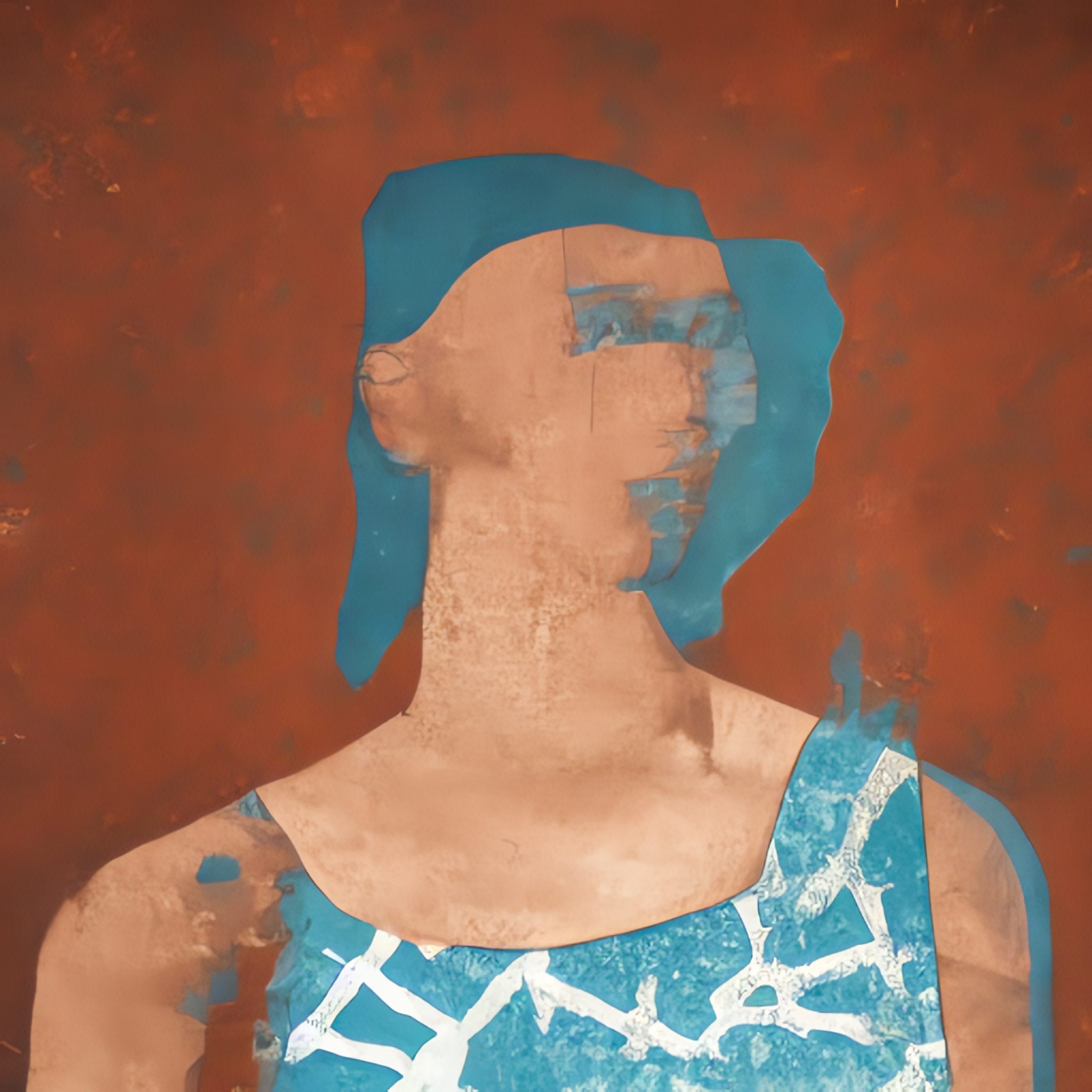
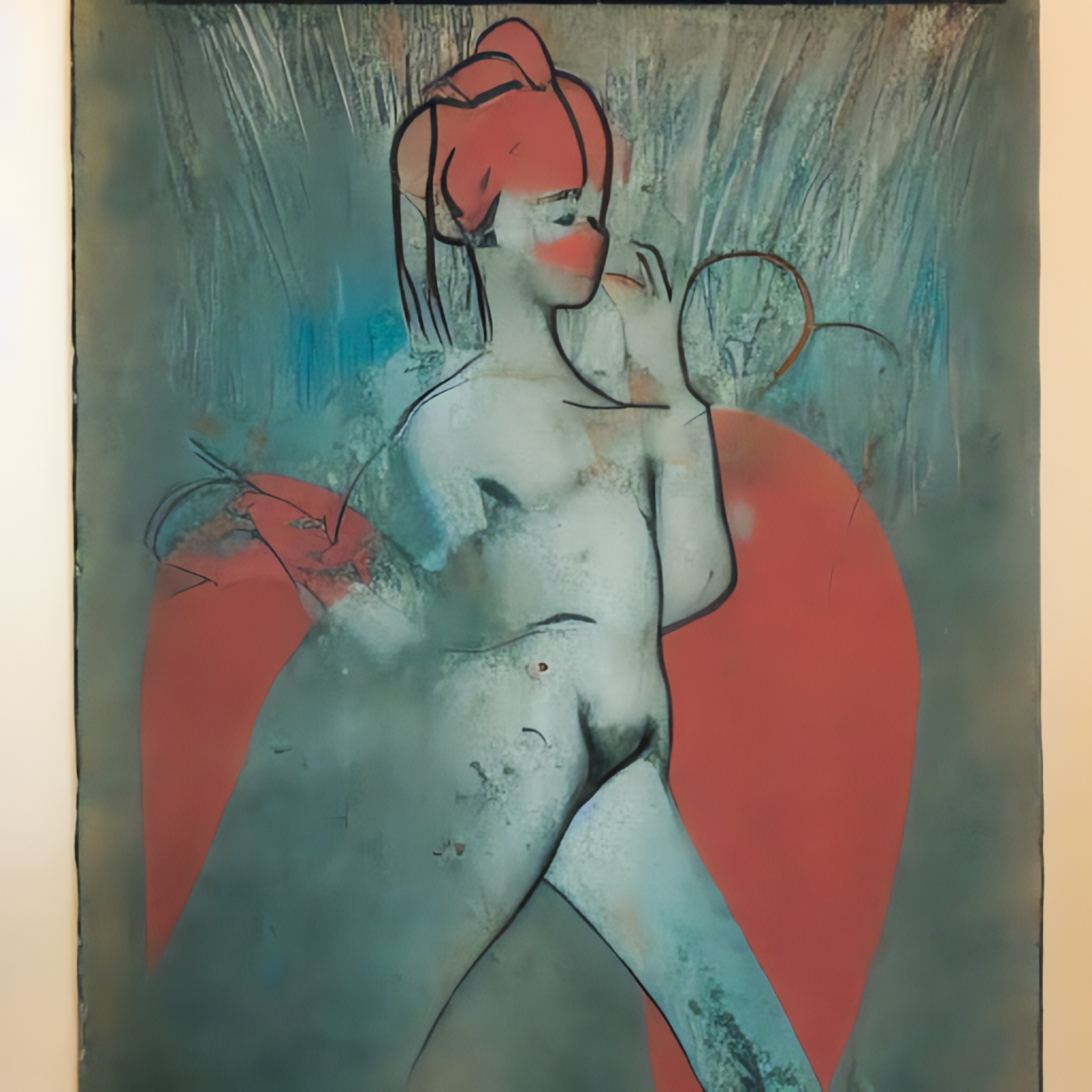
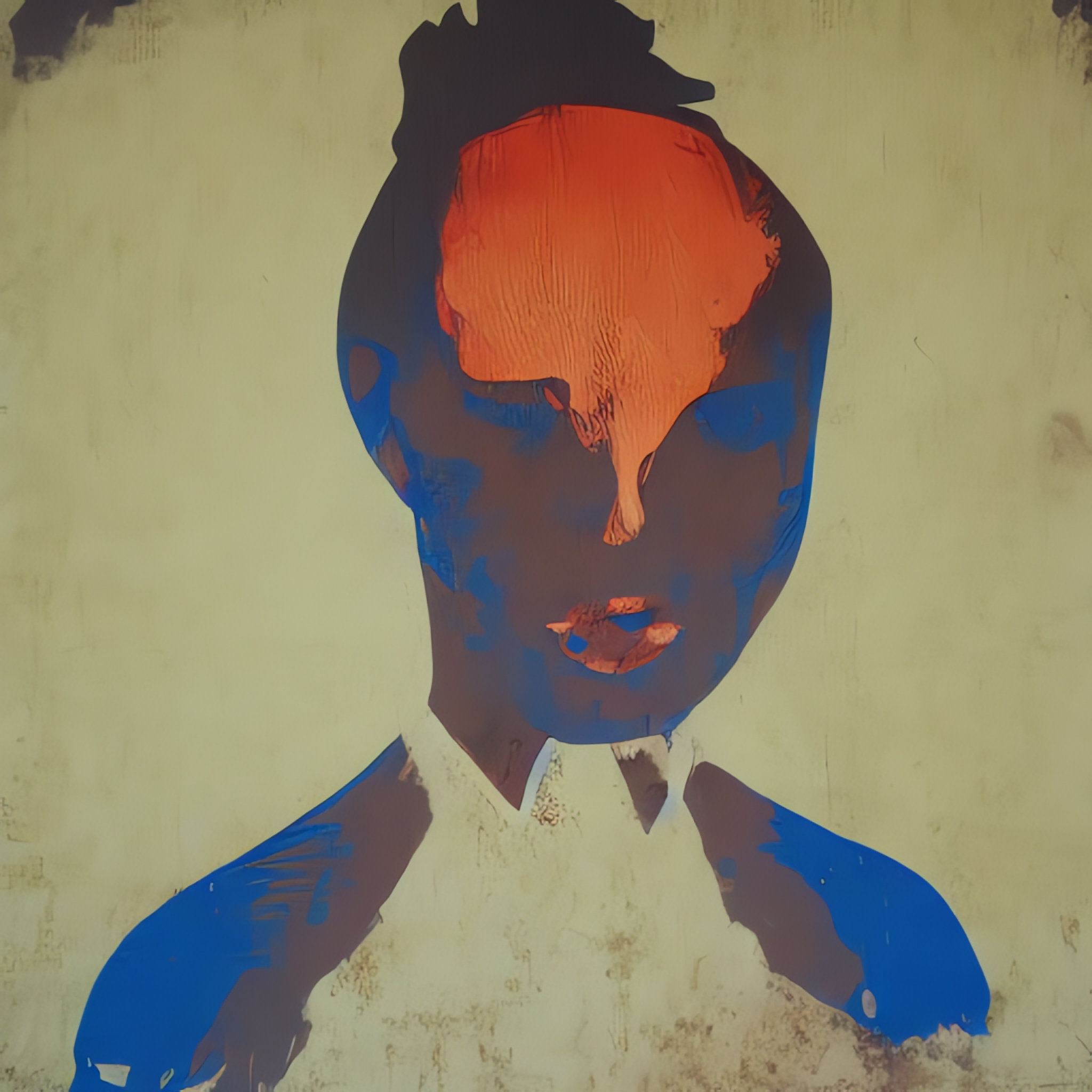
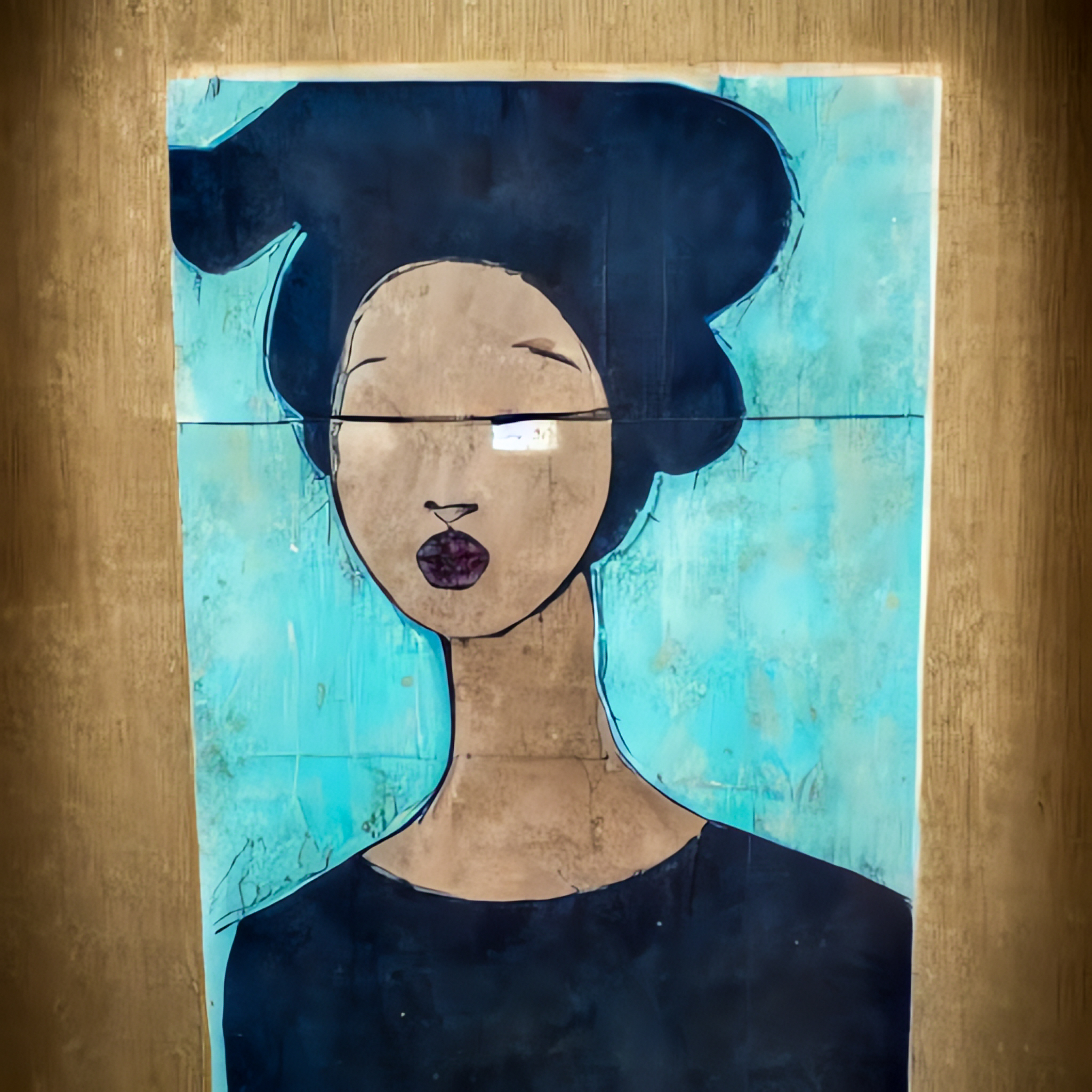
Silhouette – Egyptian Style
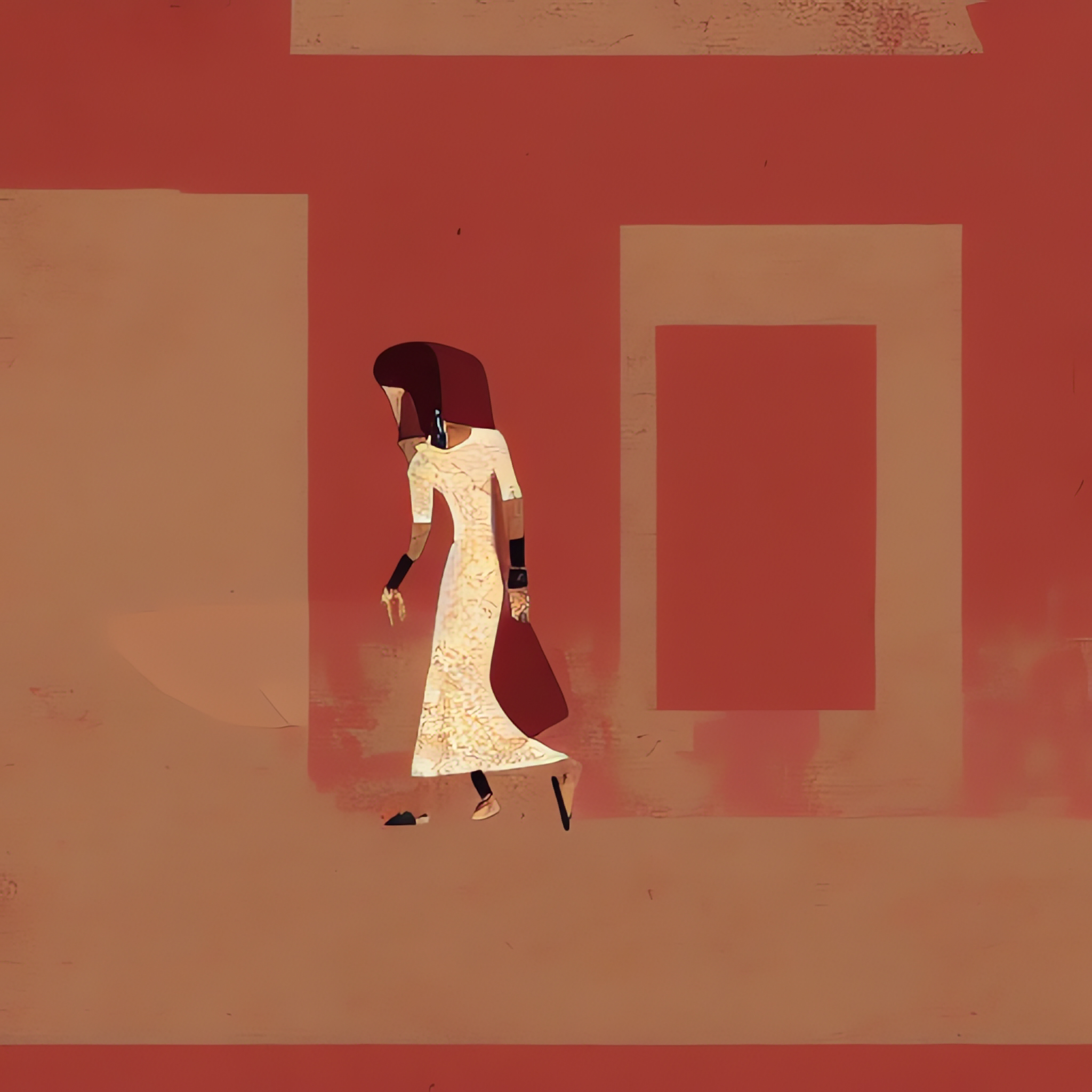
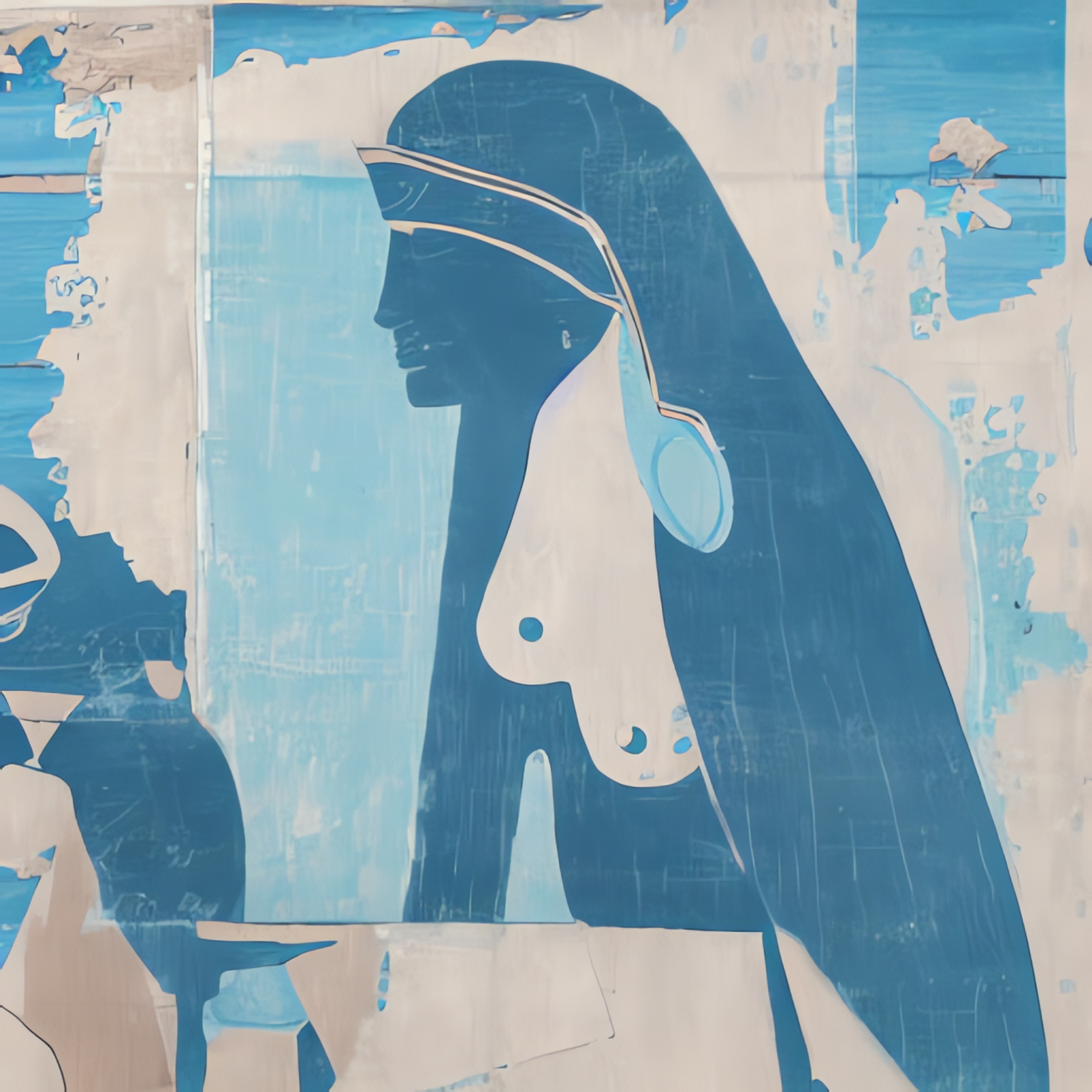
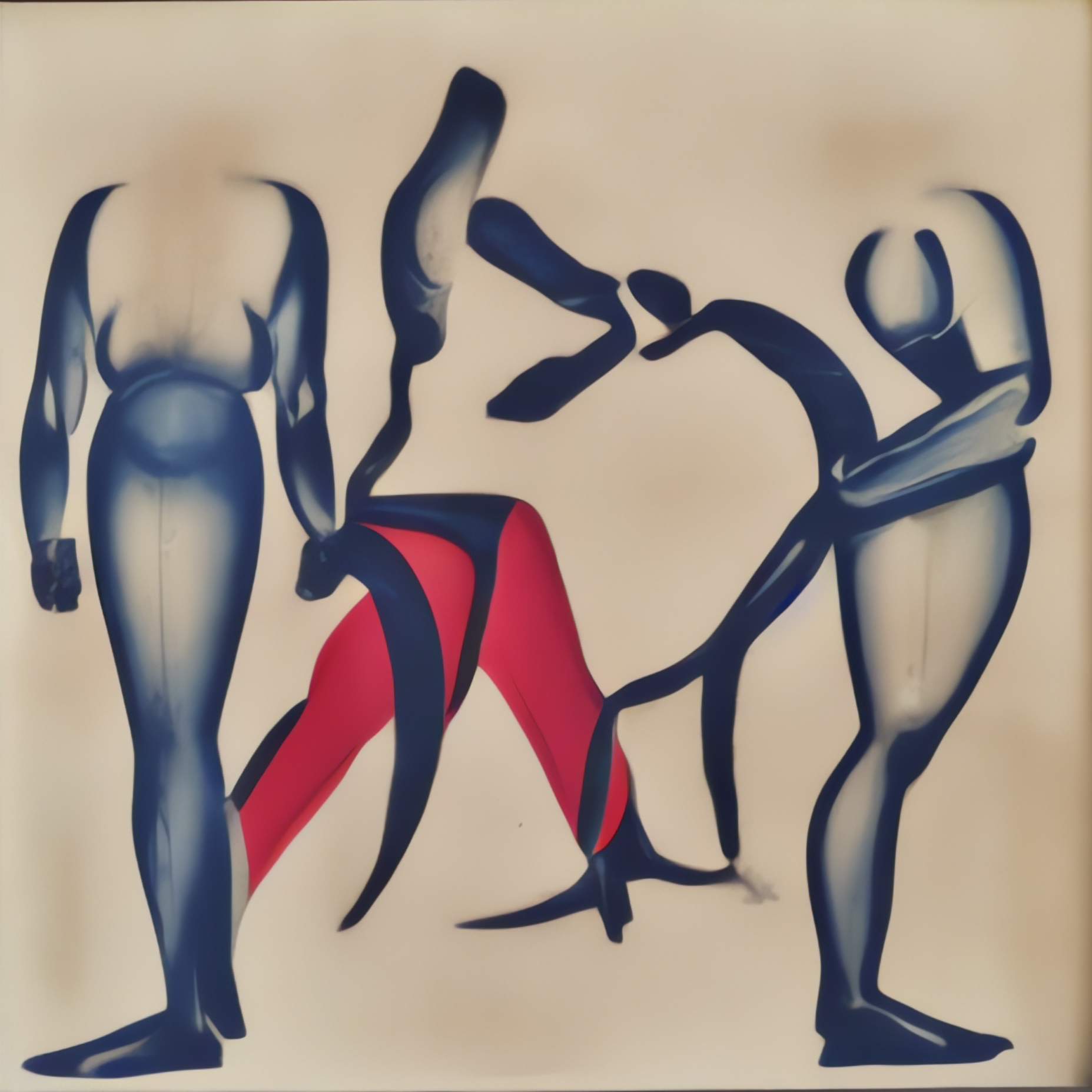
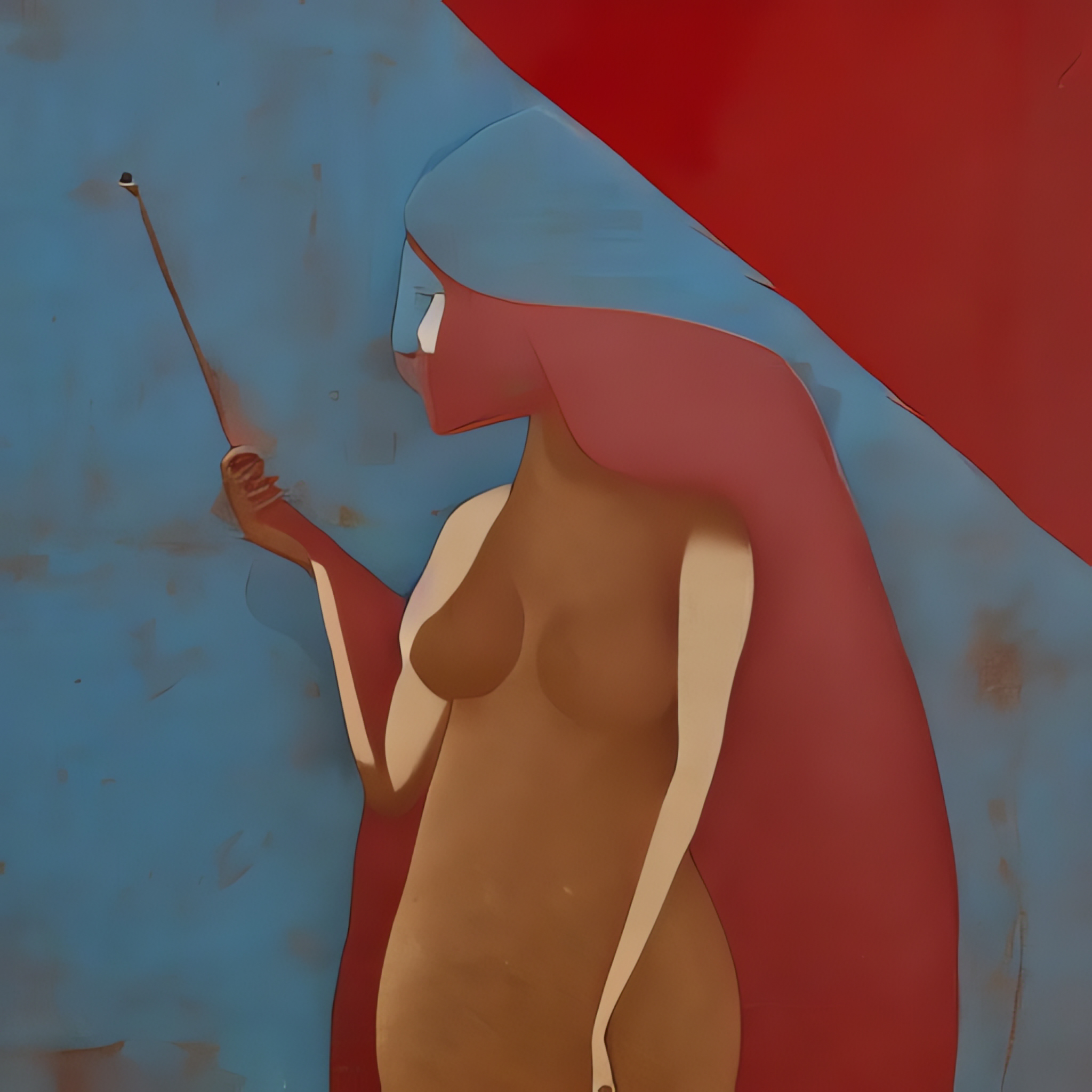
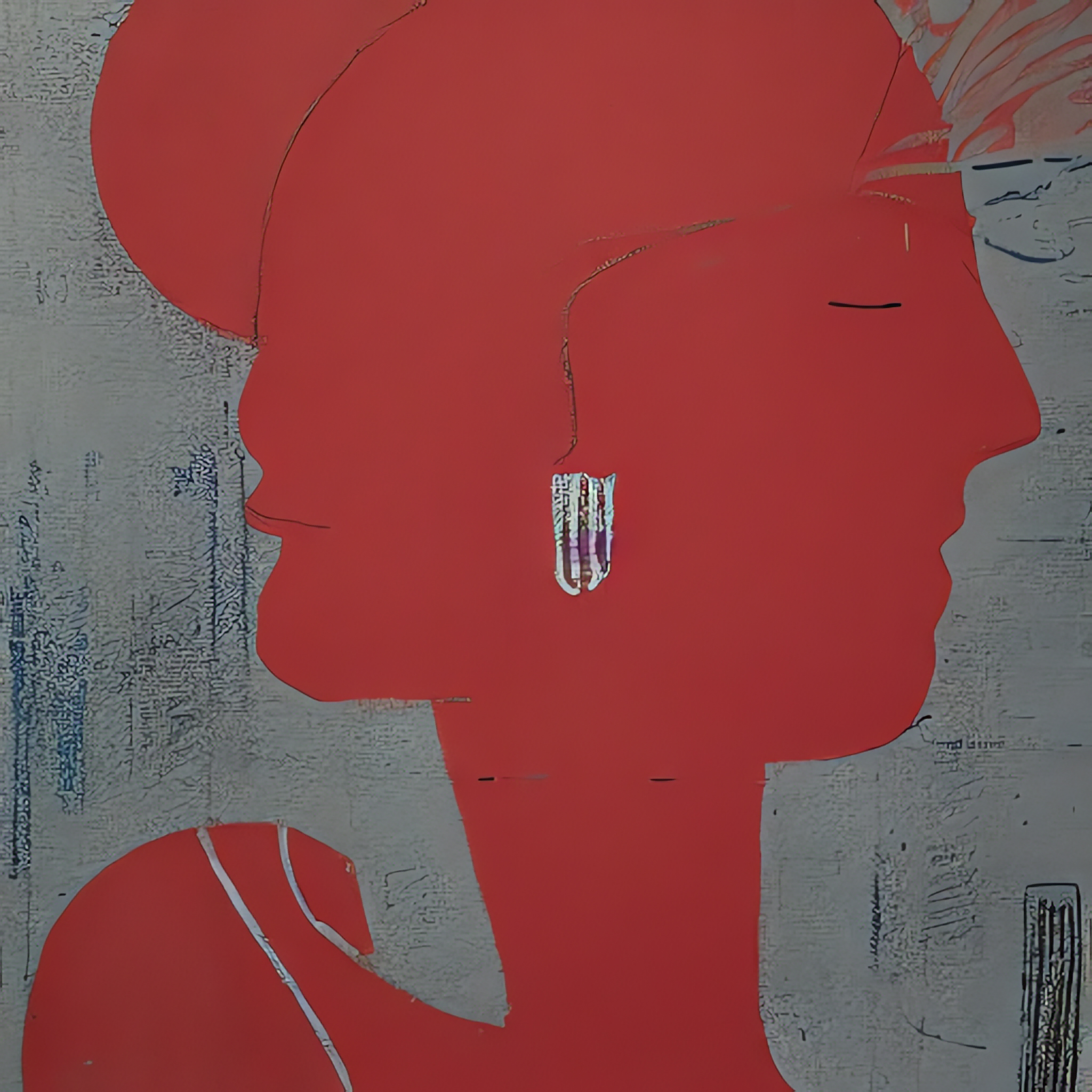
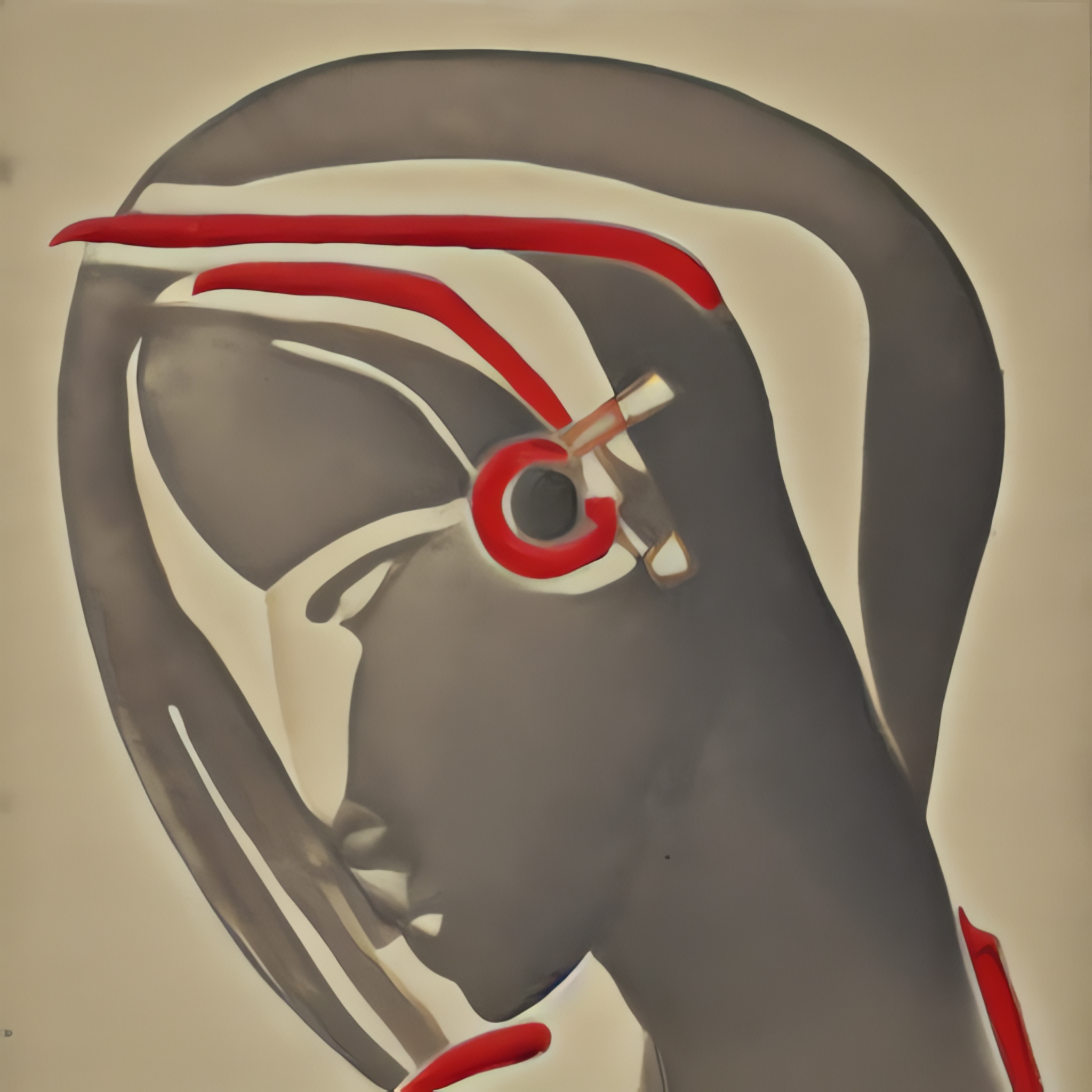
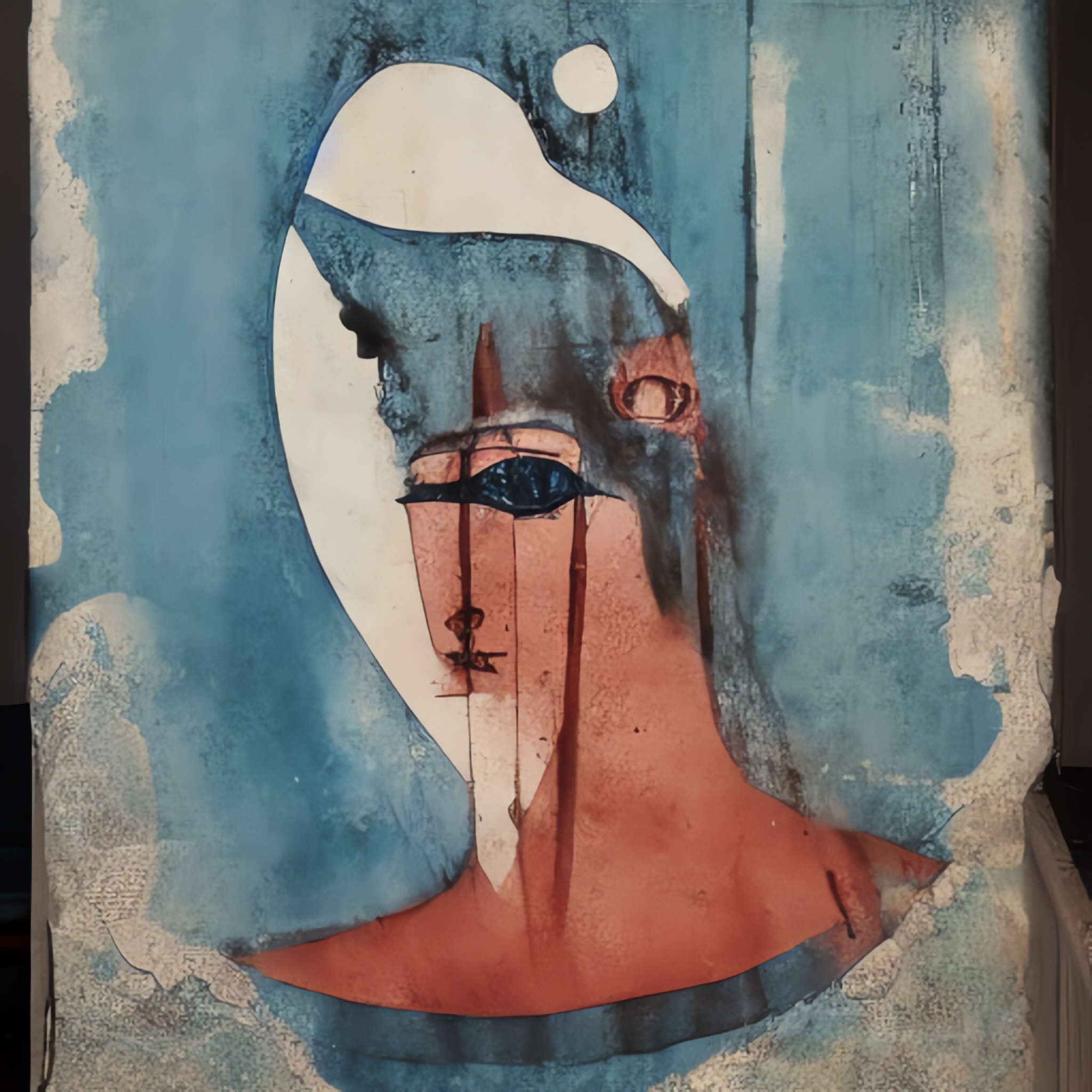
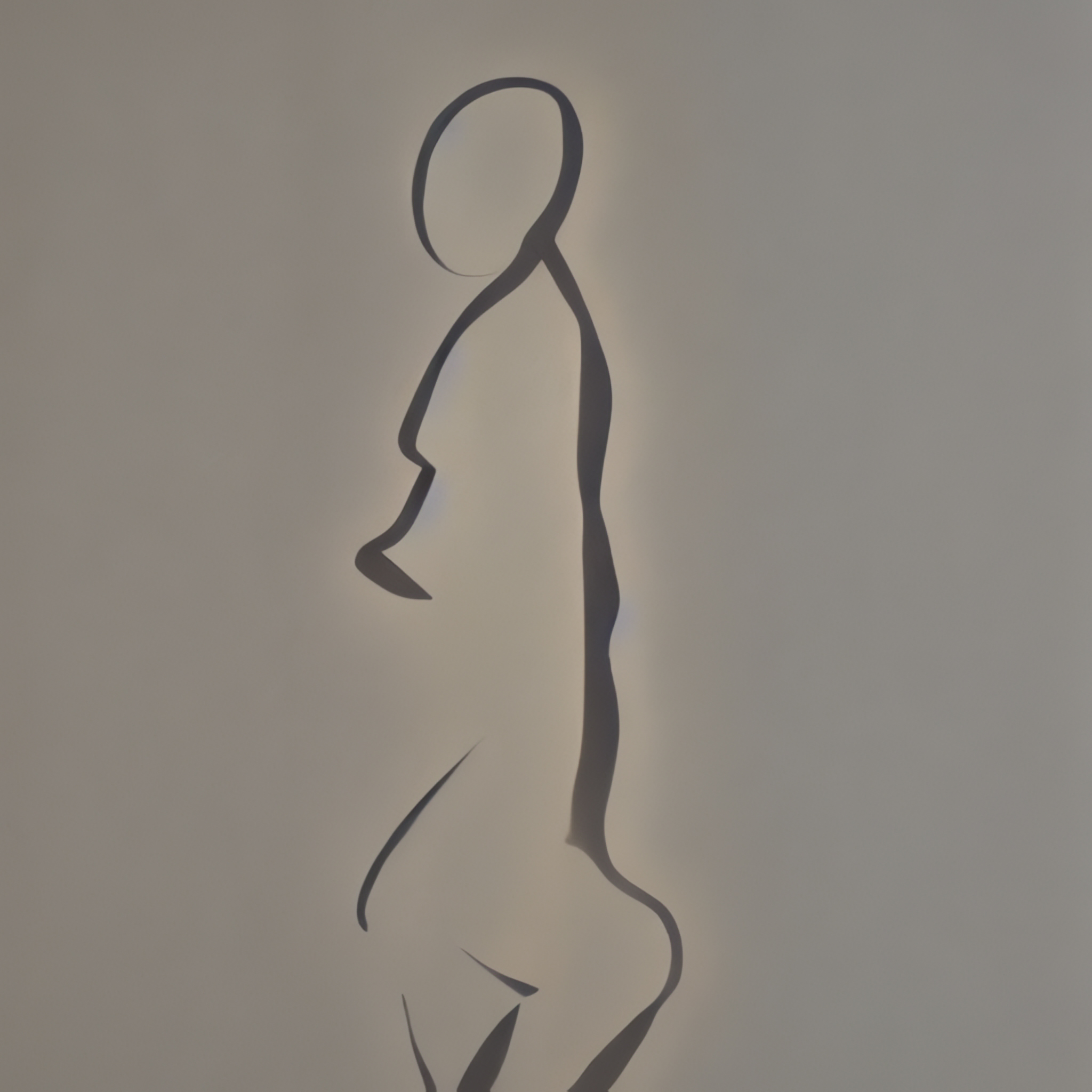
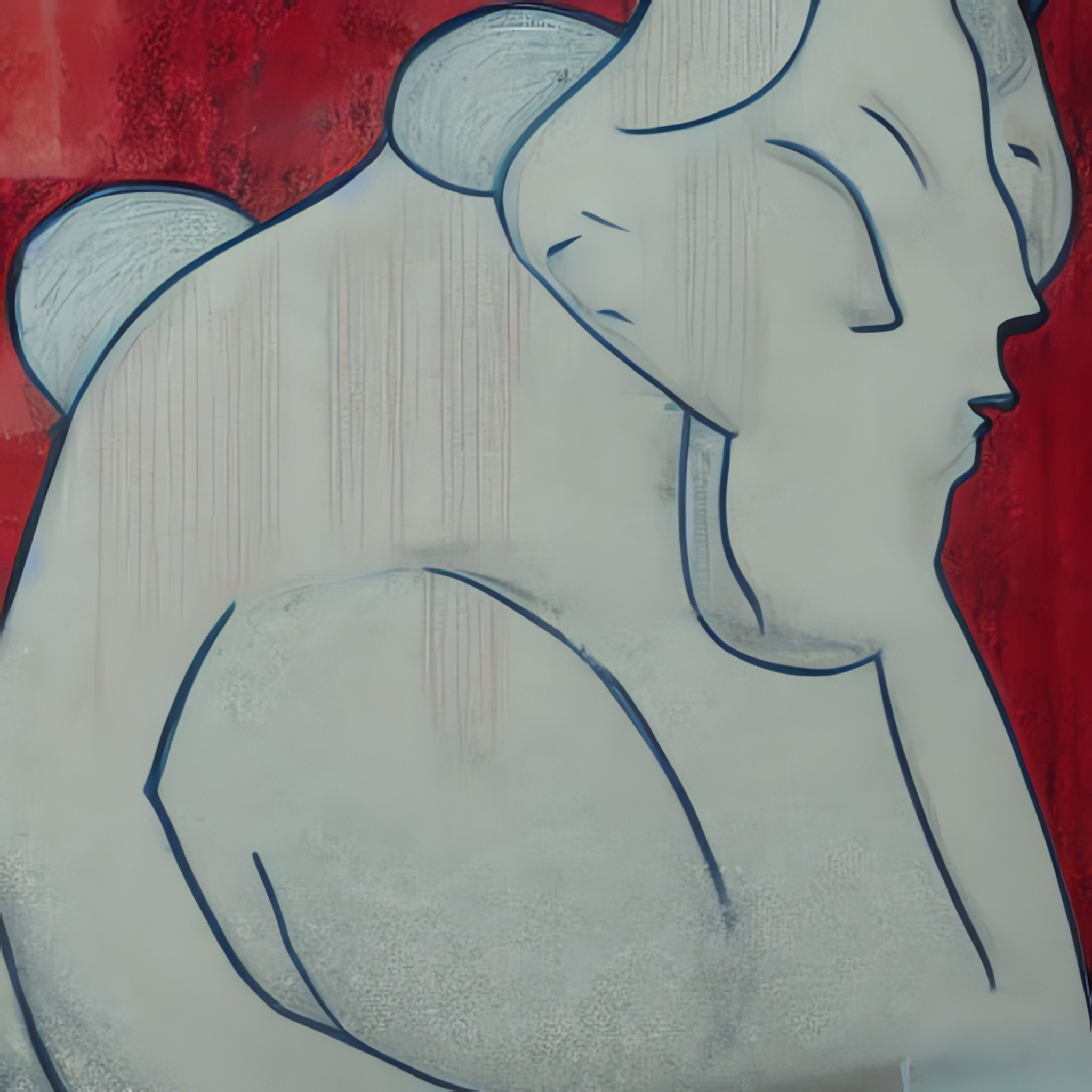
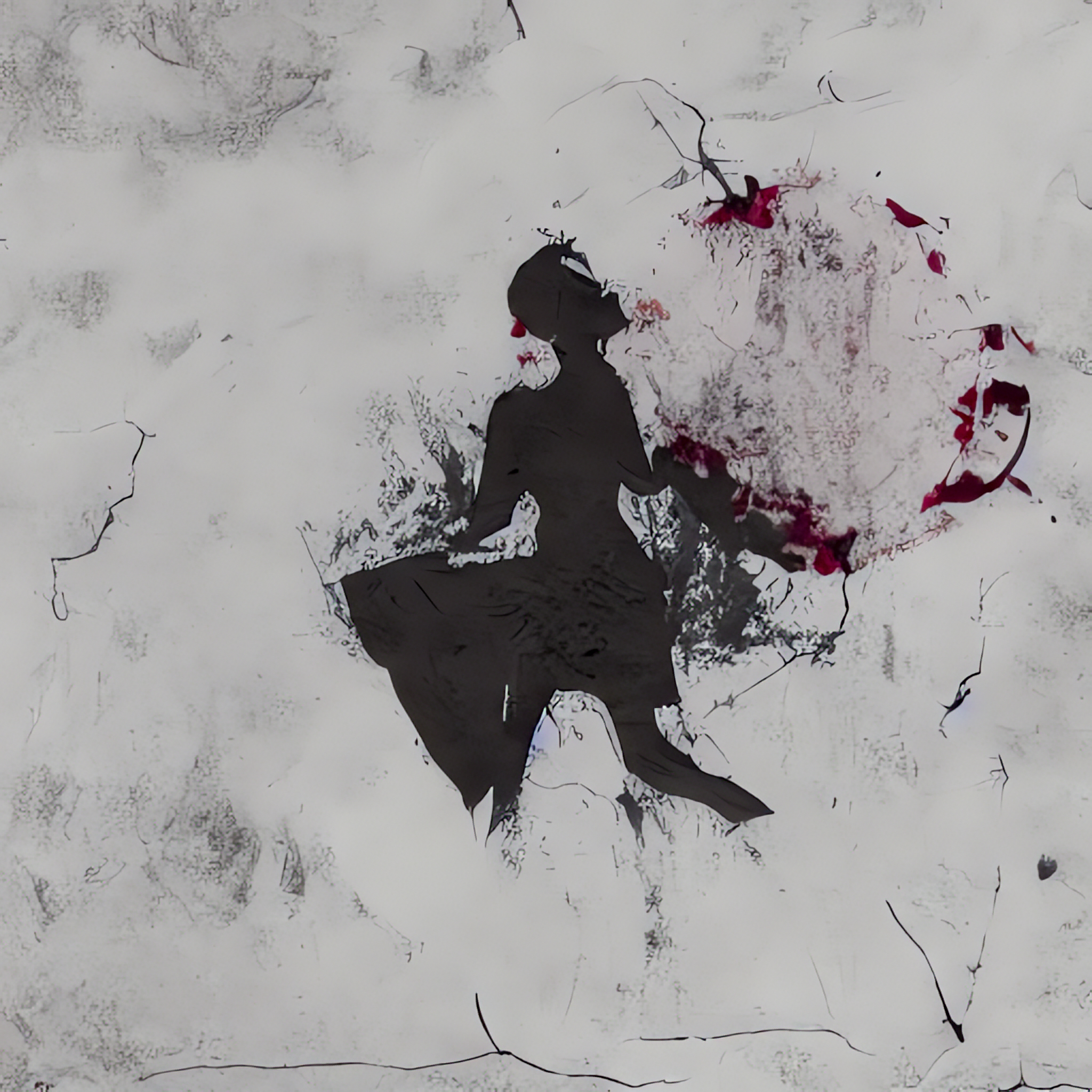
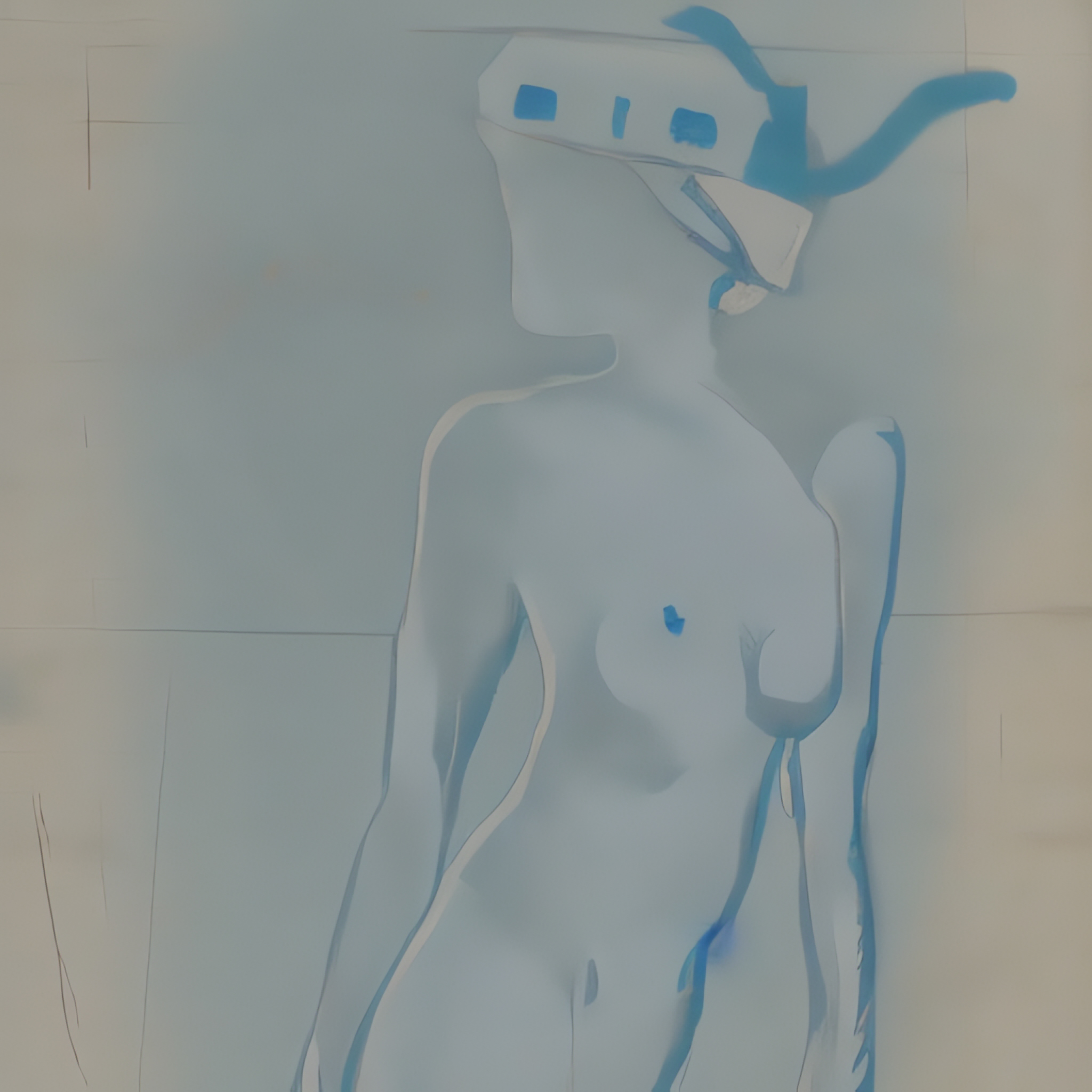
Silhouette German Style:
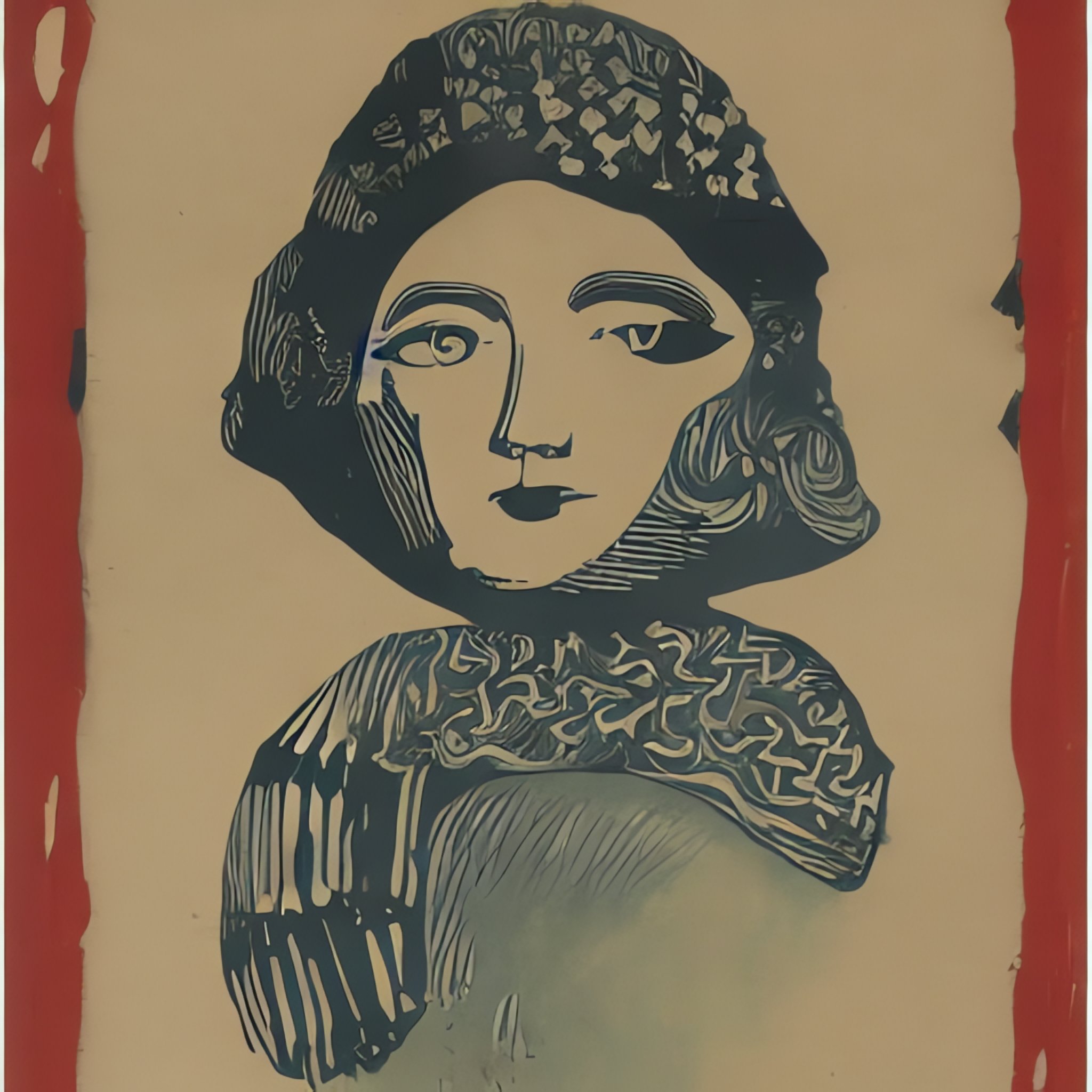
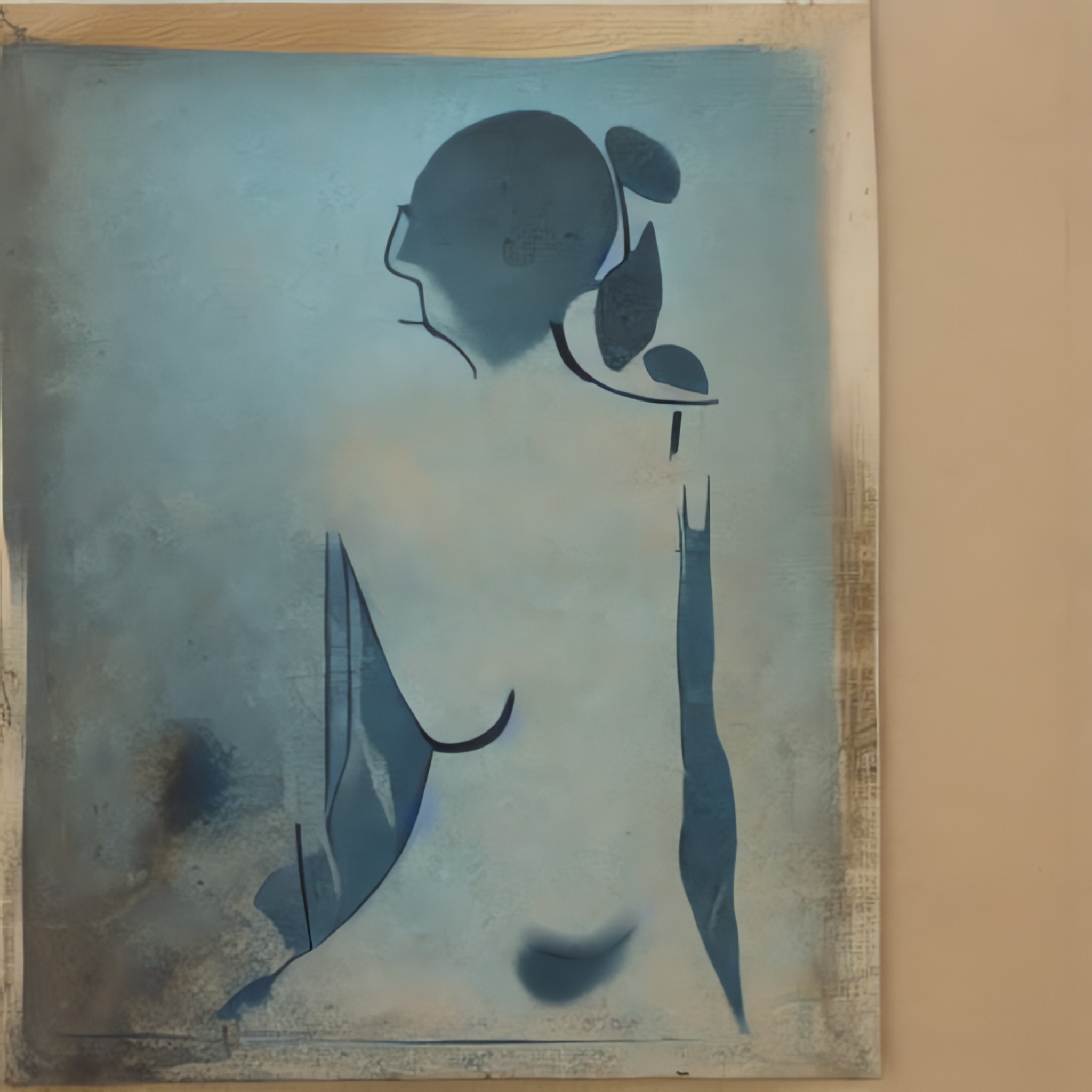
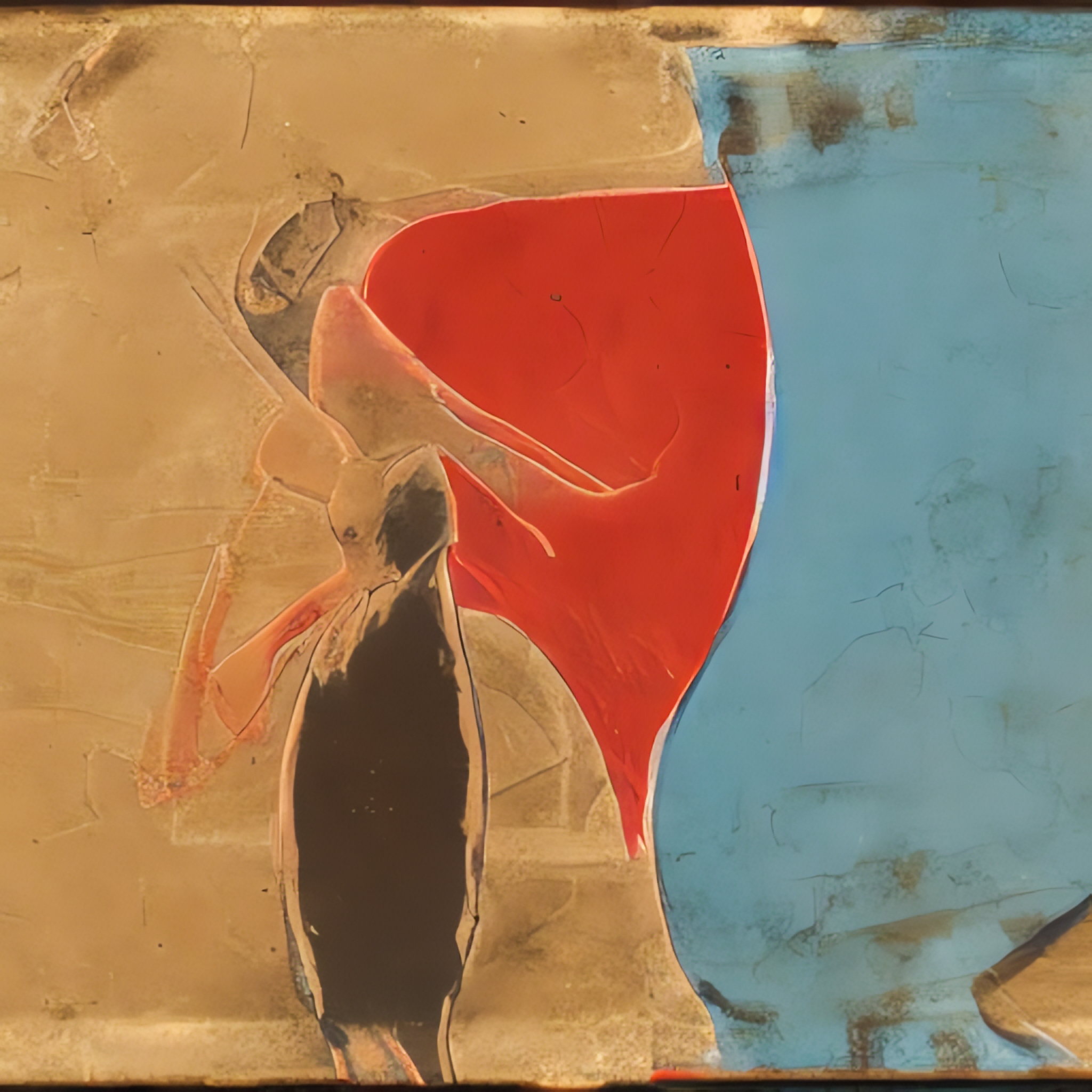
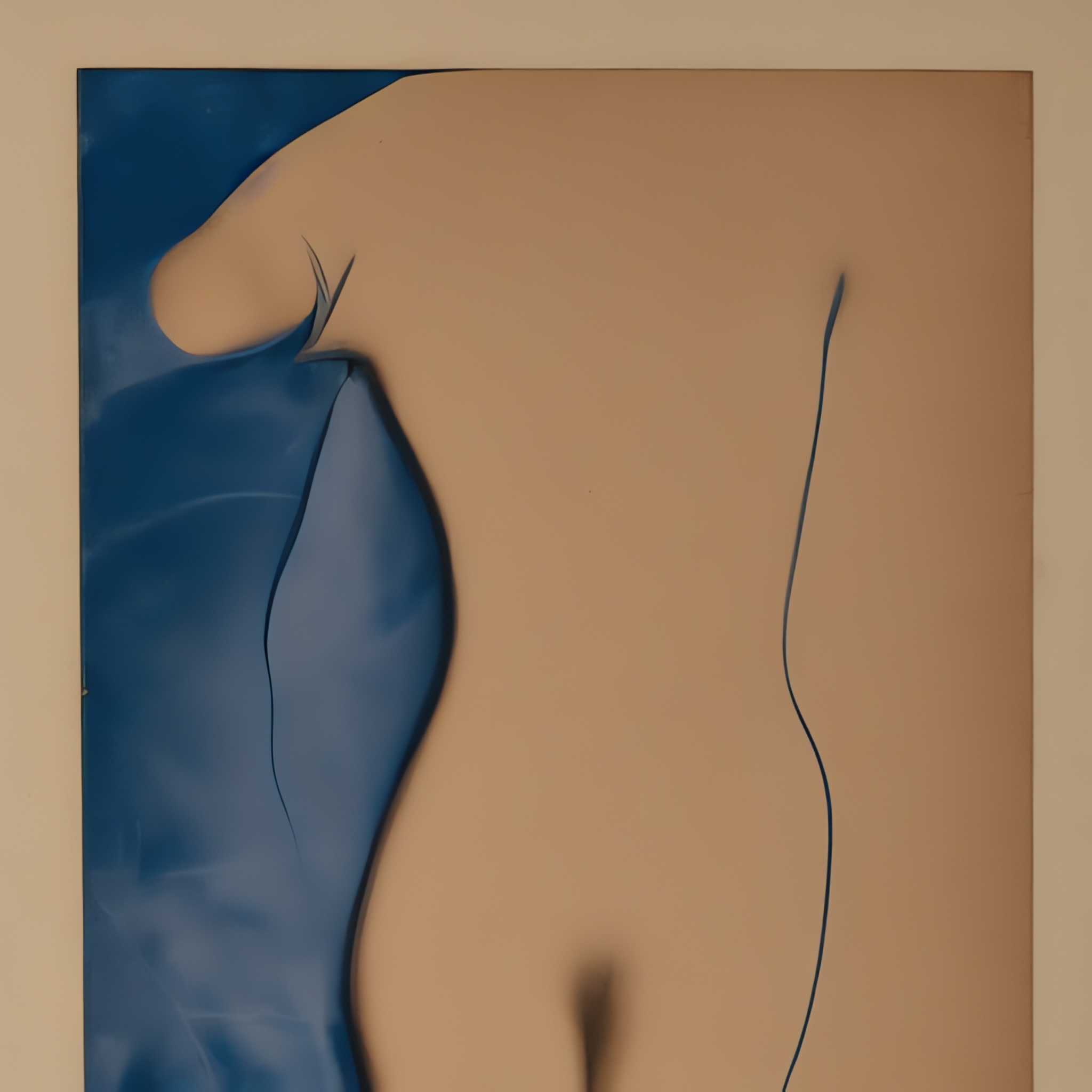
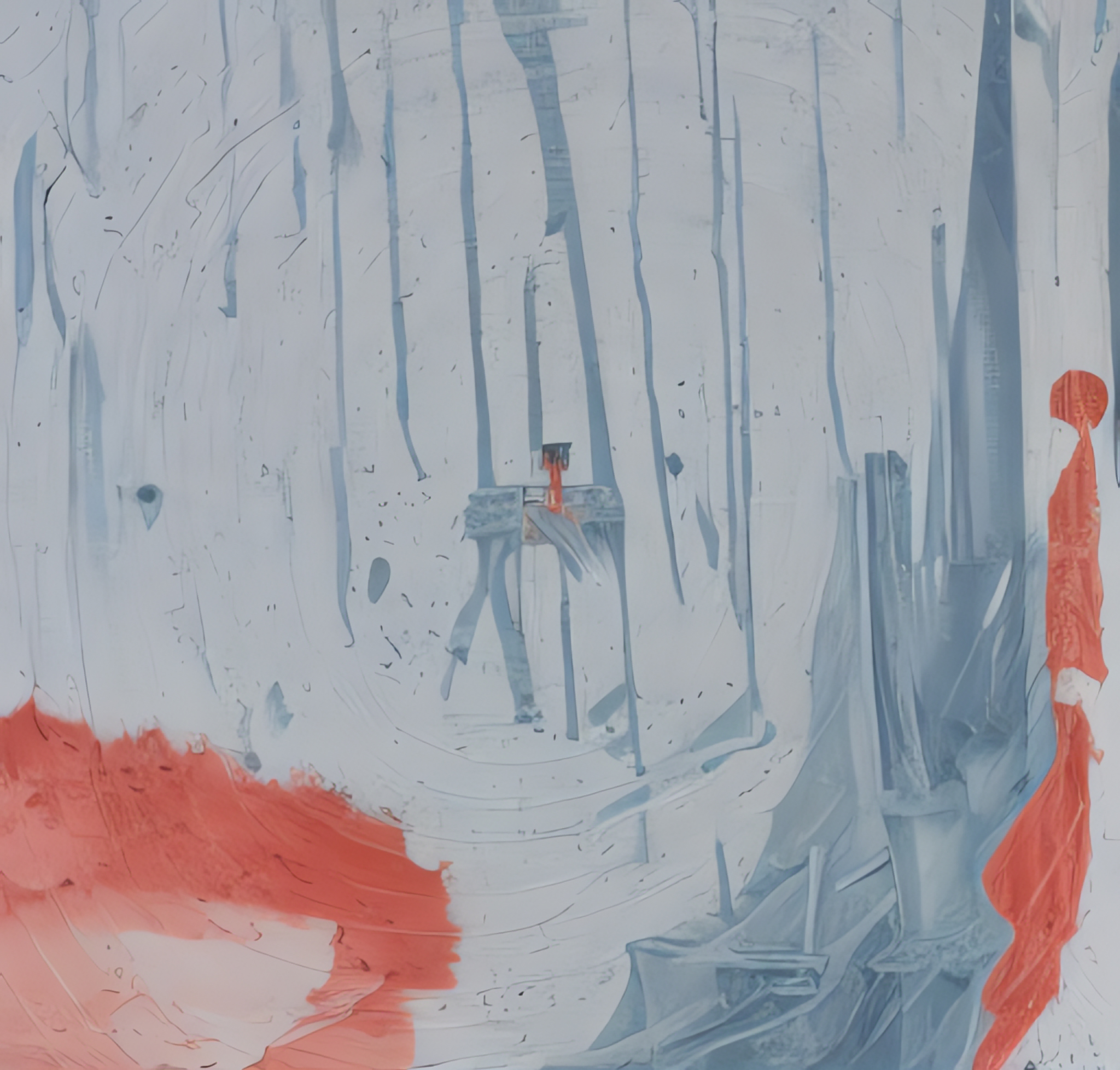
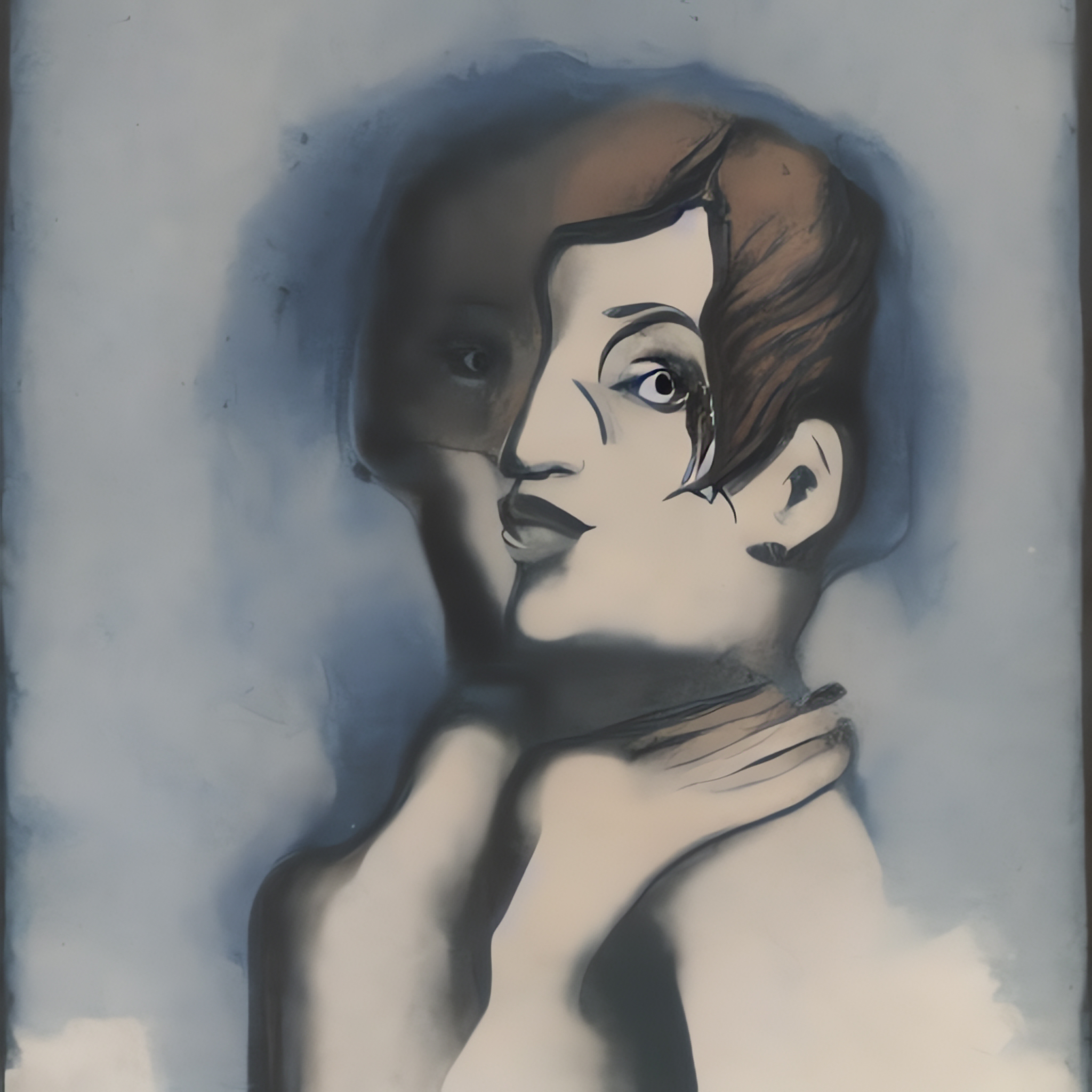
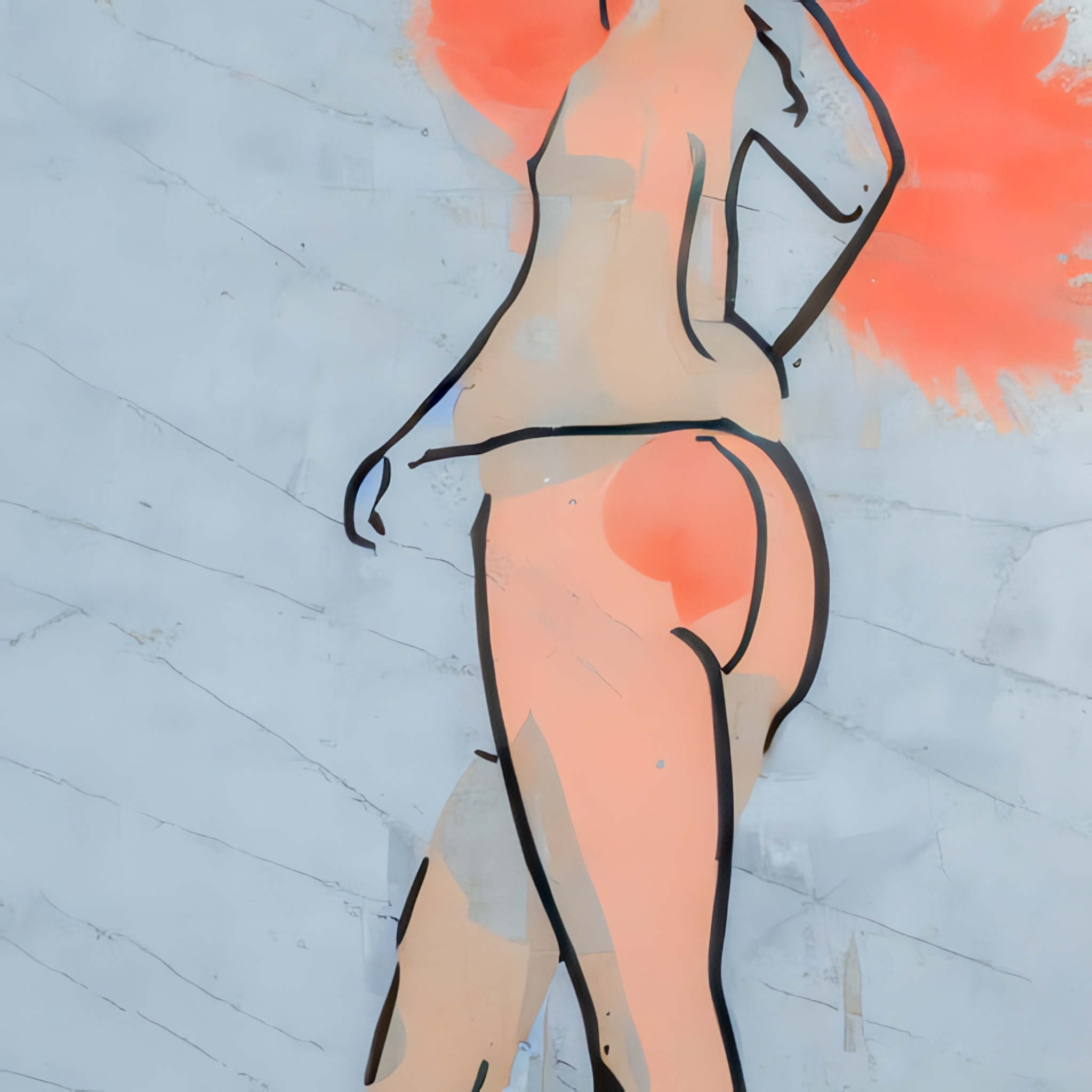
Silhouette – Hindu Style
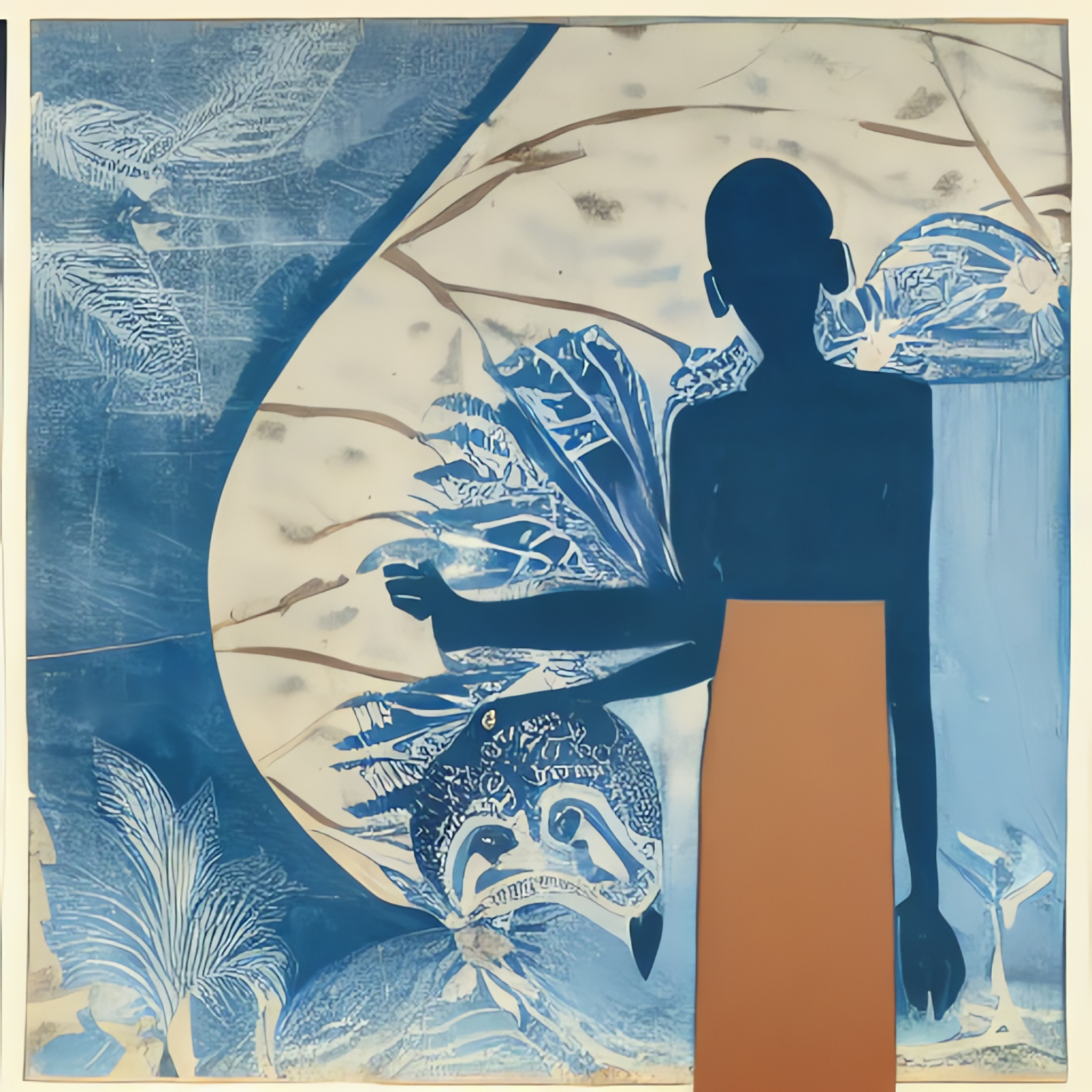
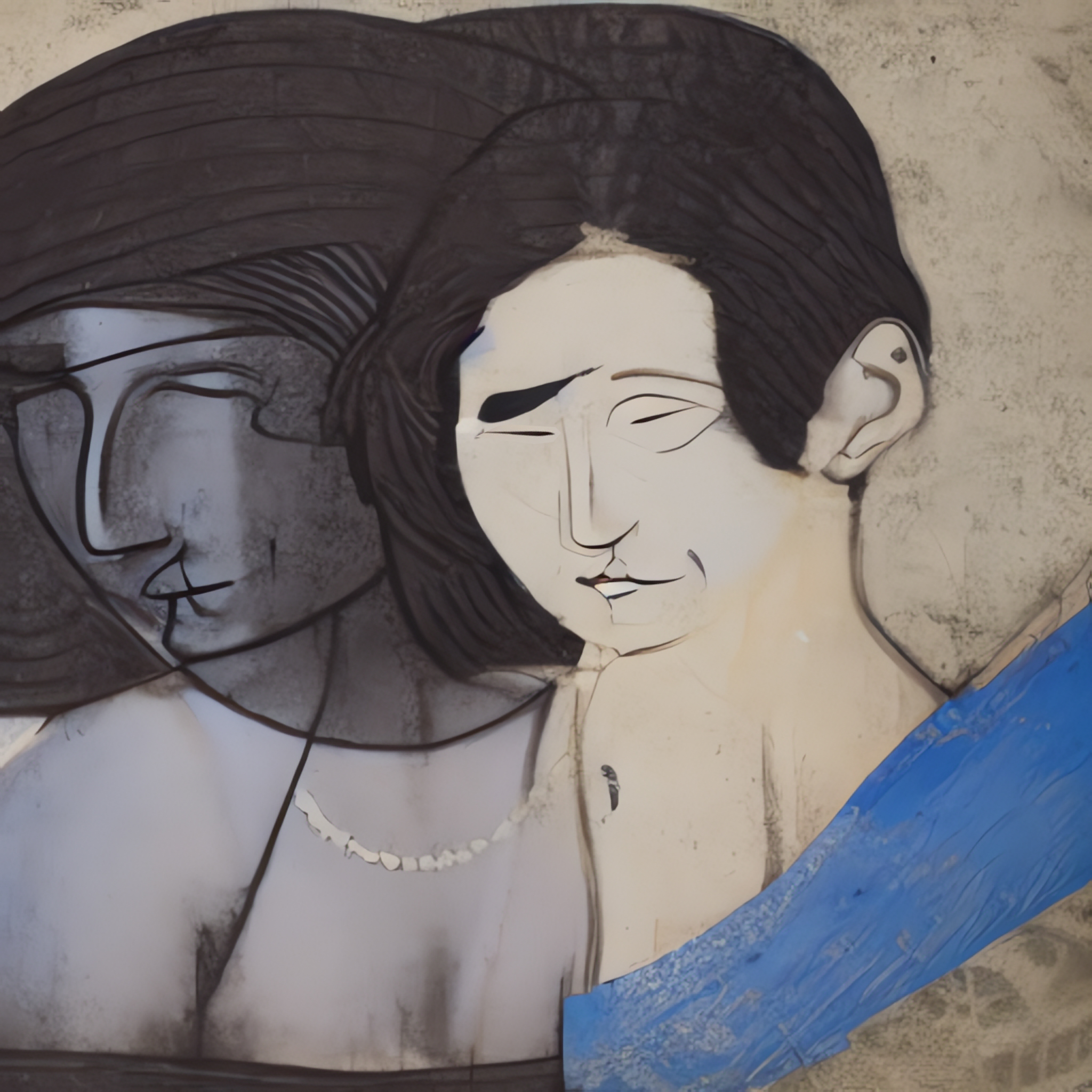
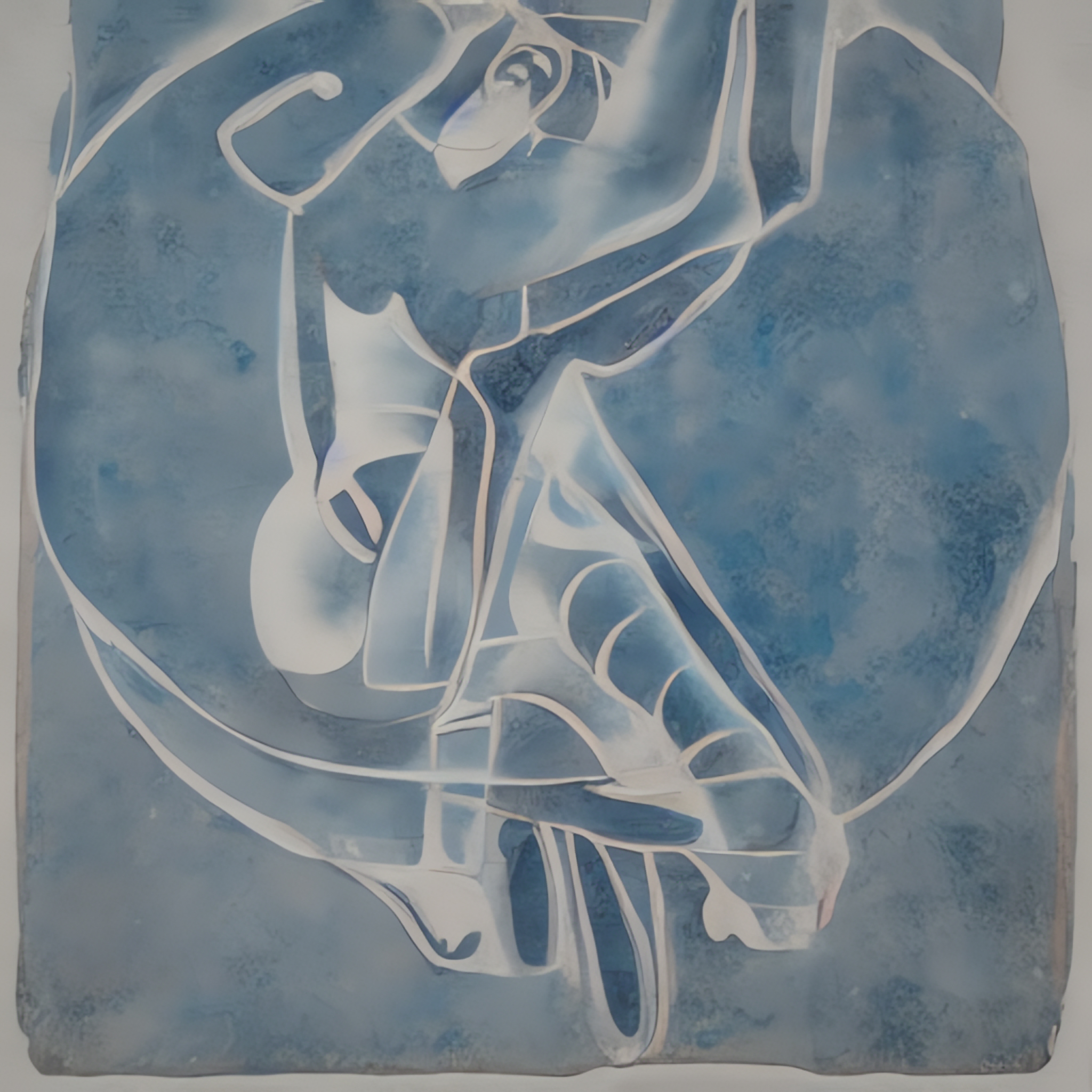
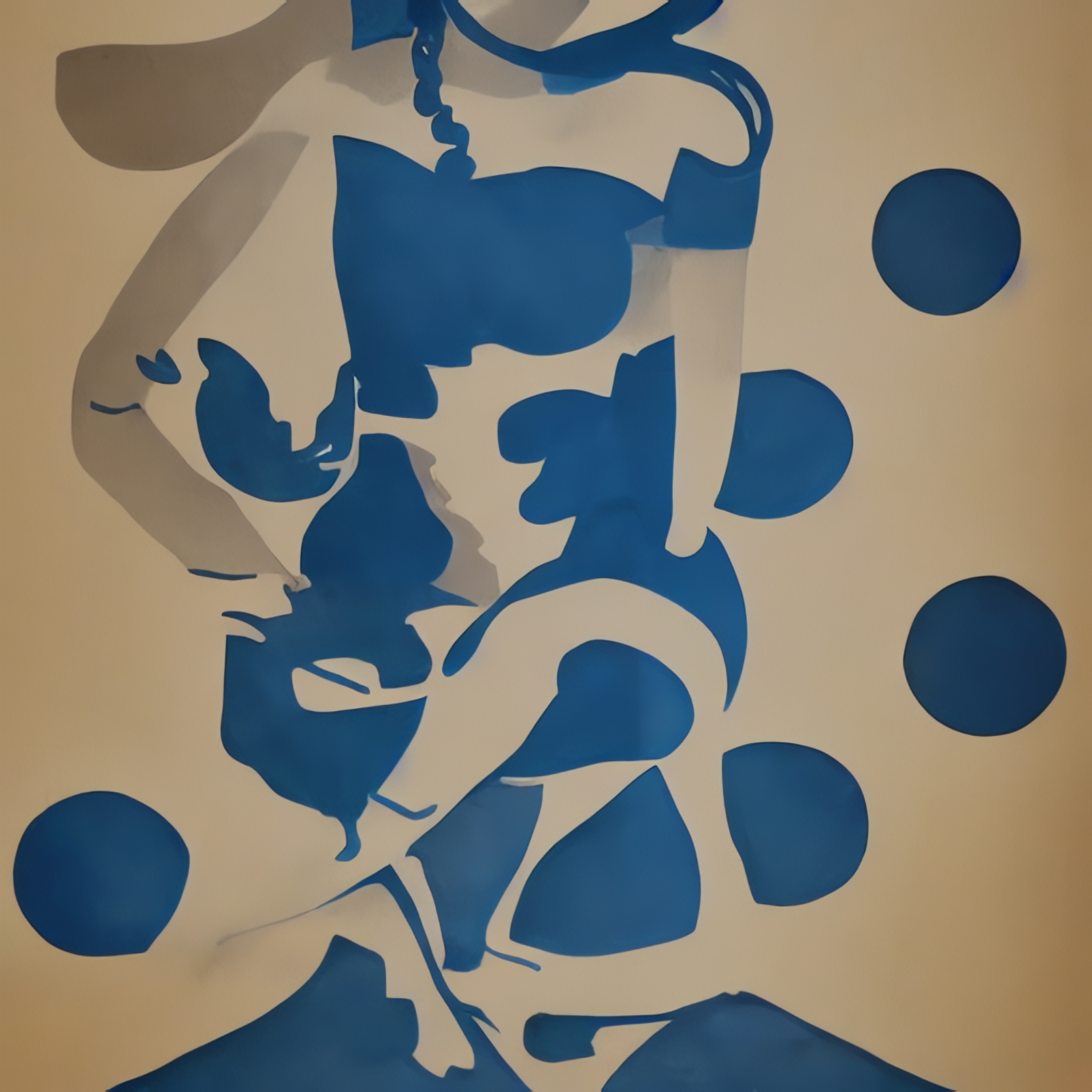
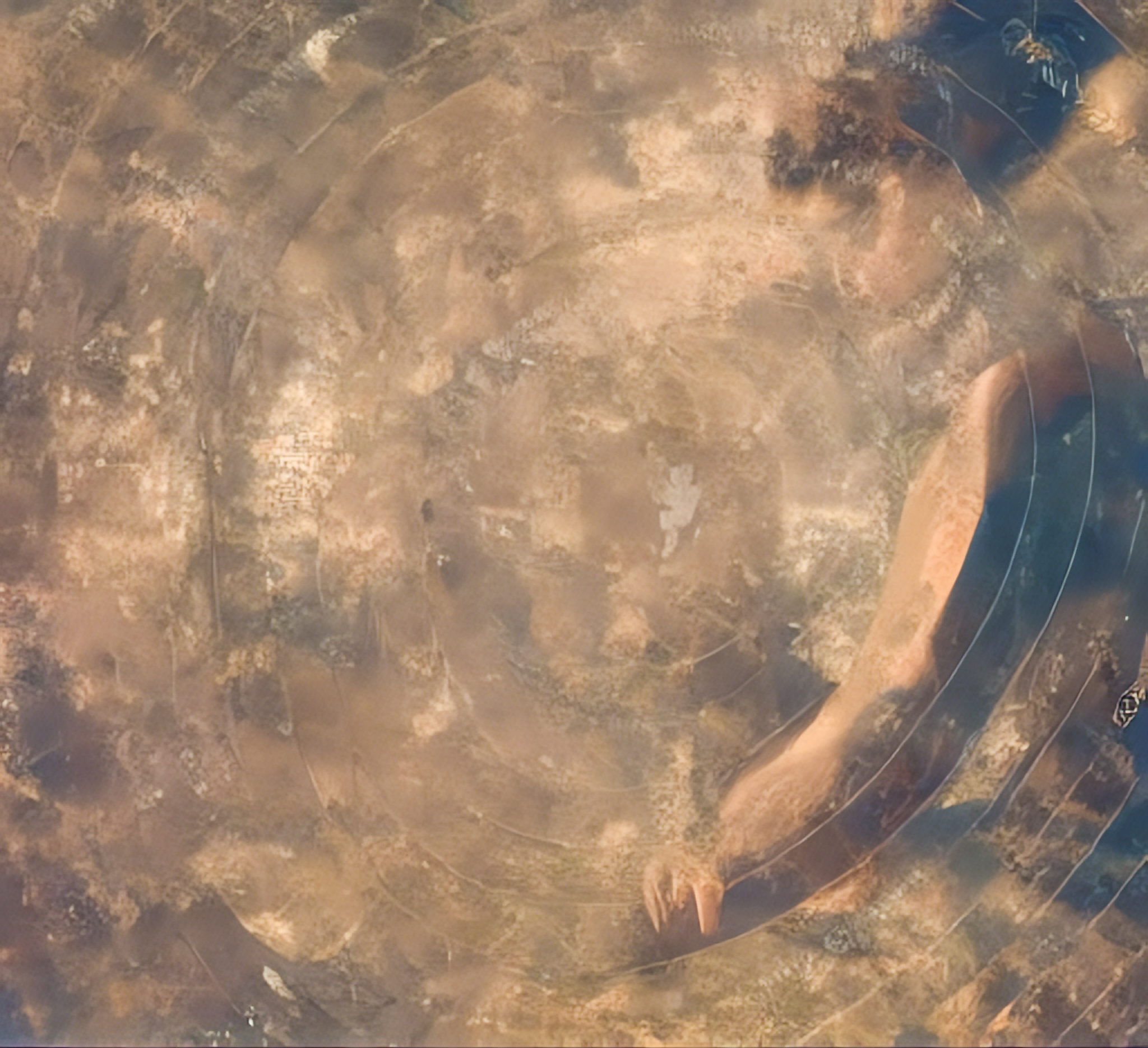
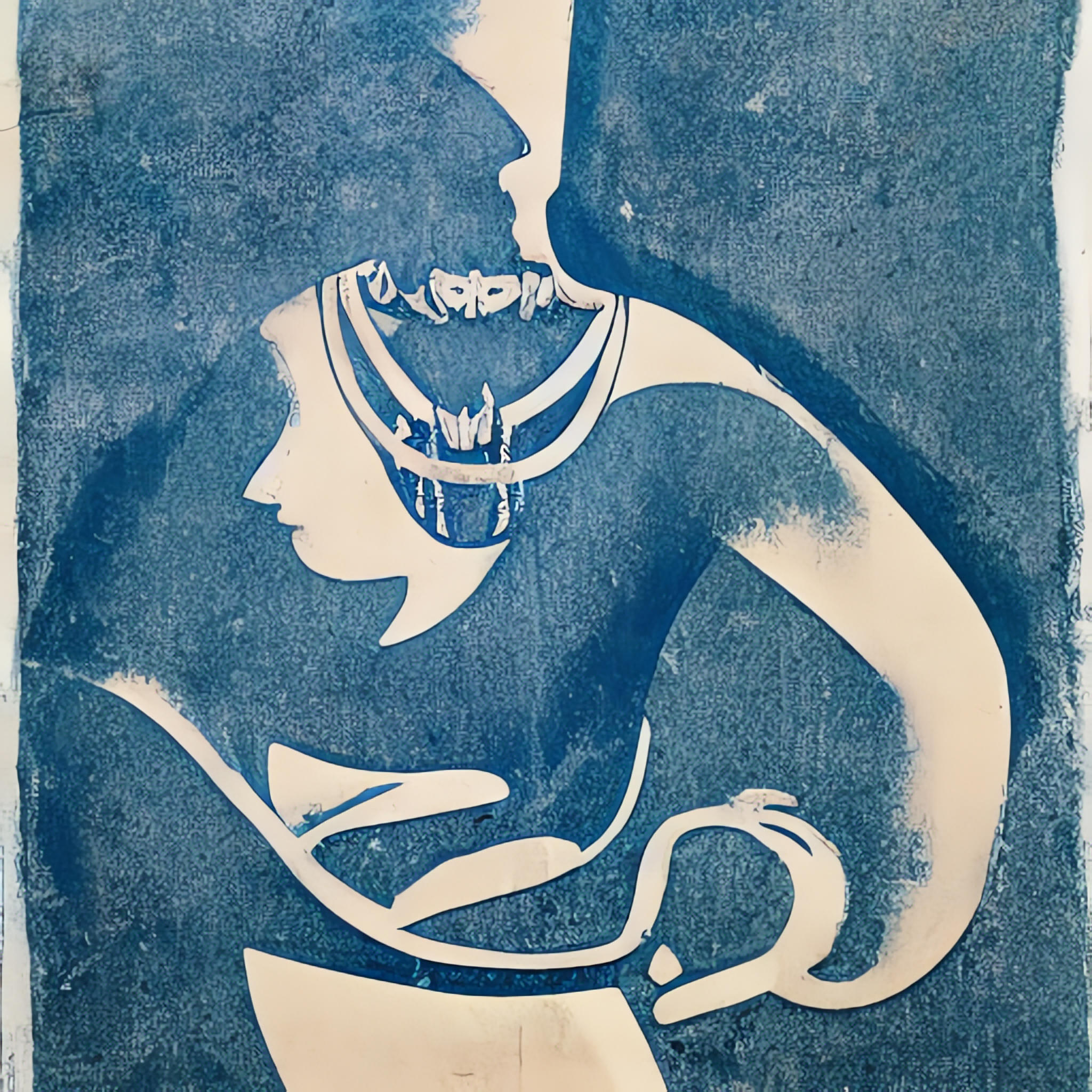
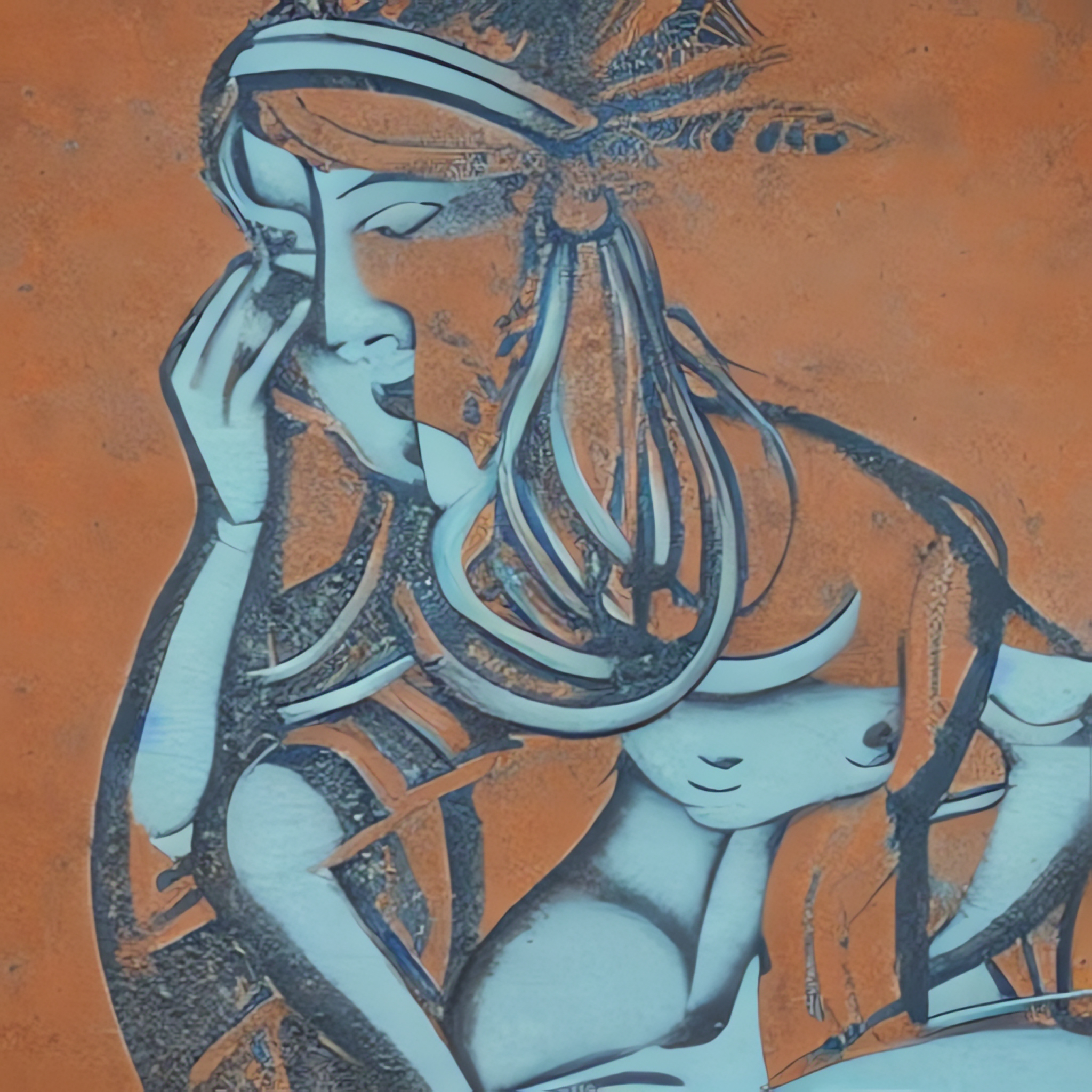
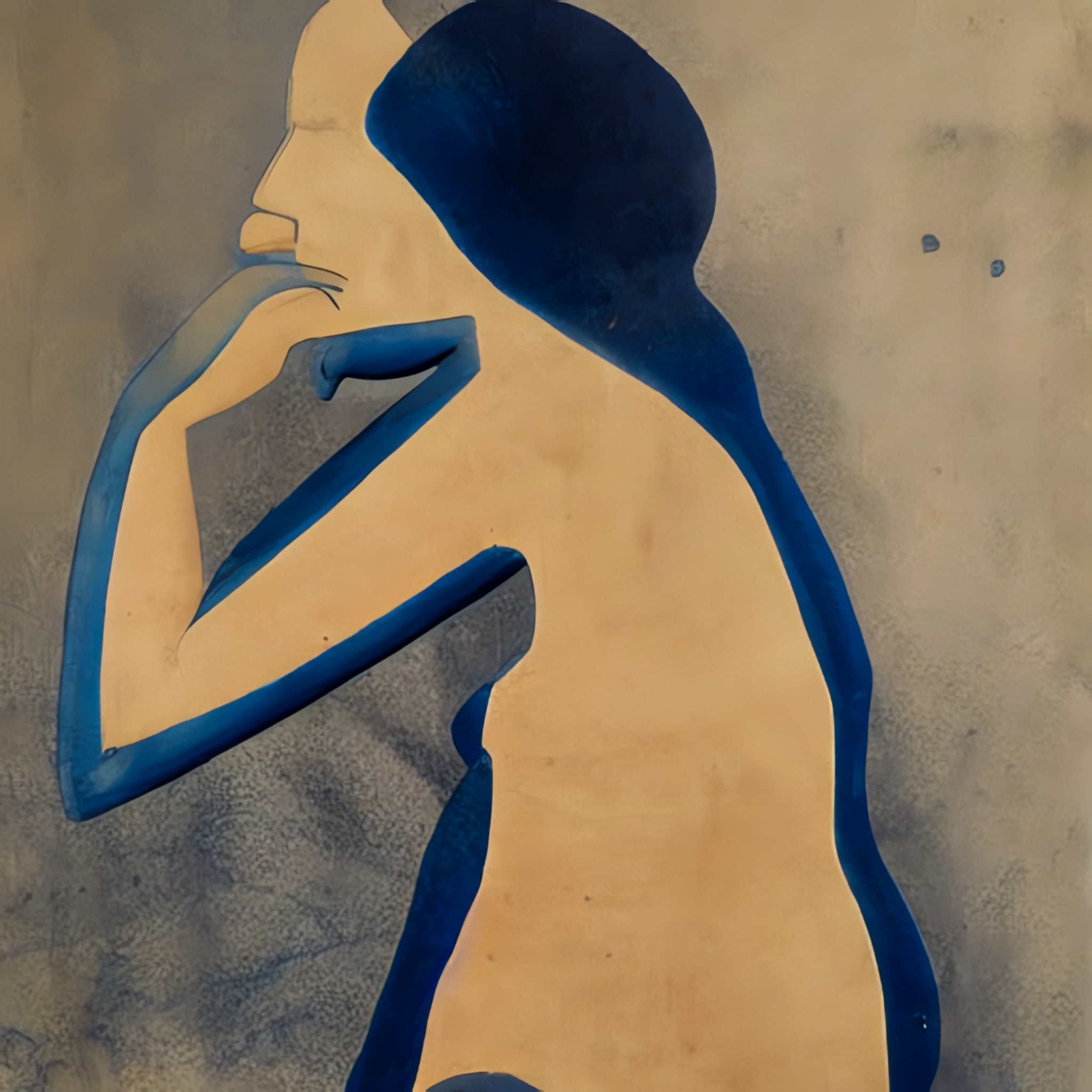
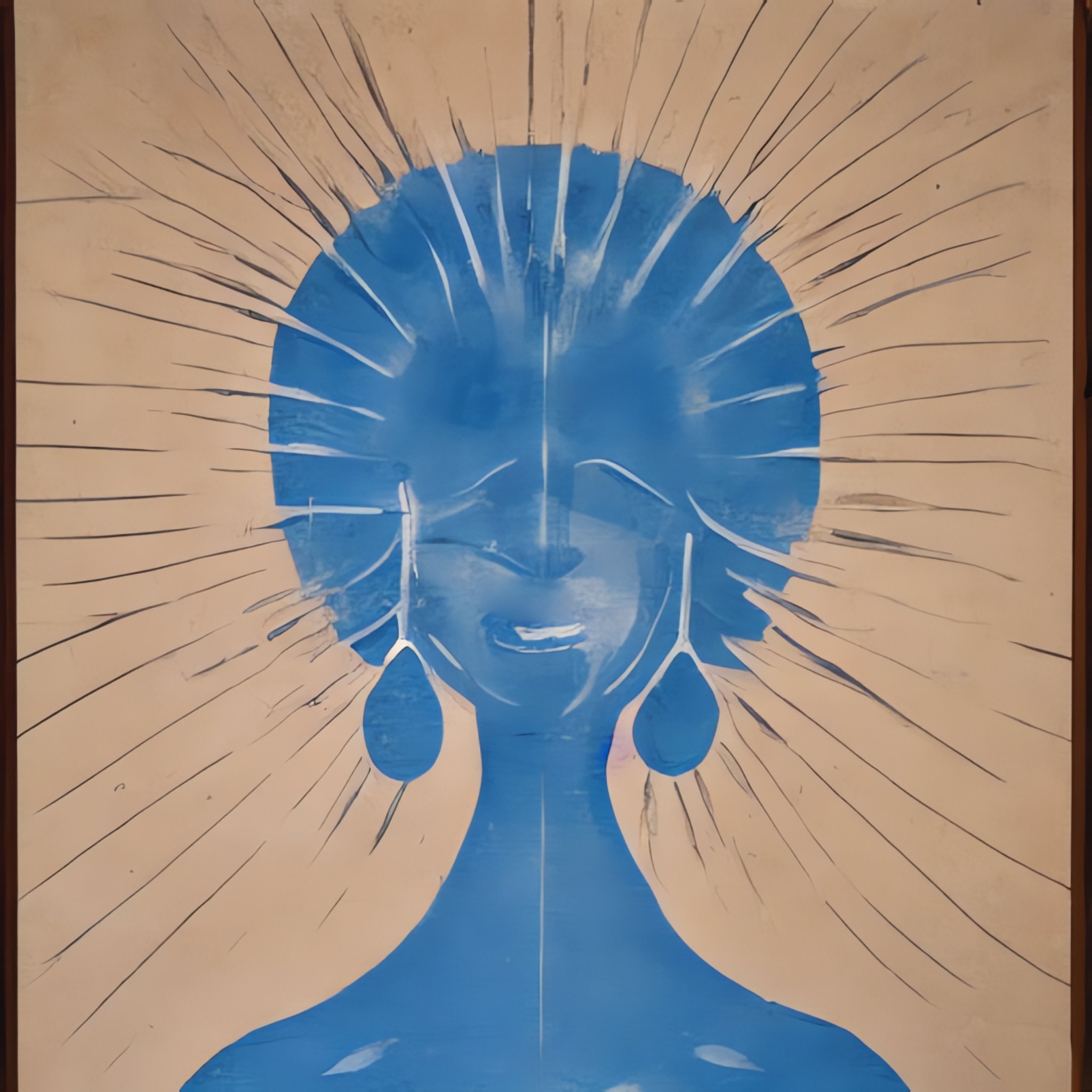
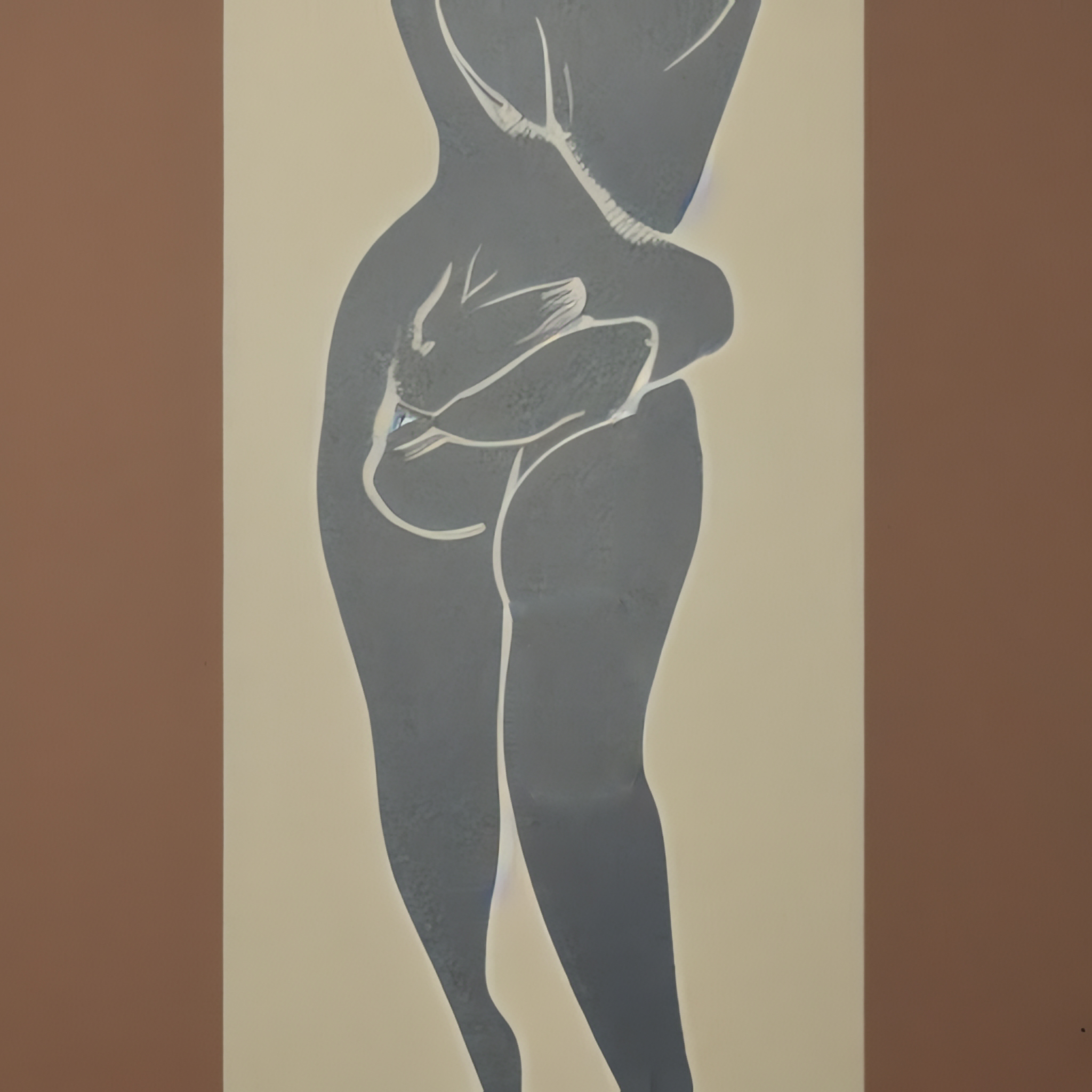
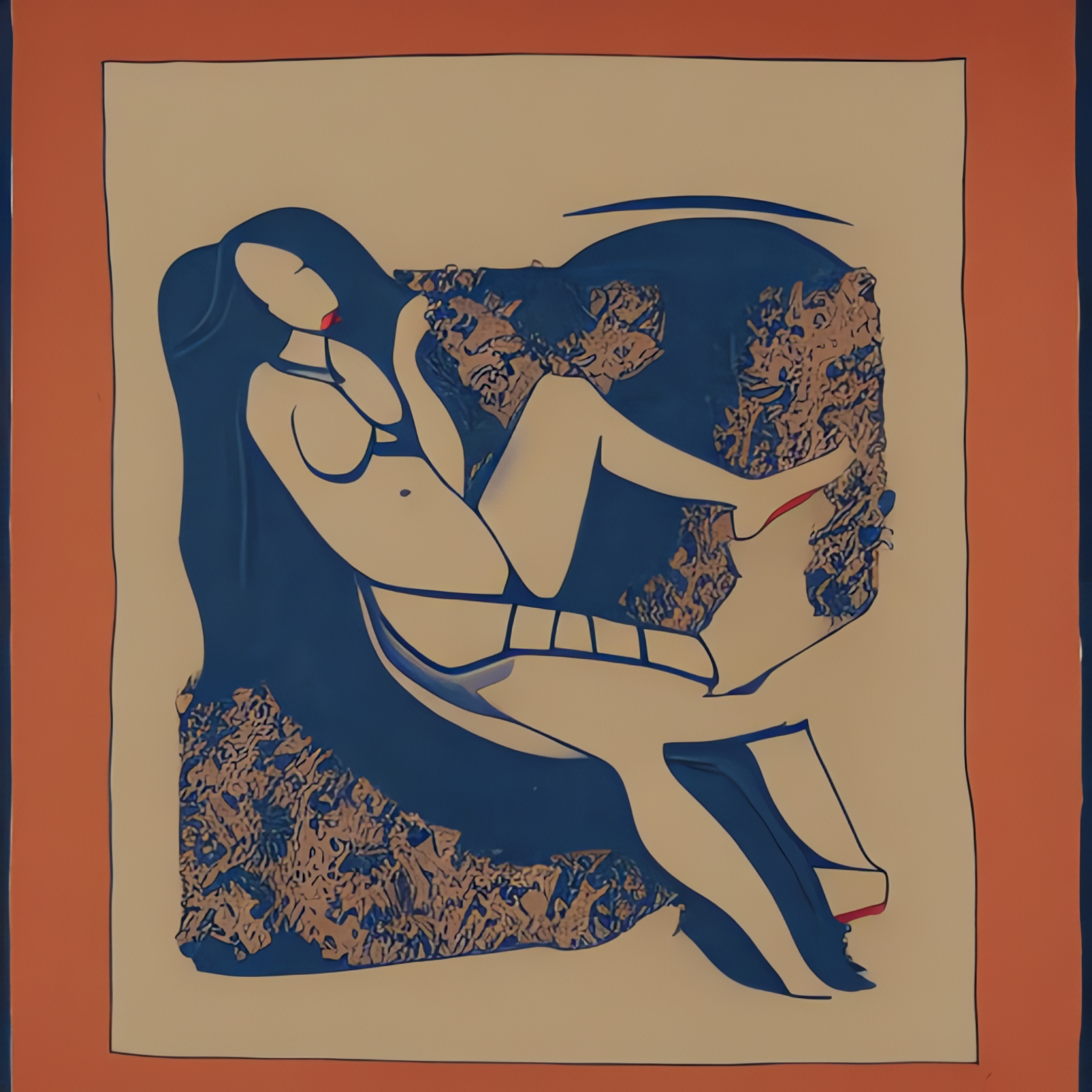
Silhouette – Japanese Style
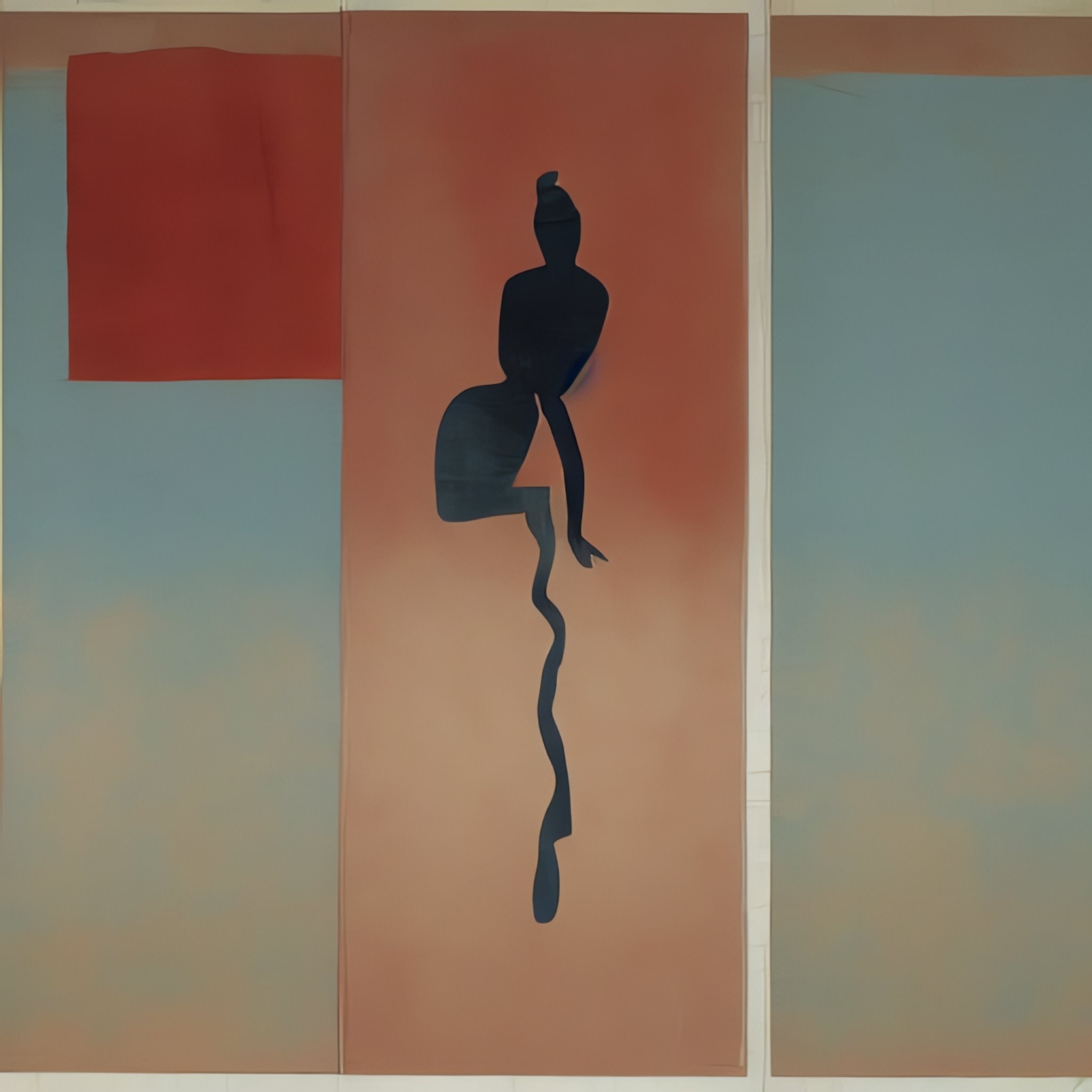
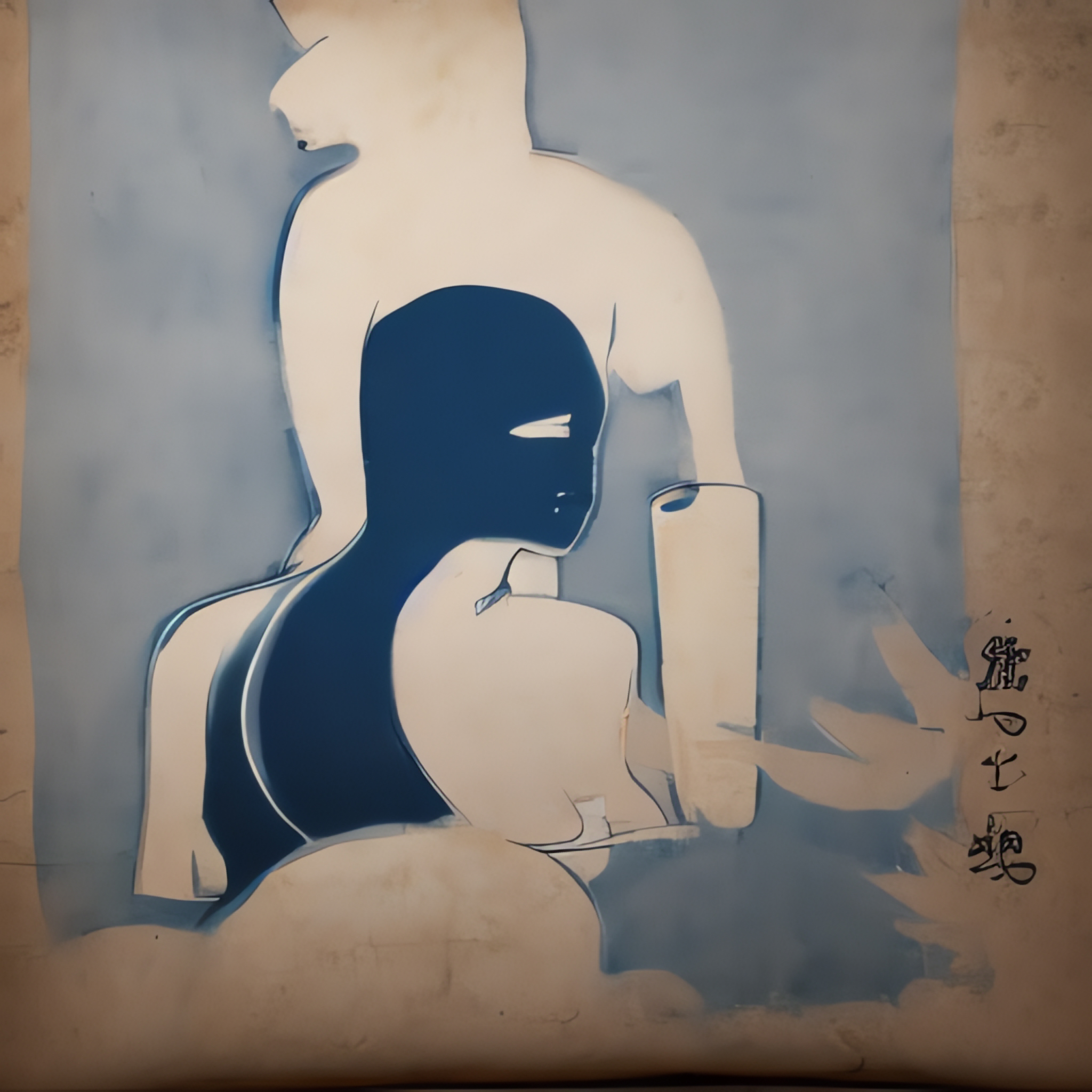
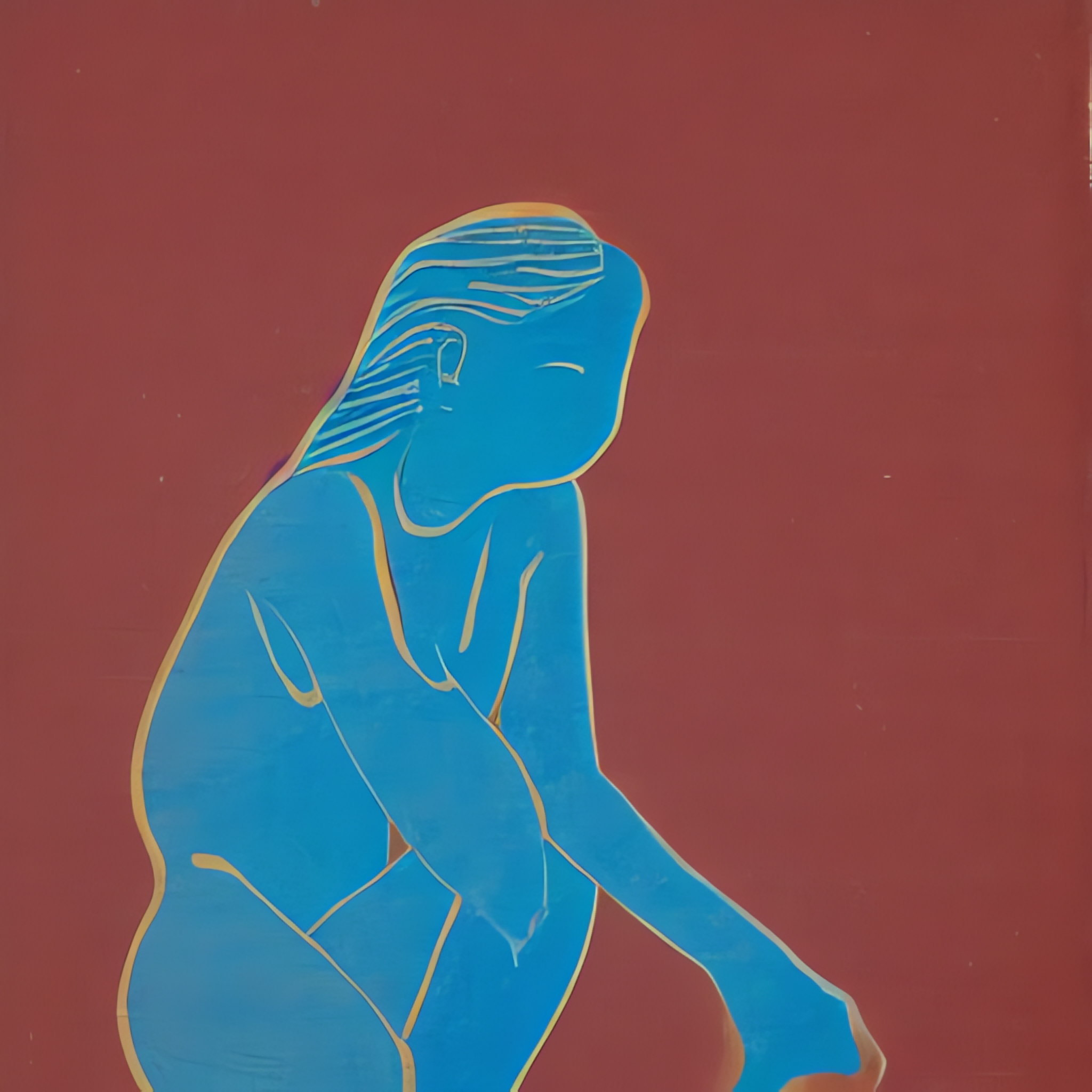
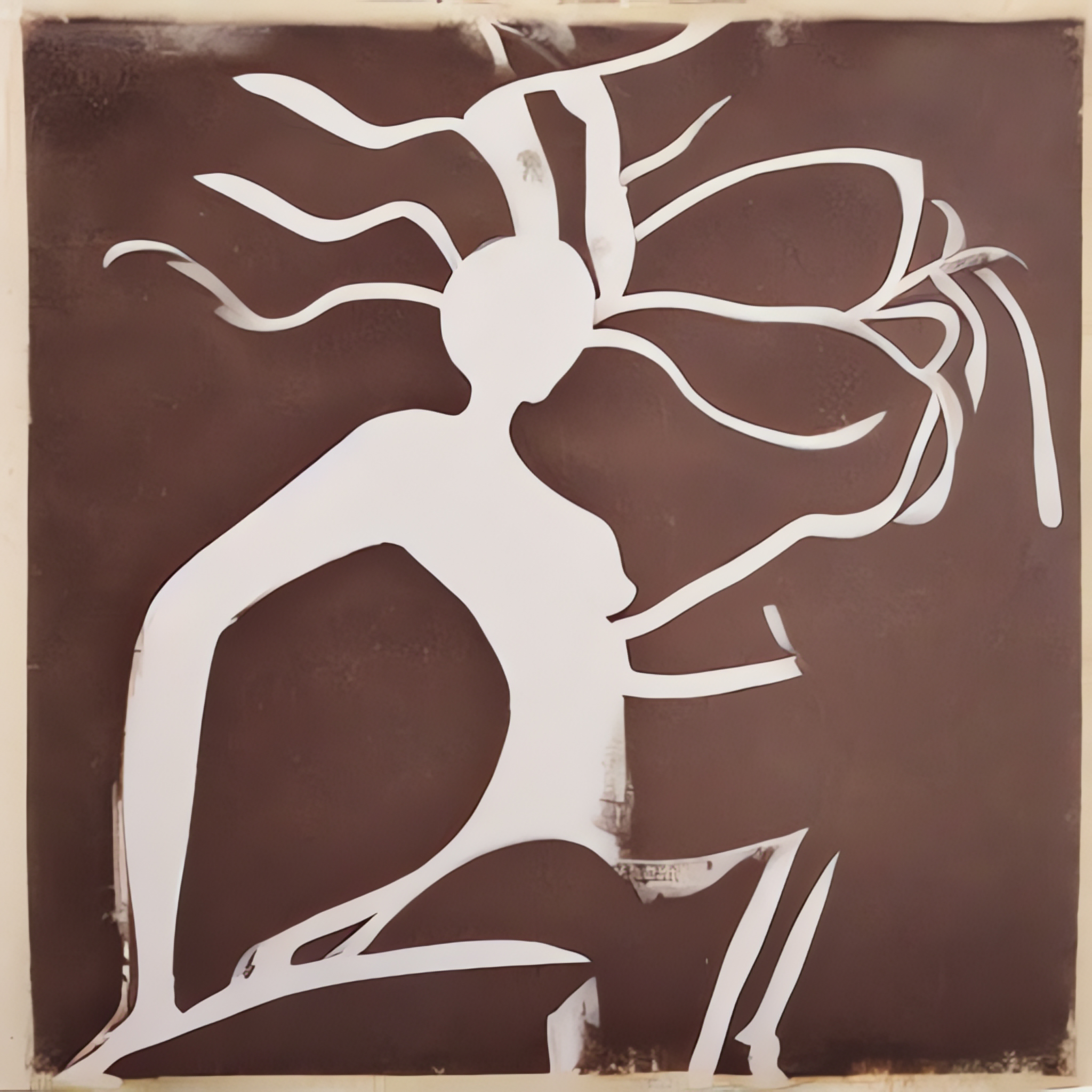
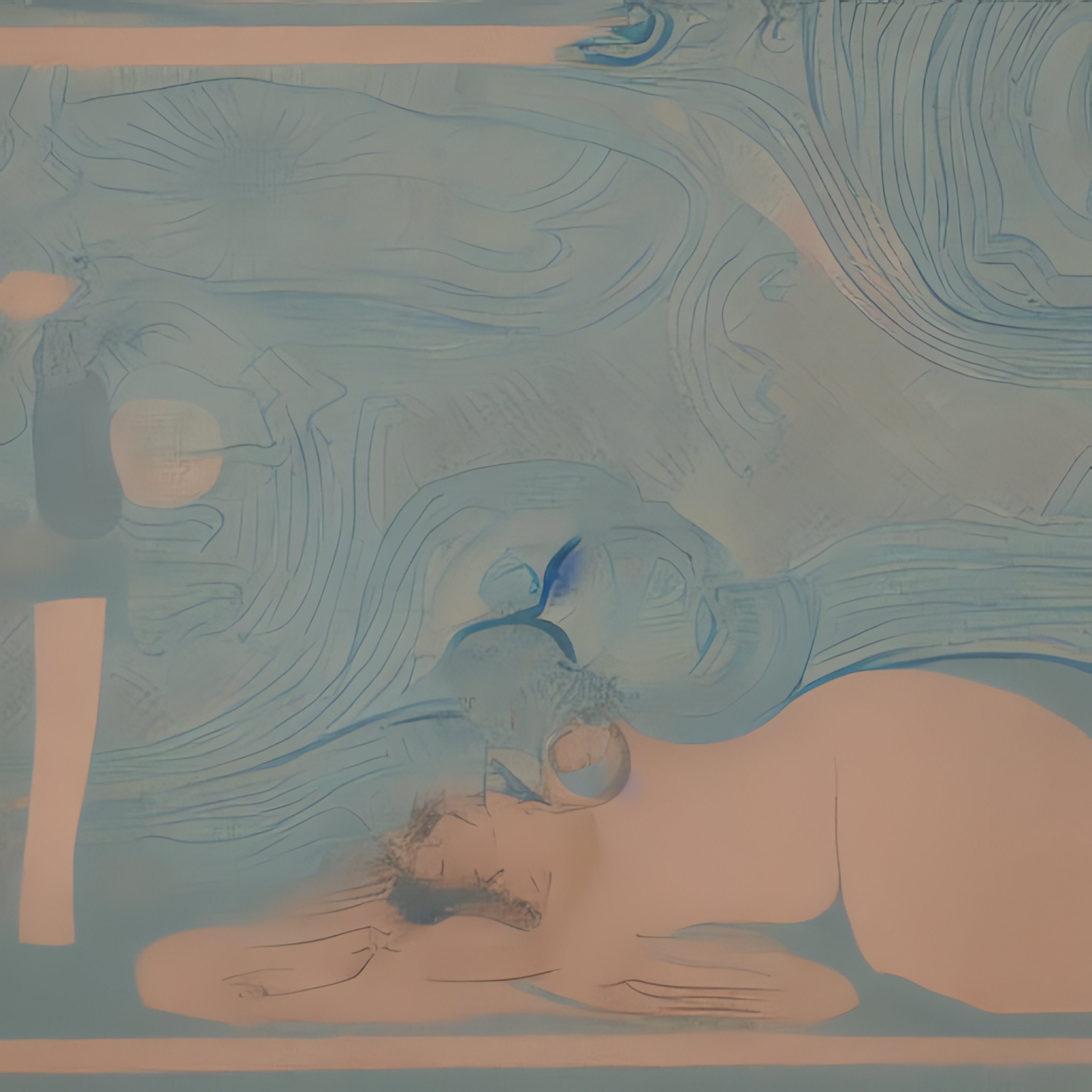
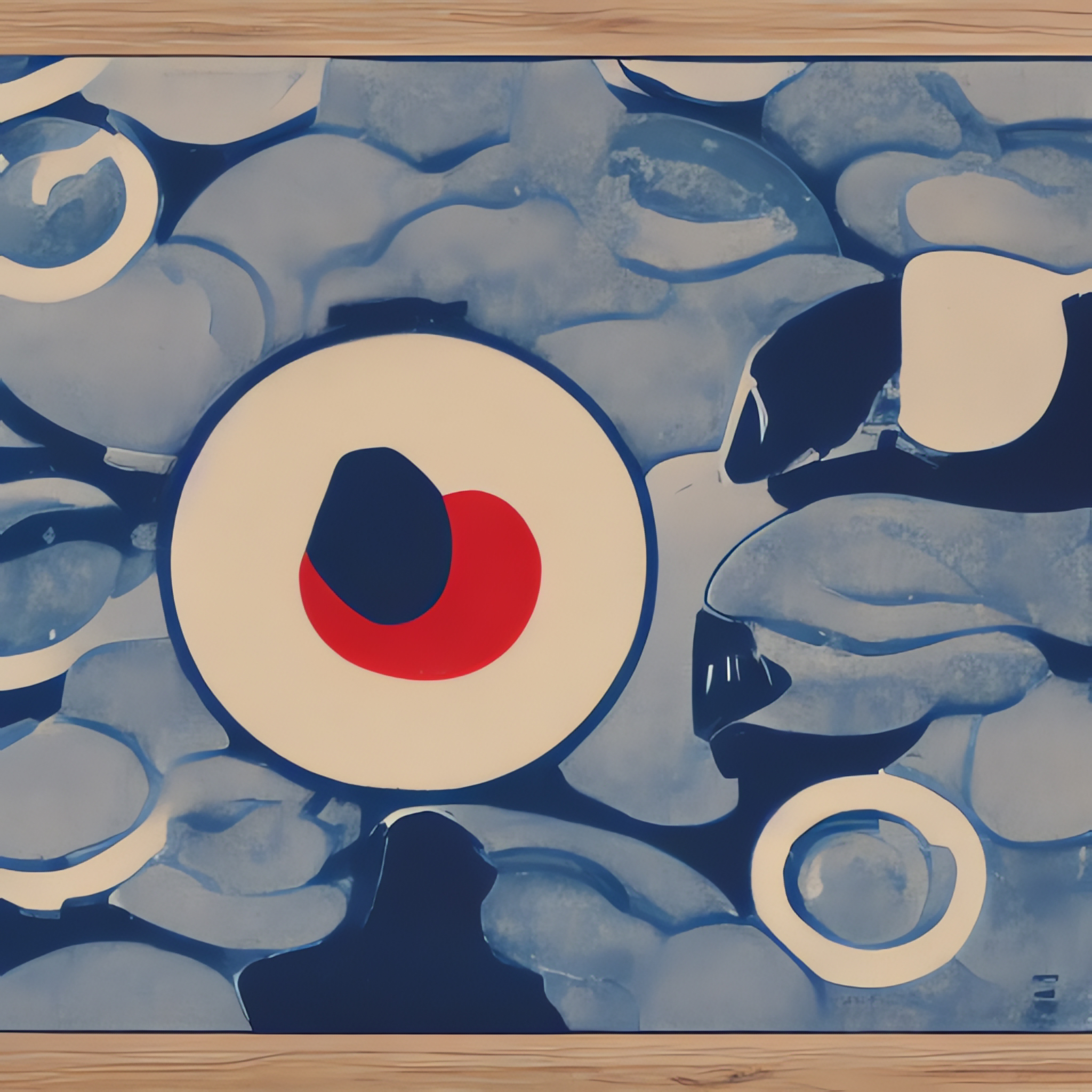
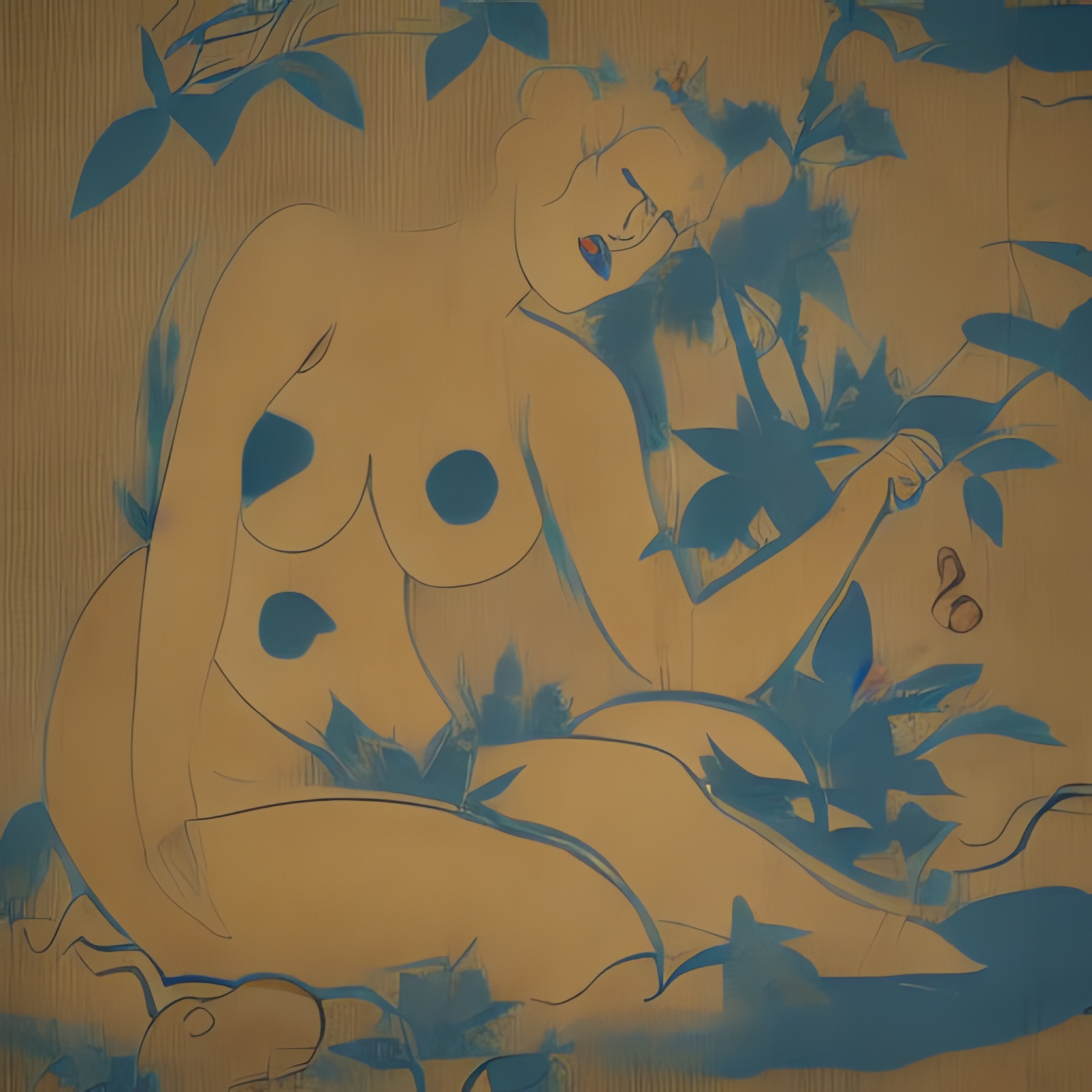
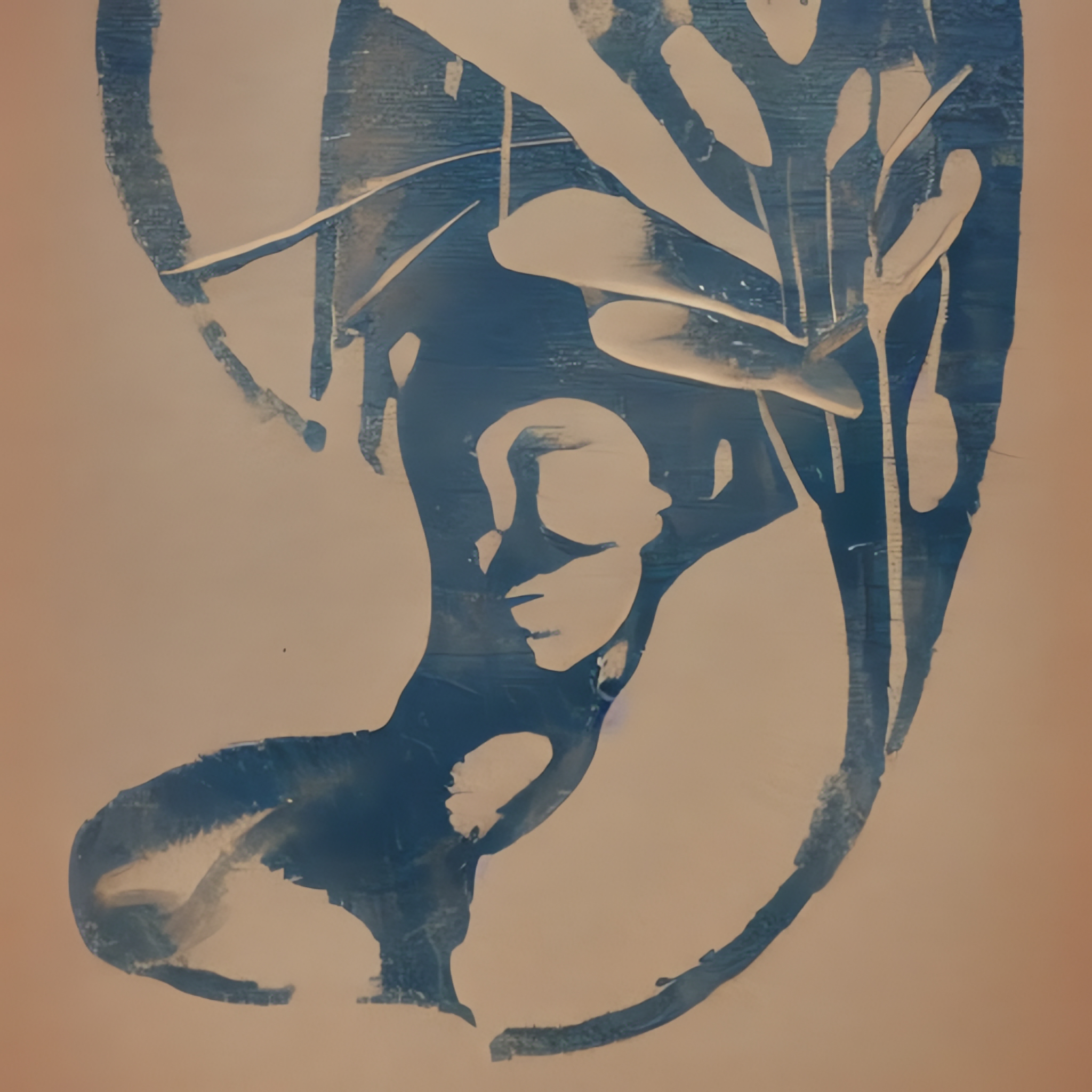
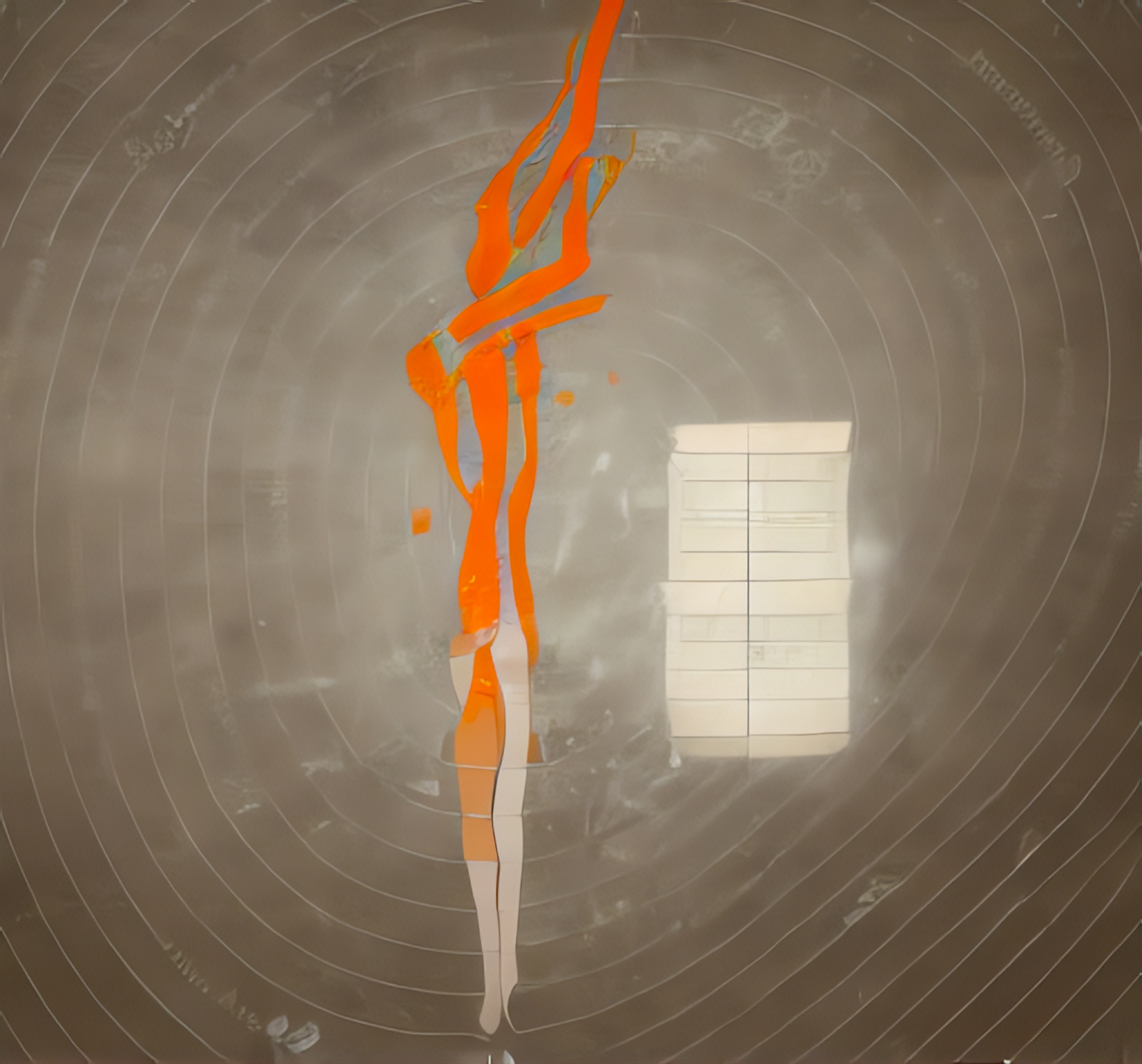
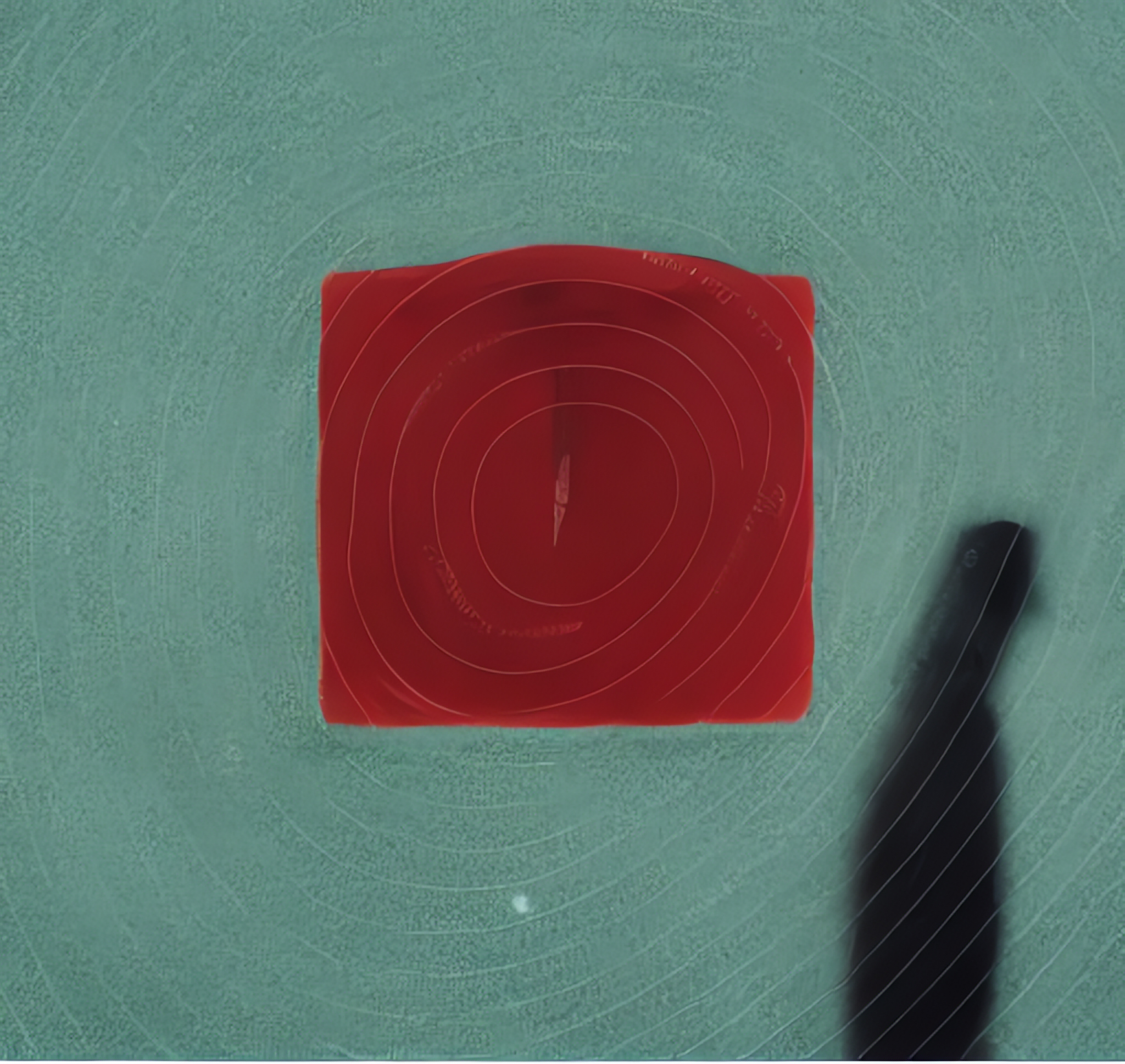
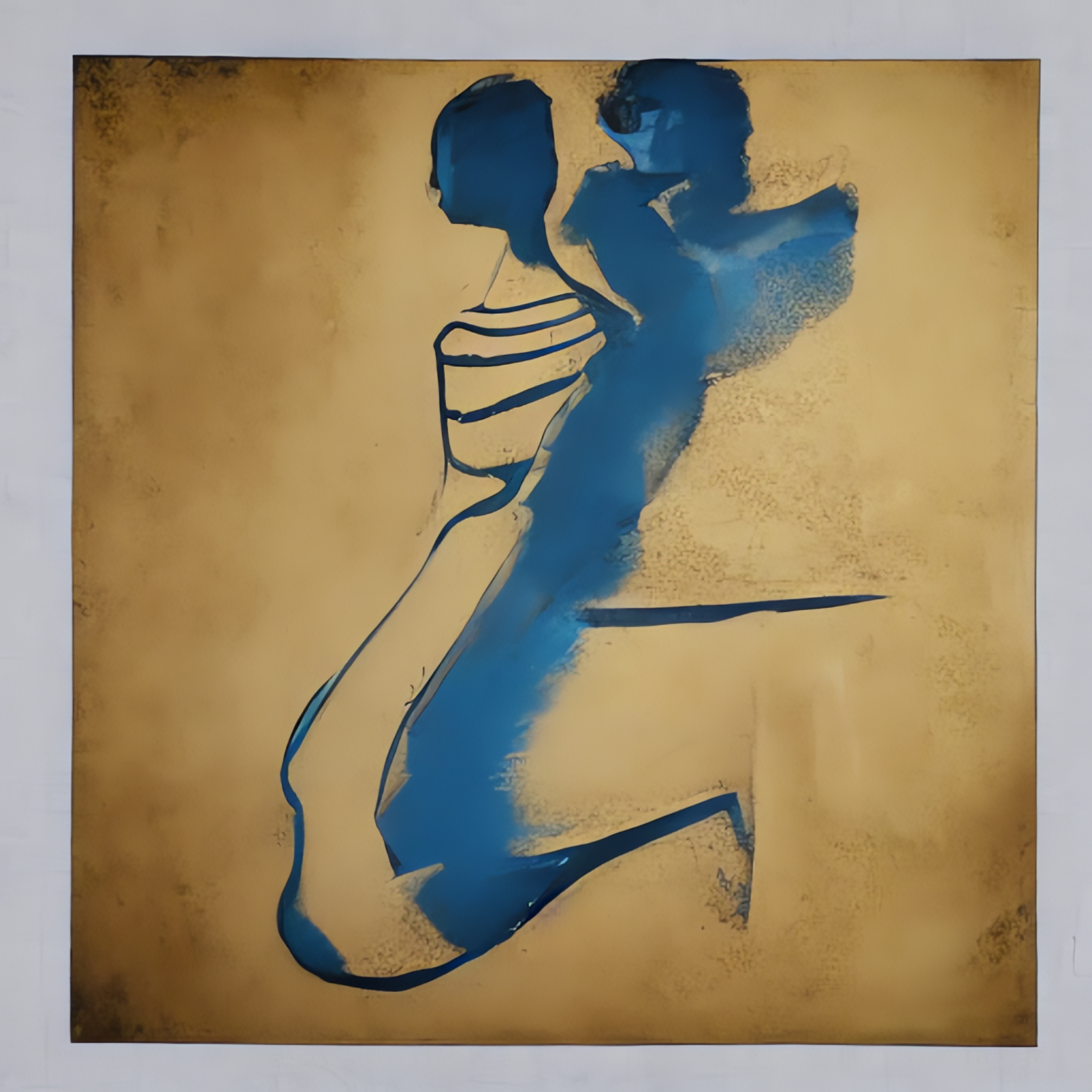
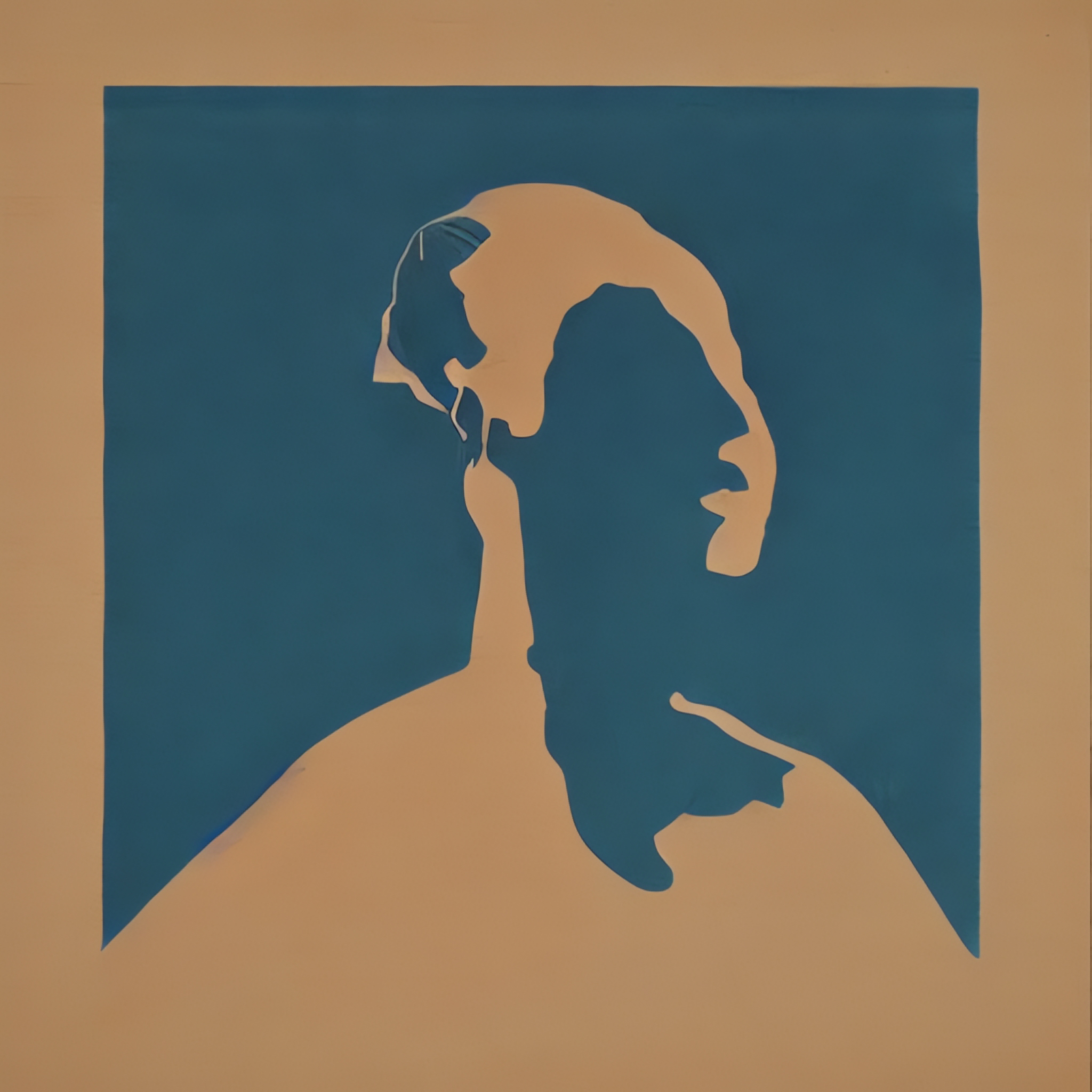
Silhouettes Siamese Style
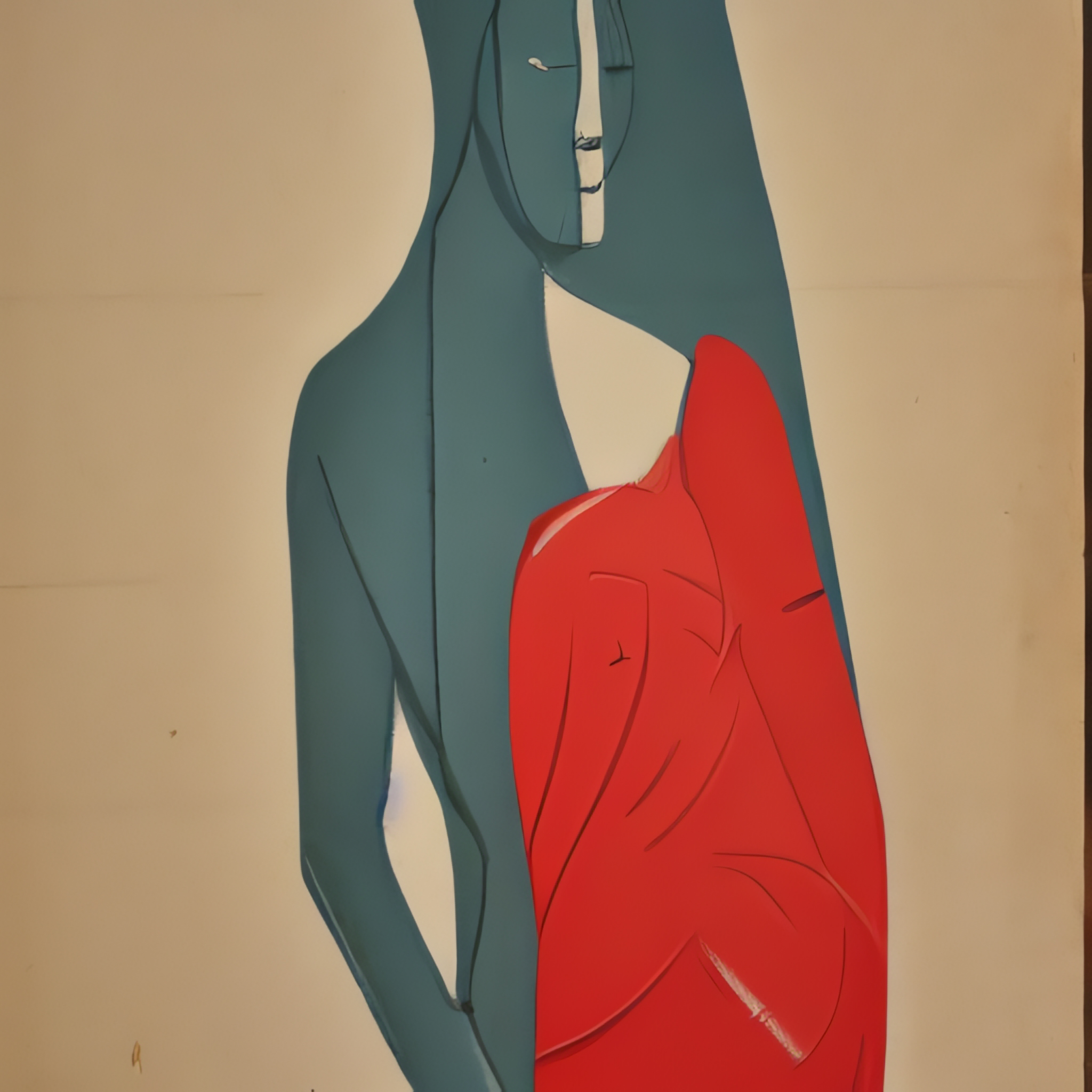
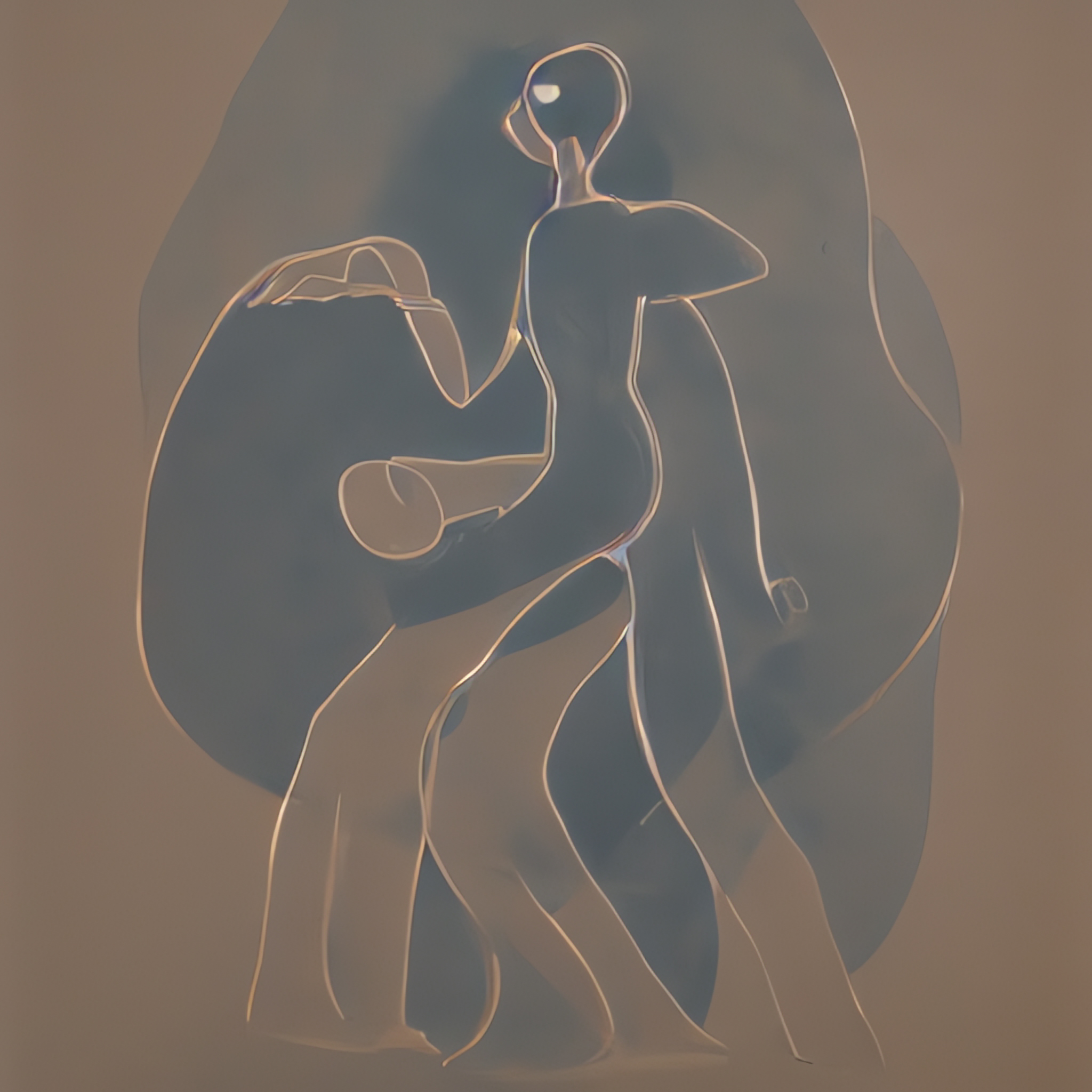
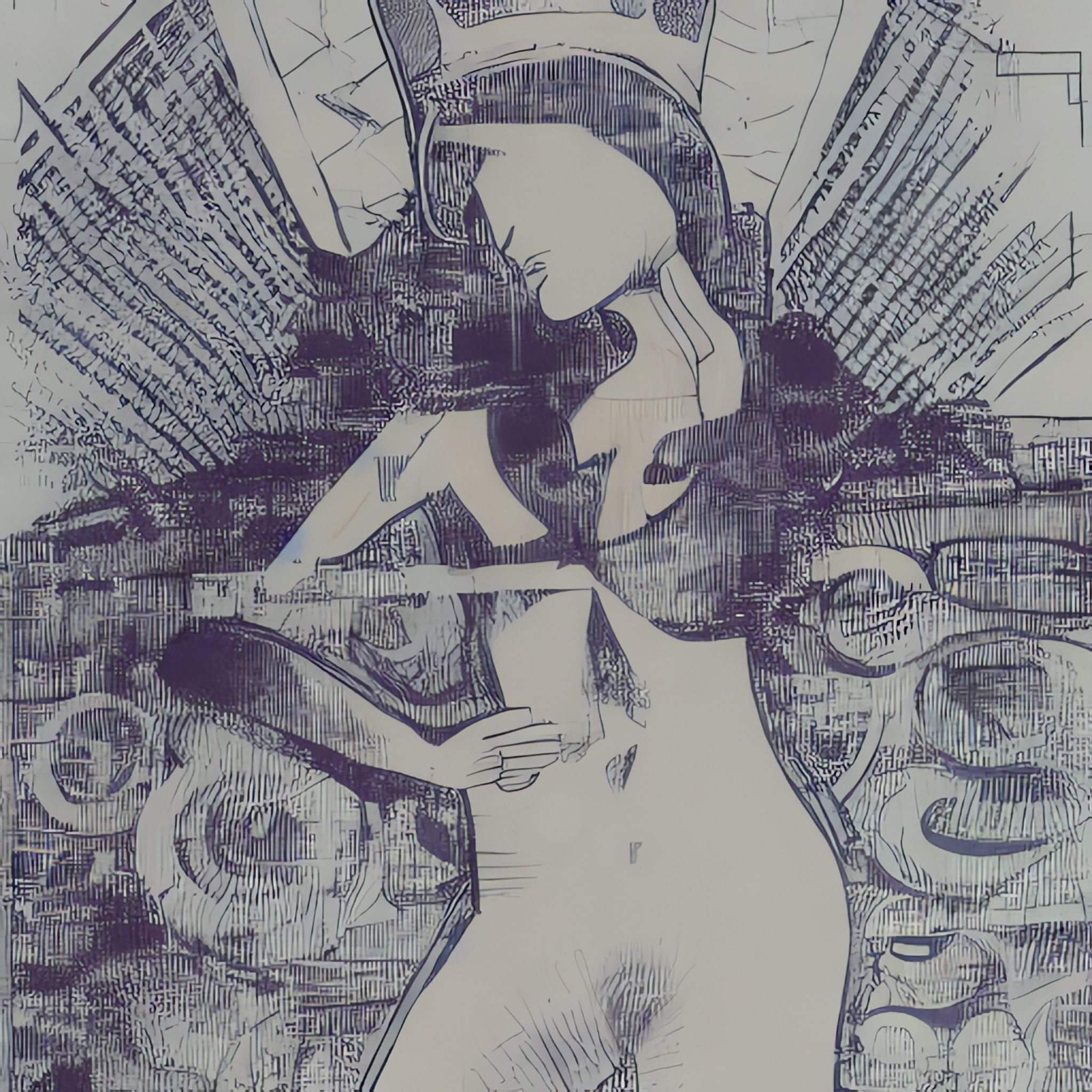
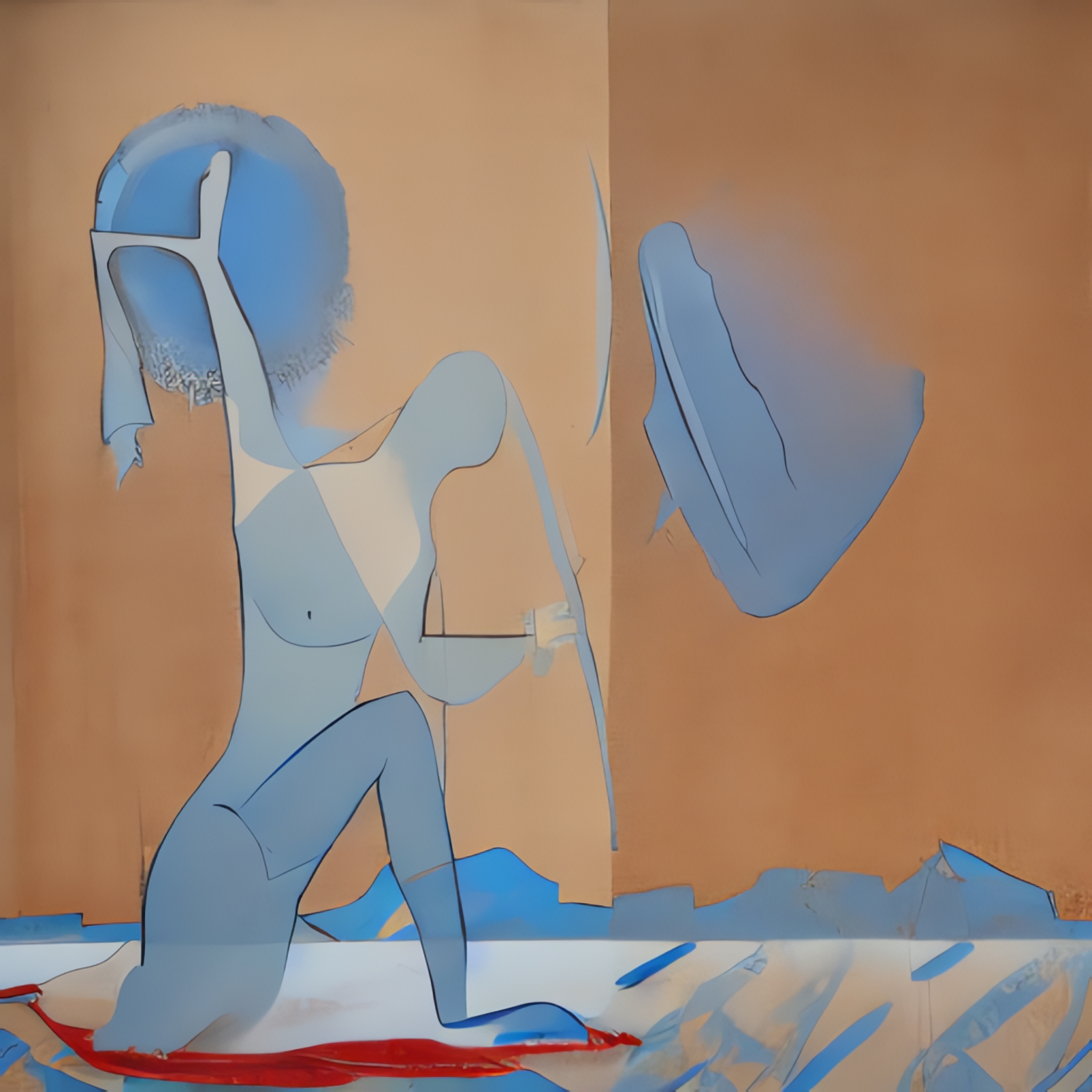
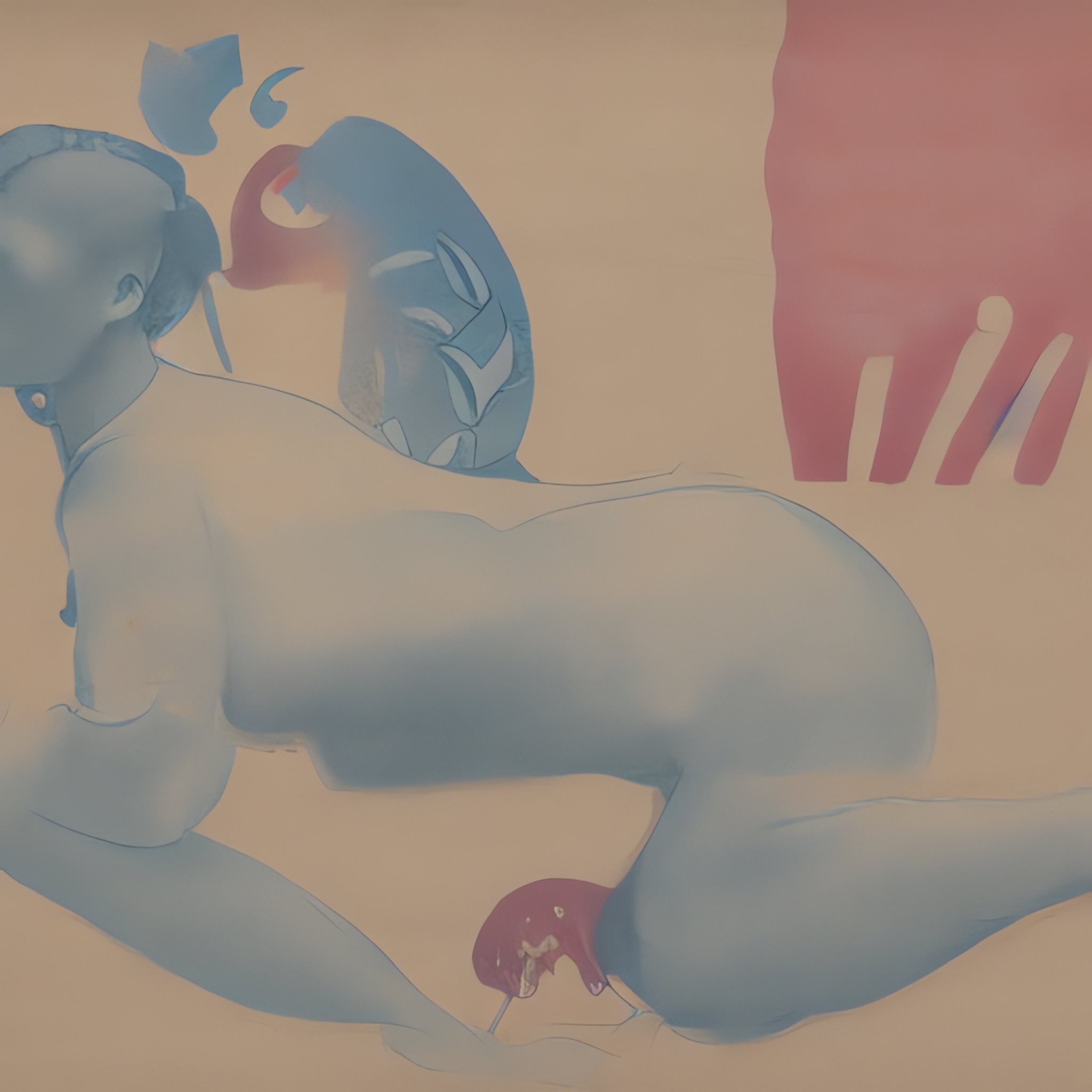
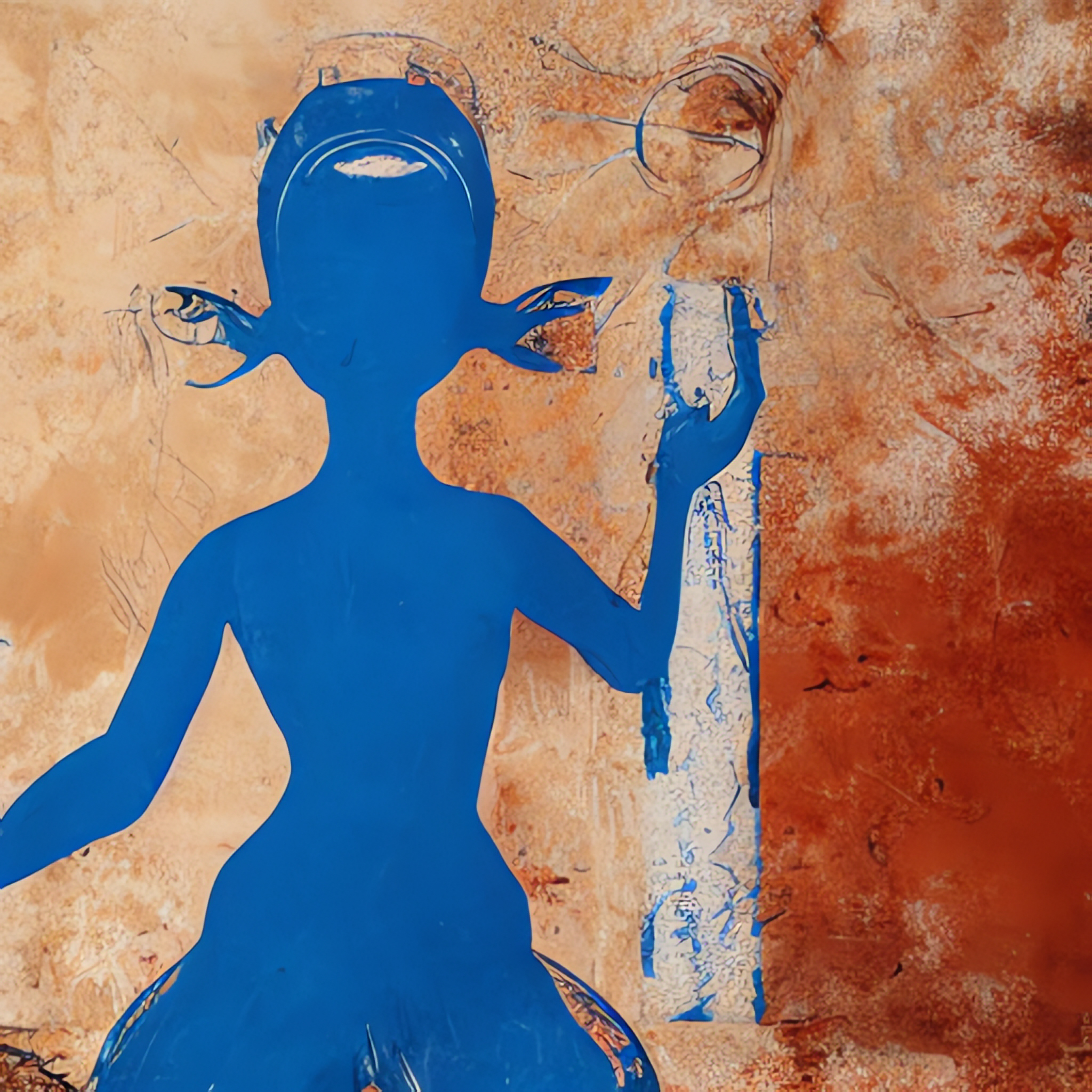
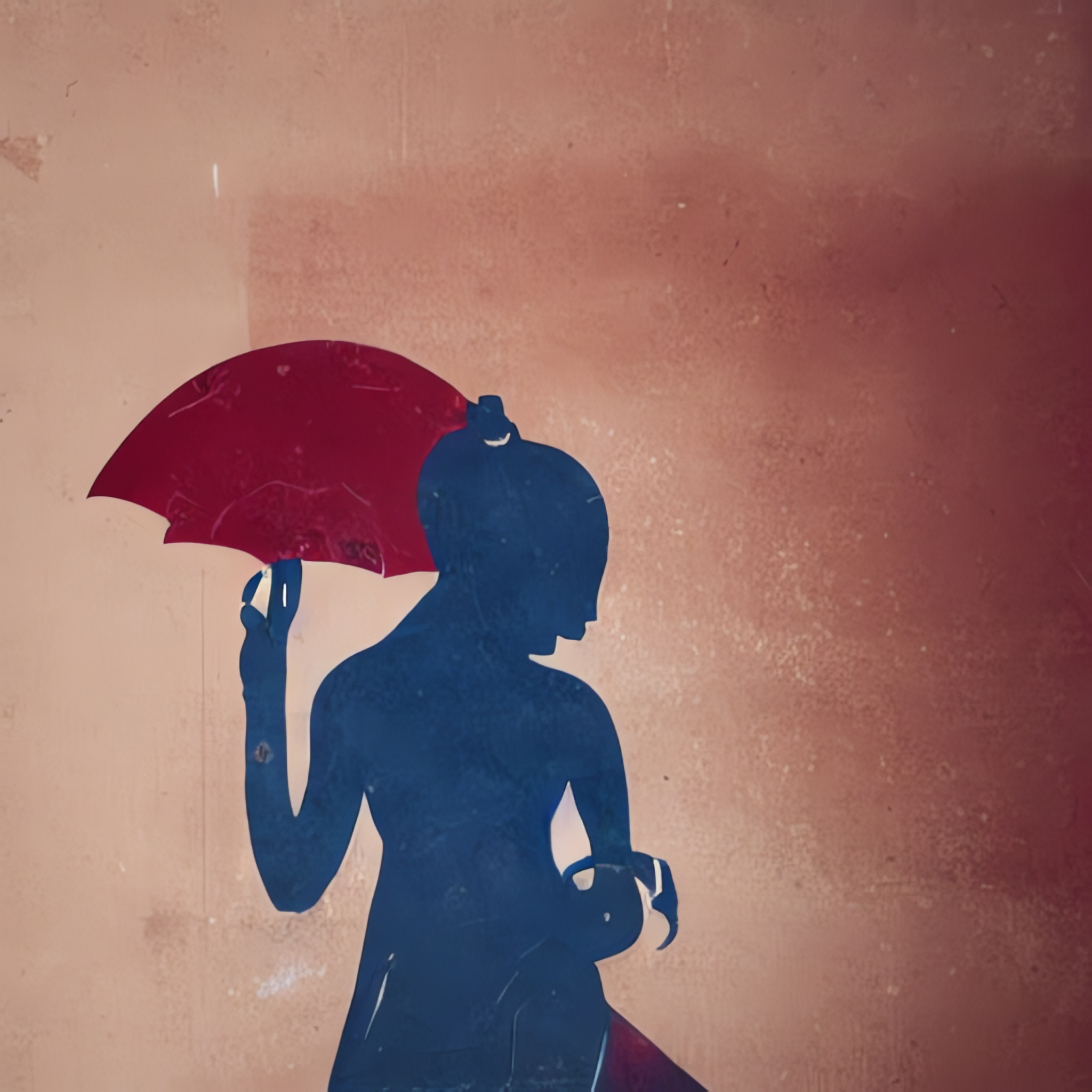
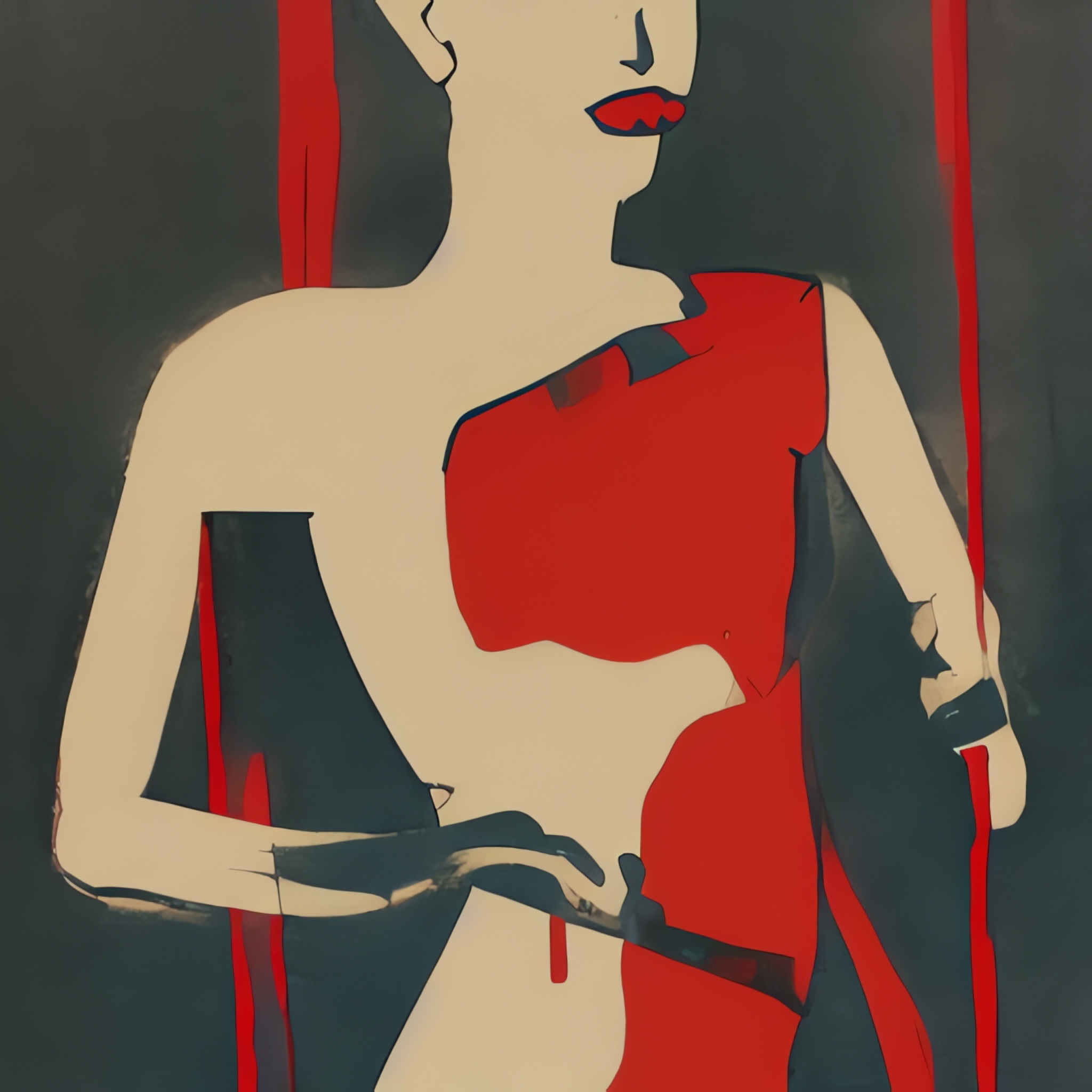
Stickmen:
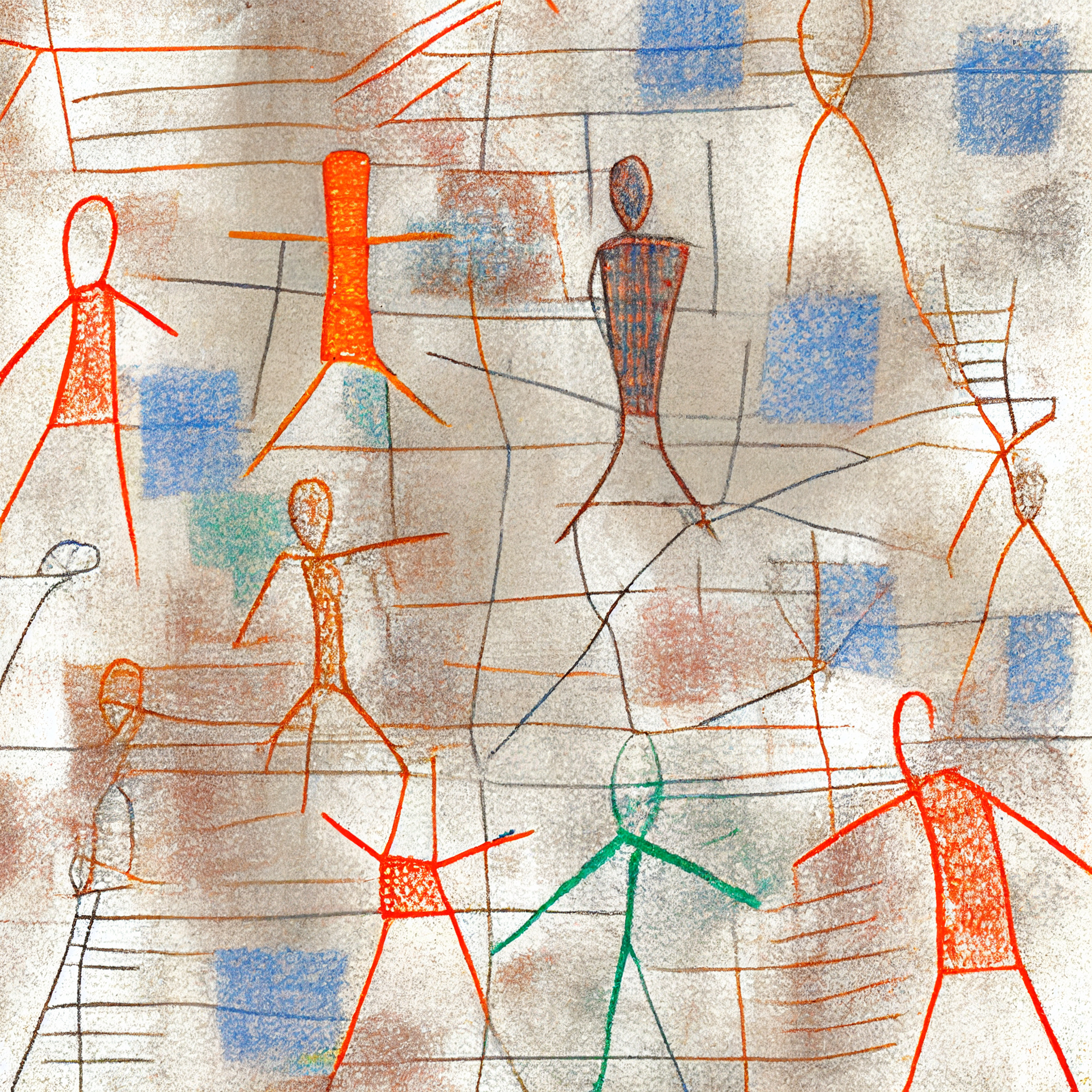
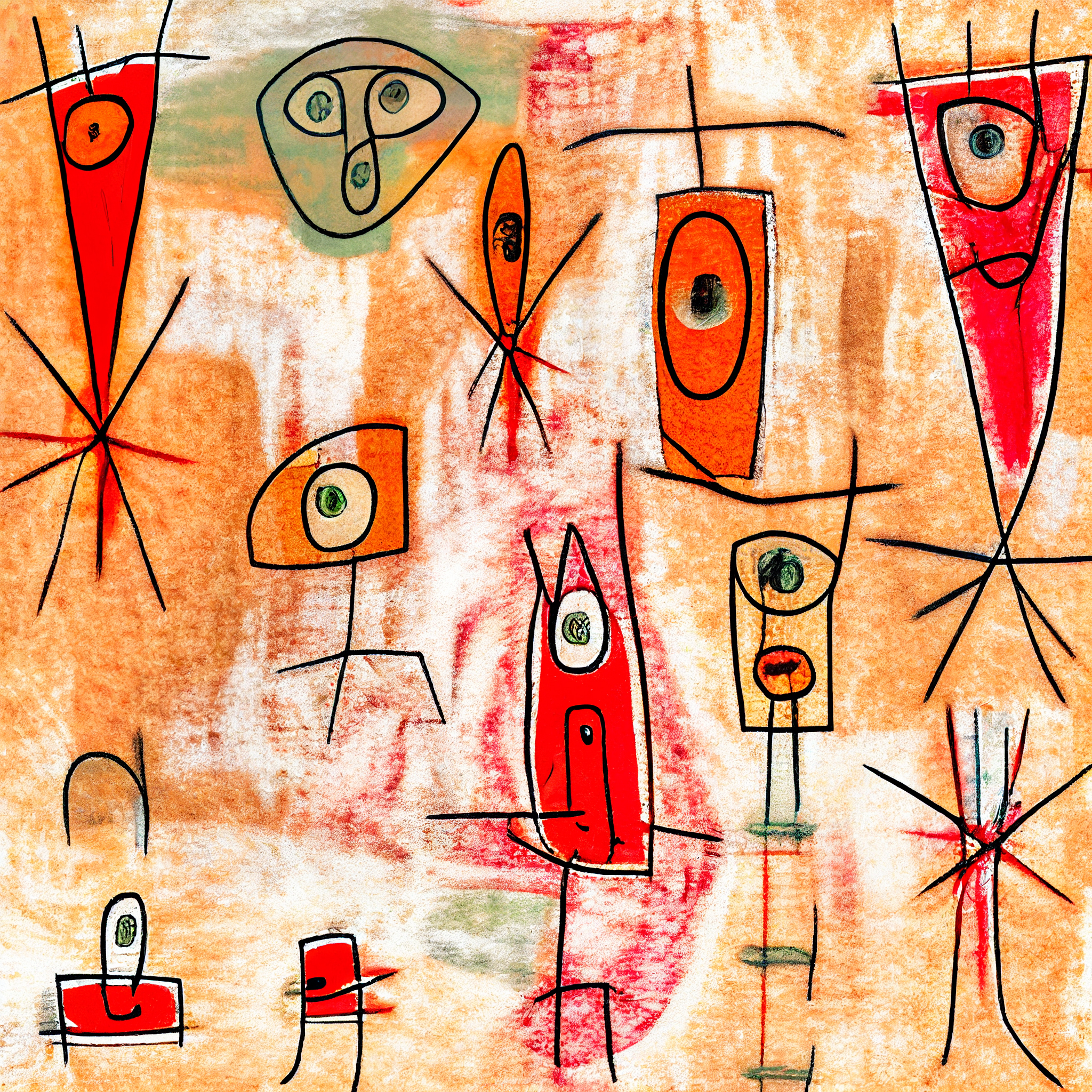
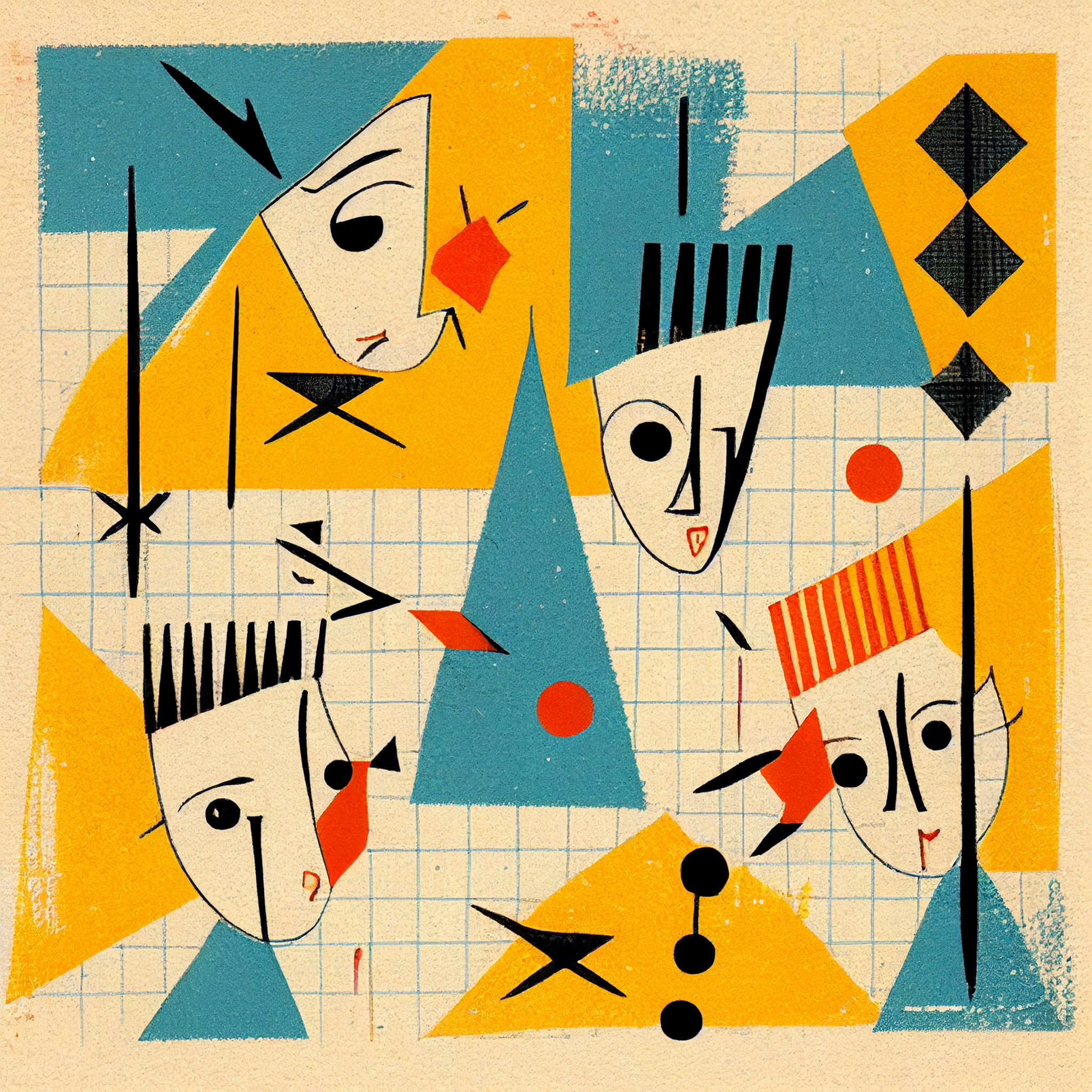
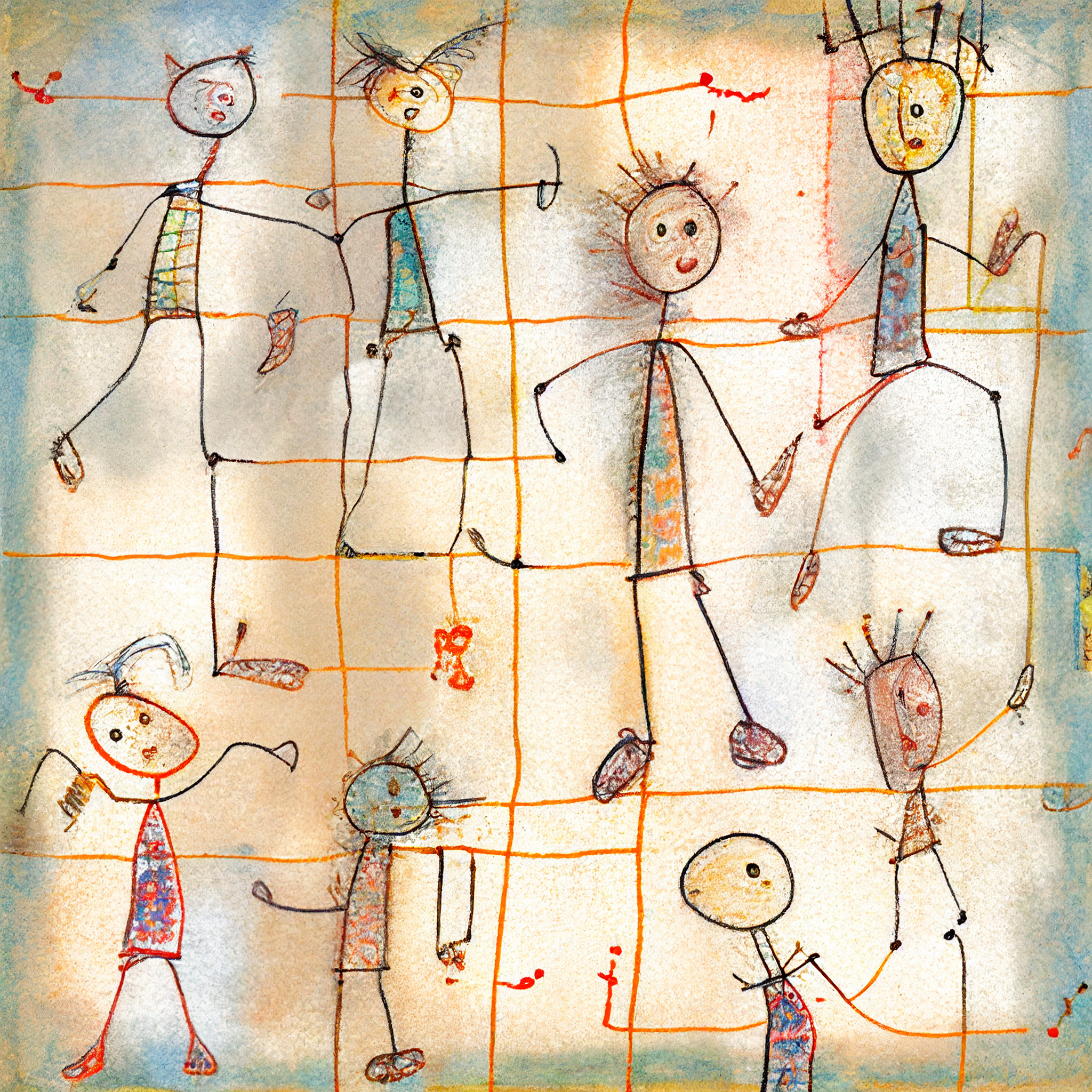
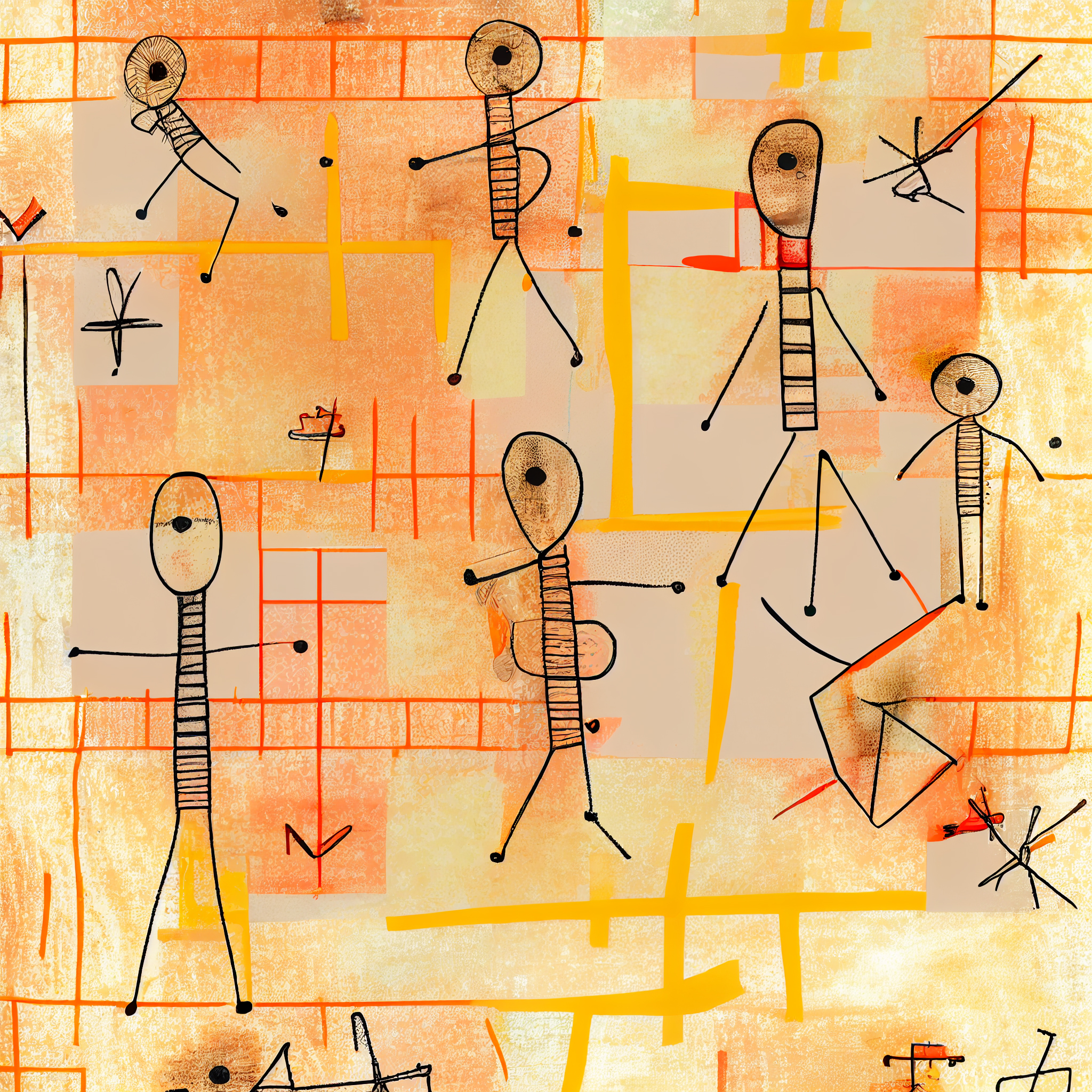
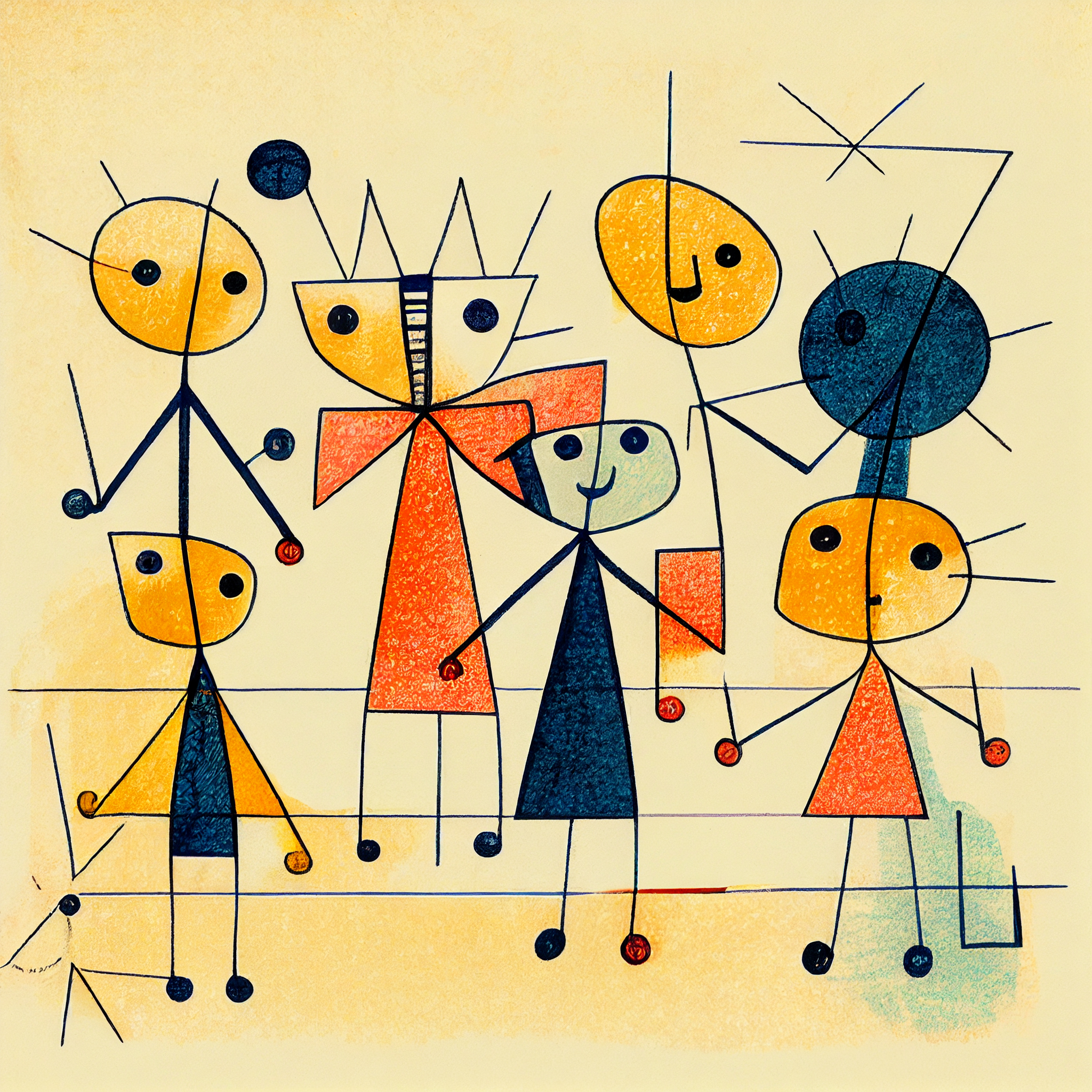
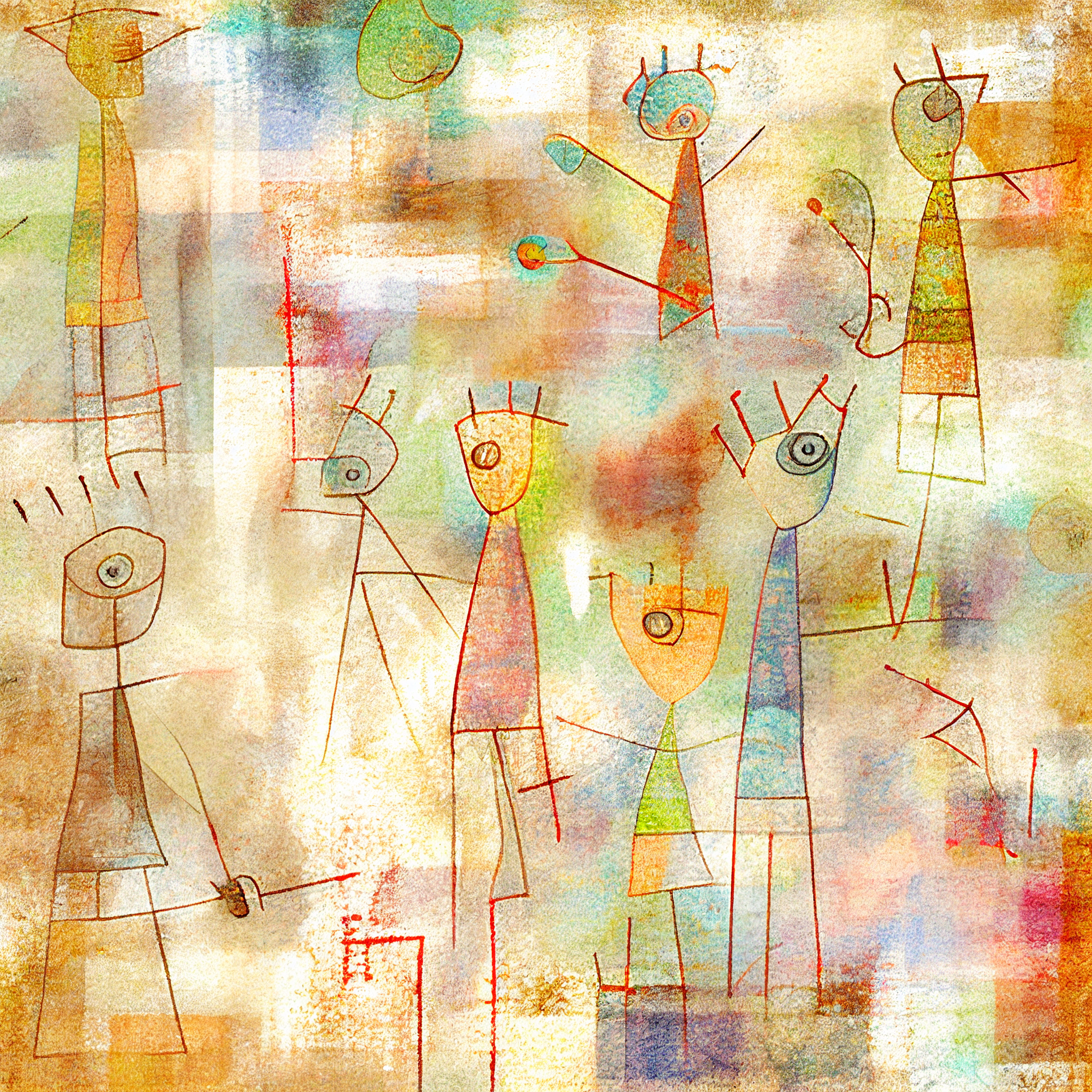
Stickman, Dancing
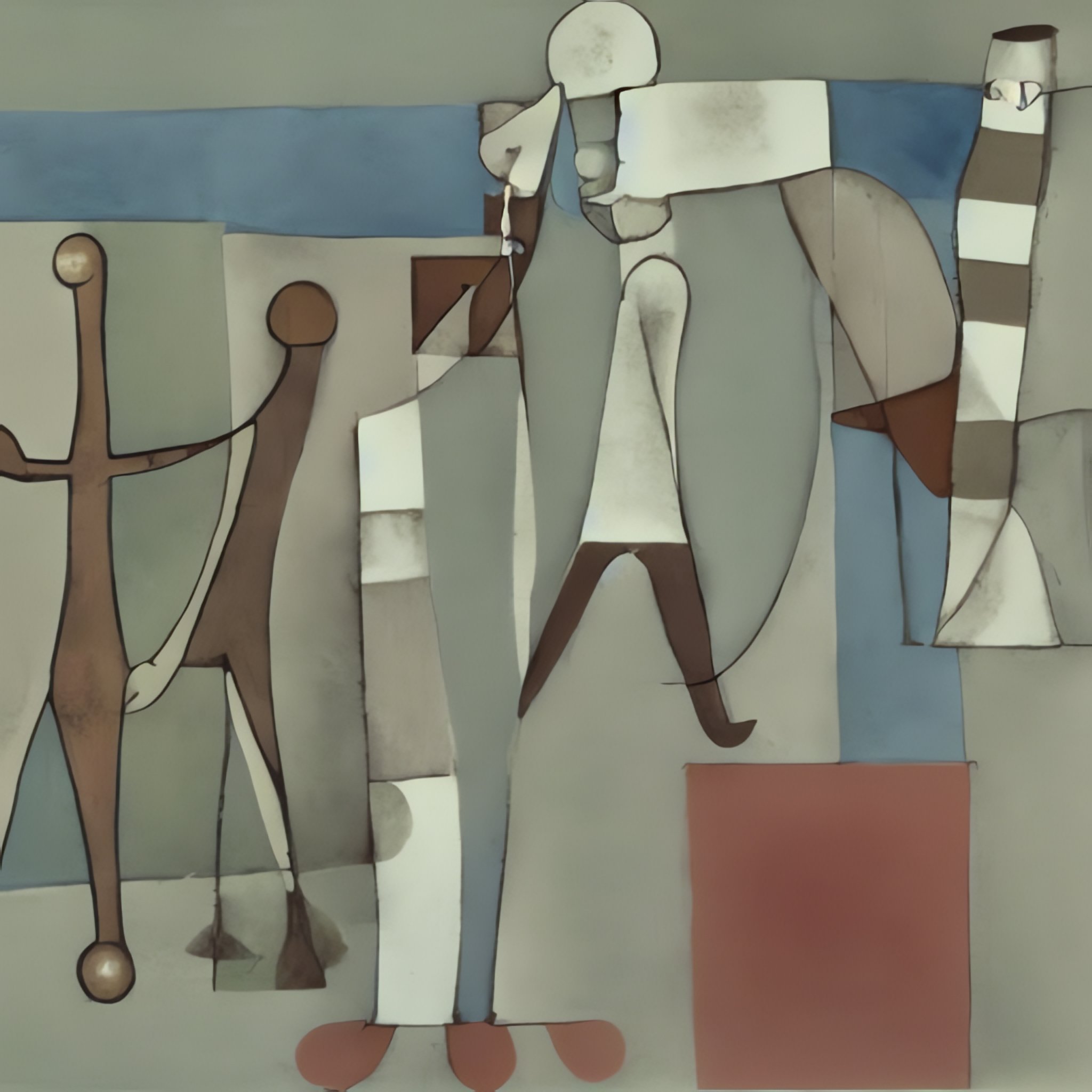
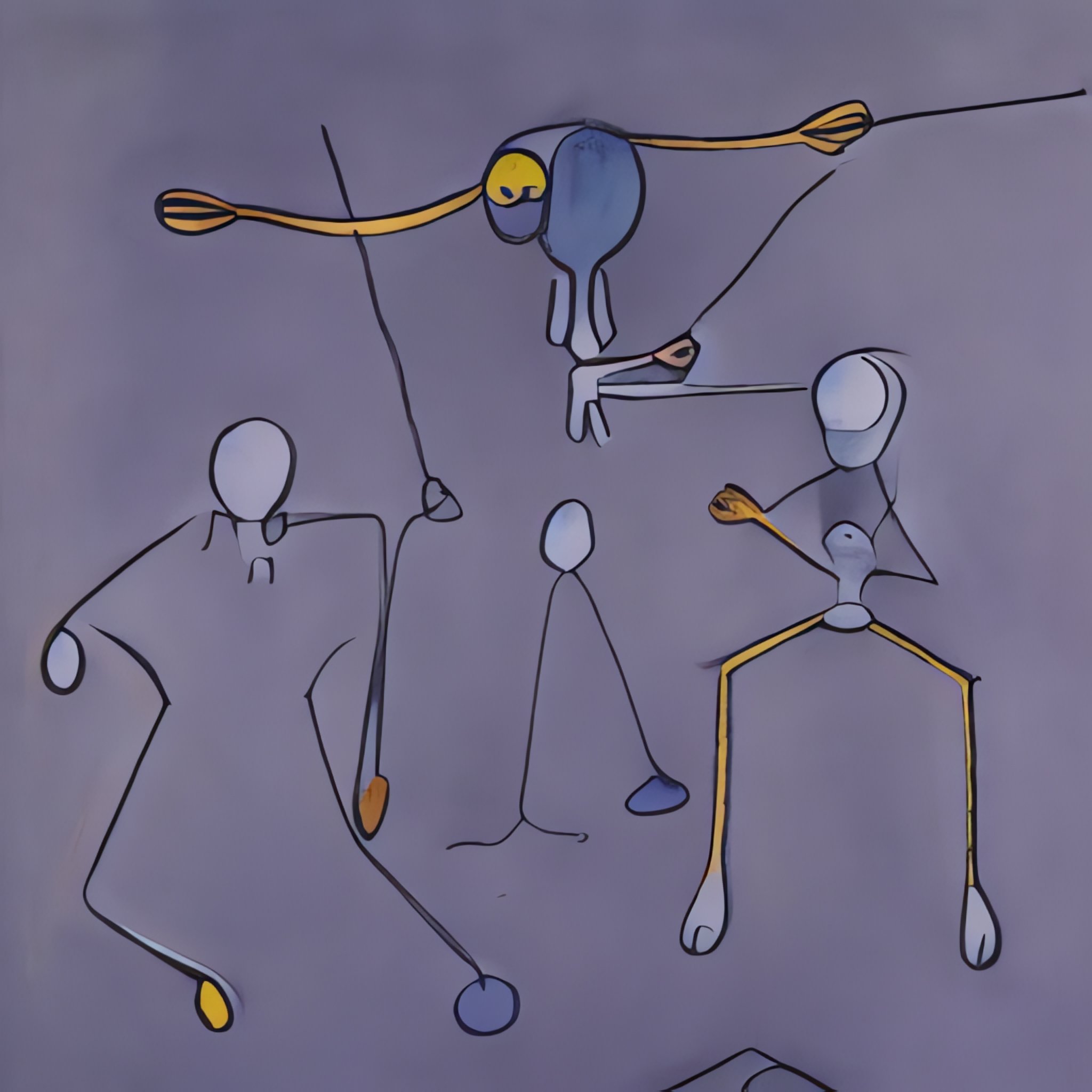
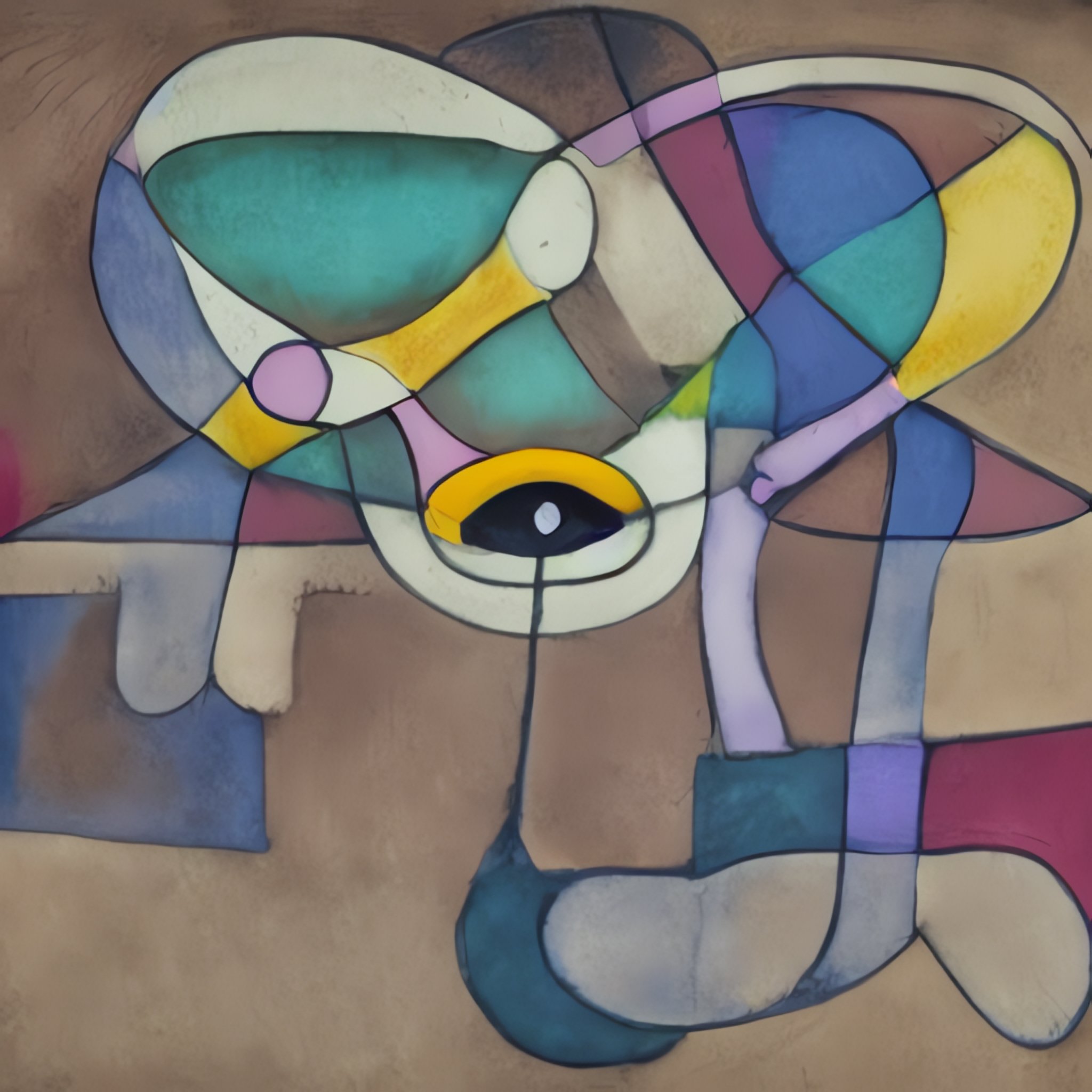
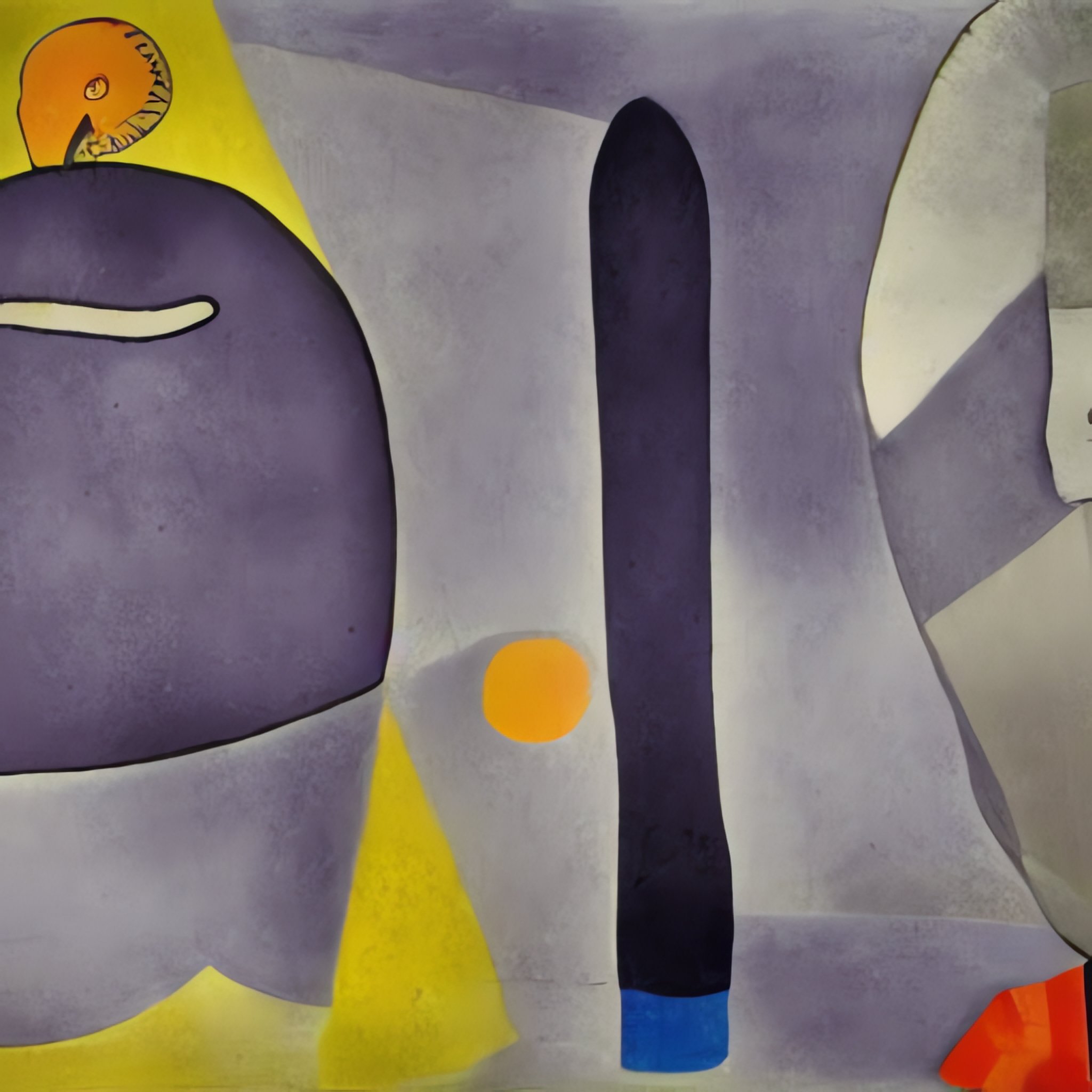
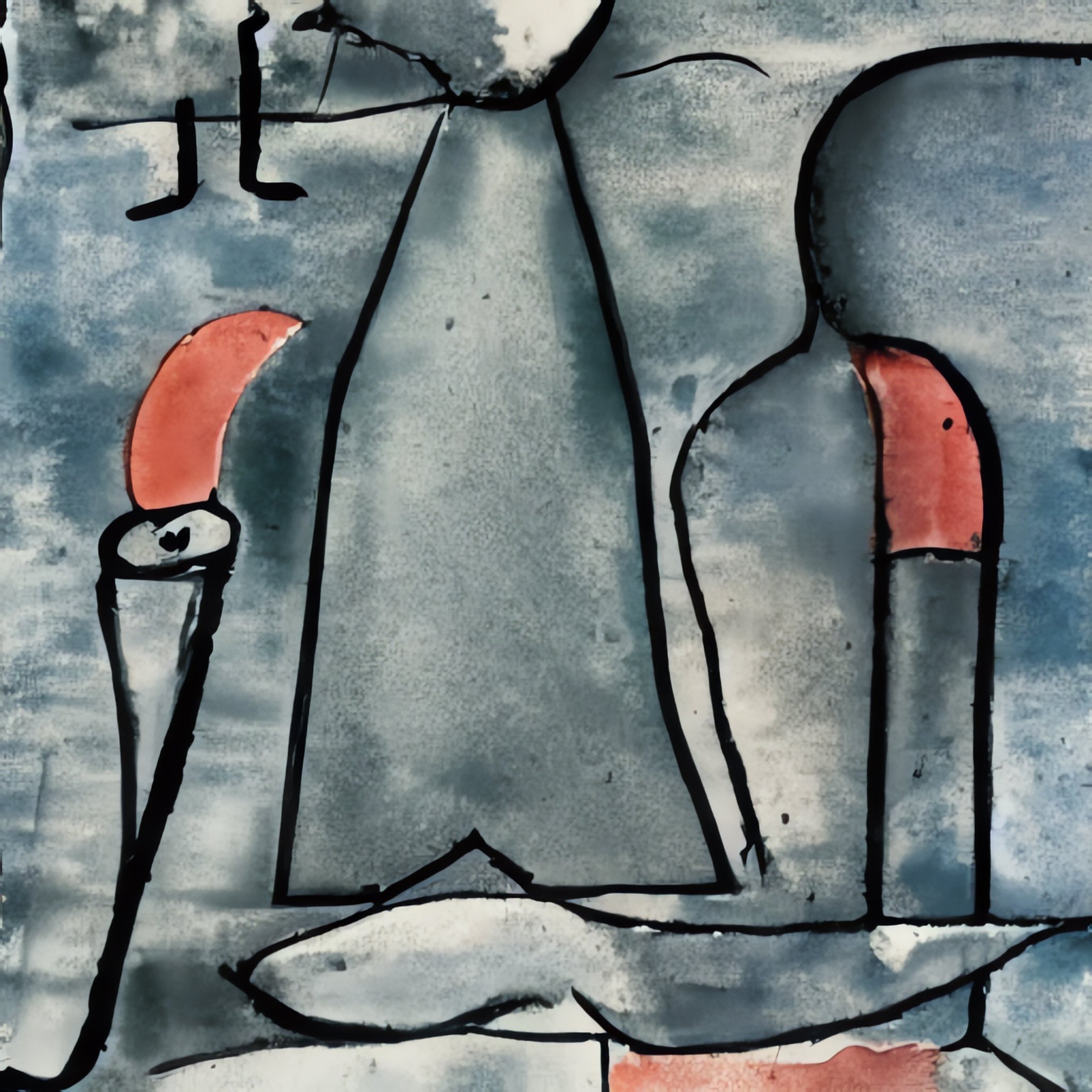
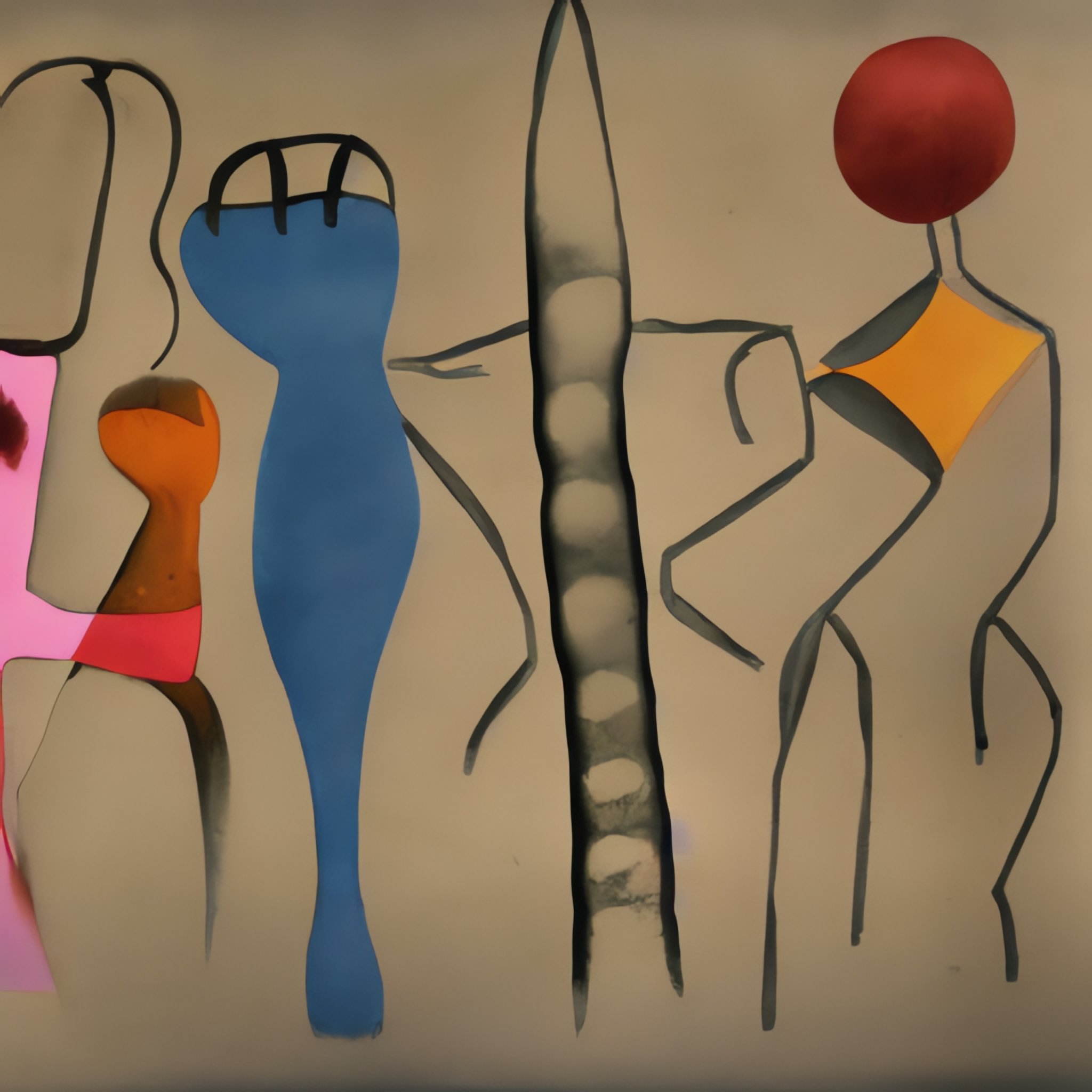
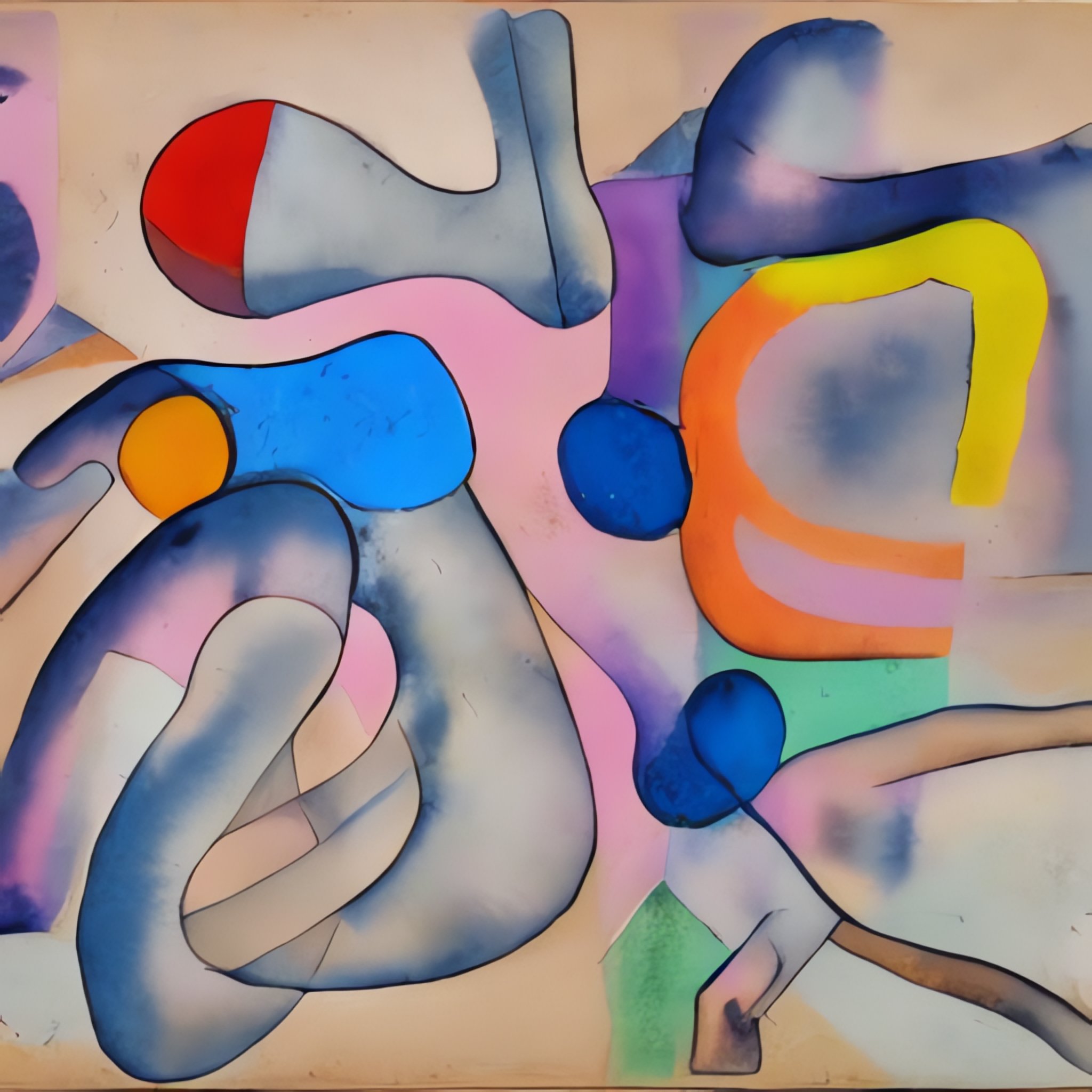
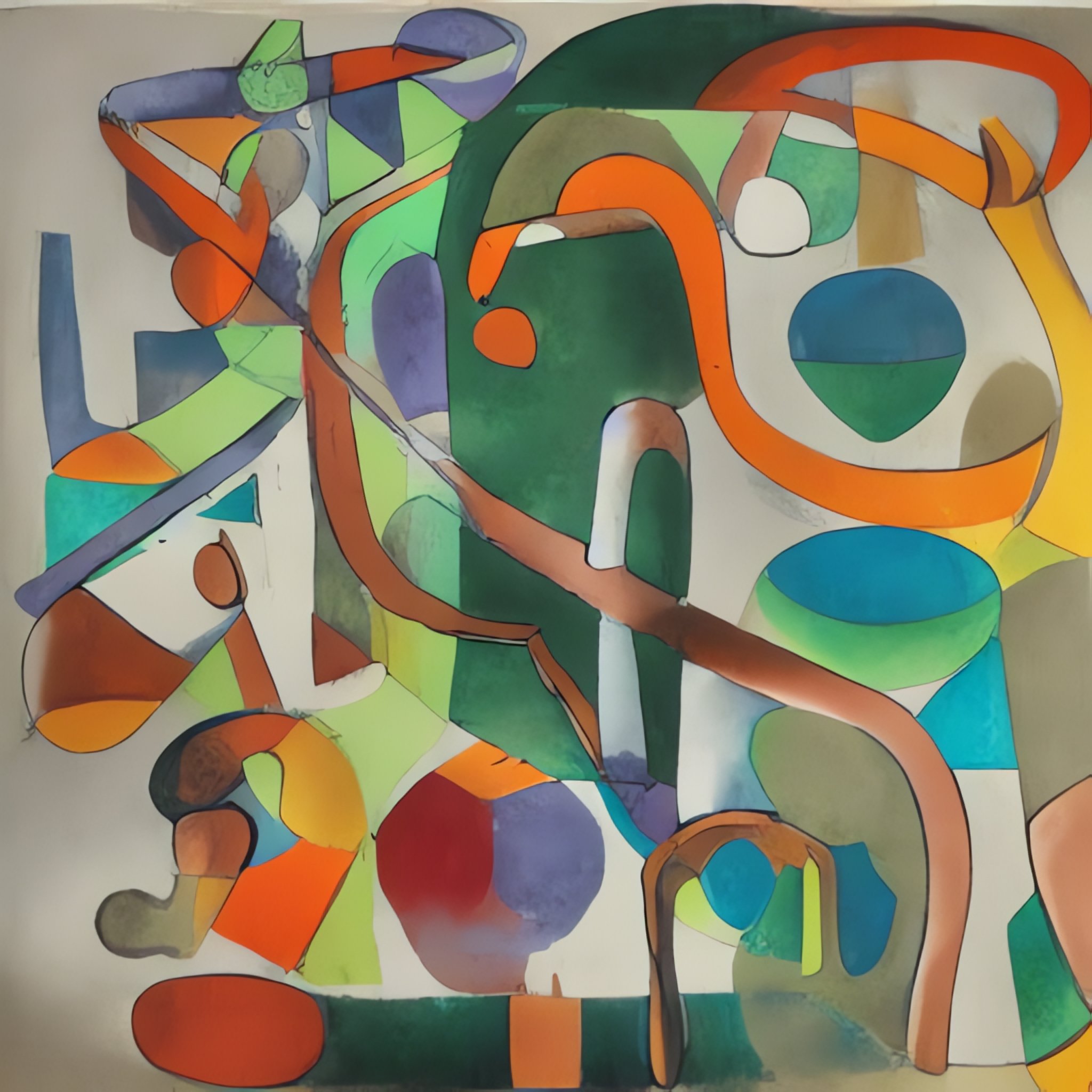
Stickman with Robot Monkey
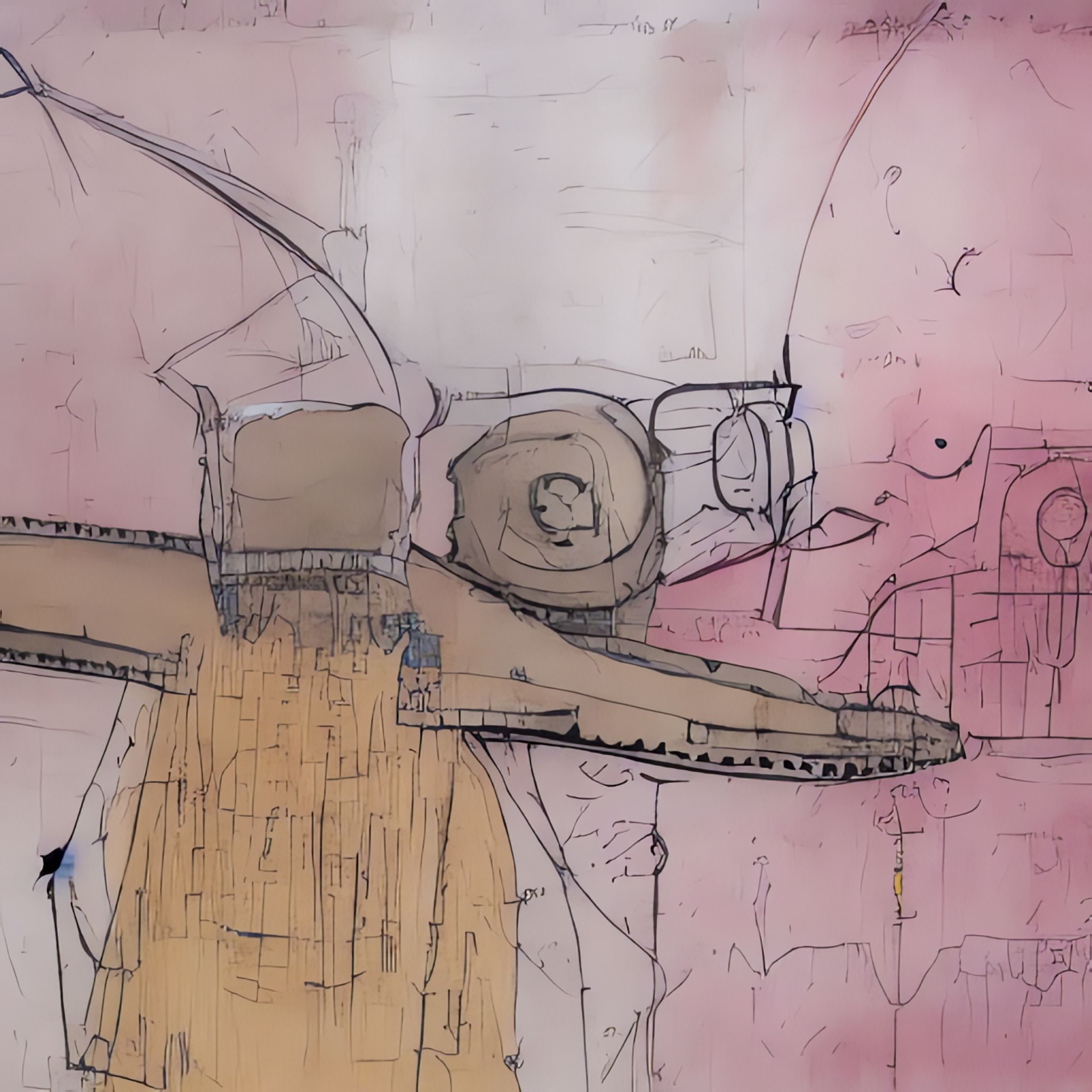
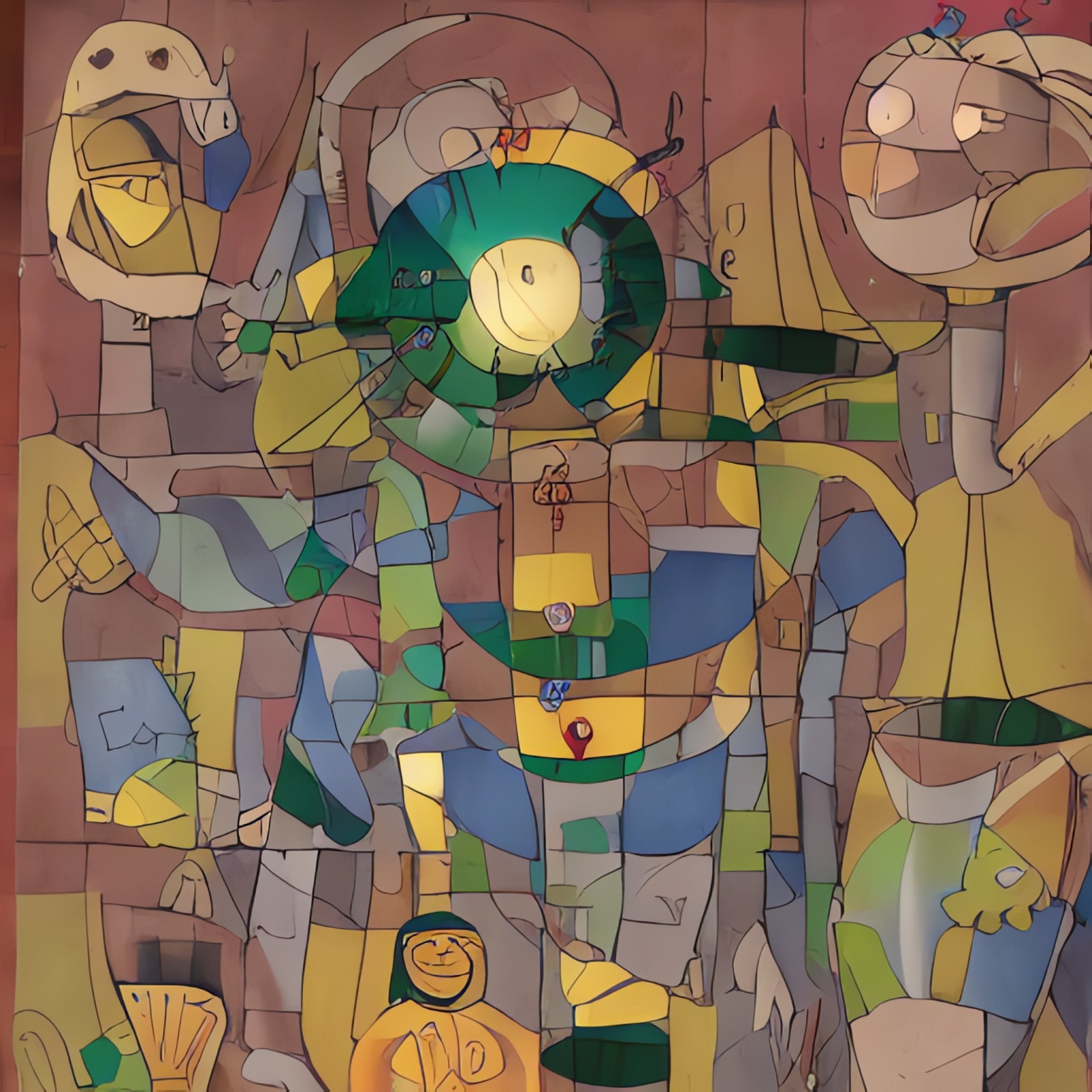
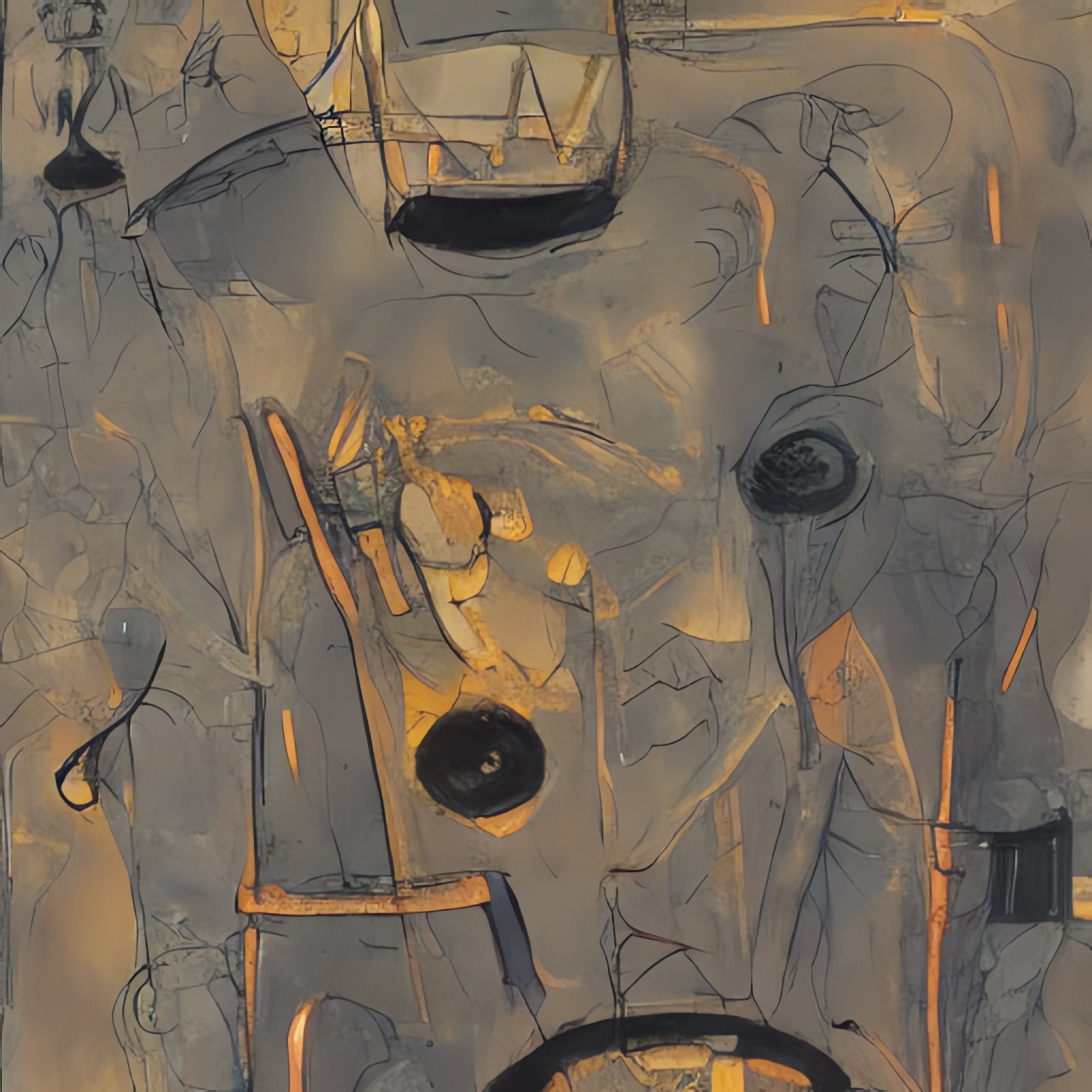
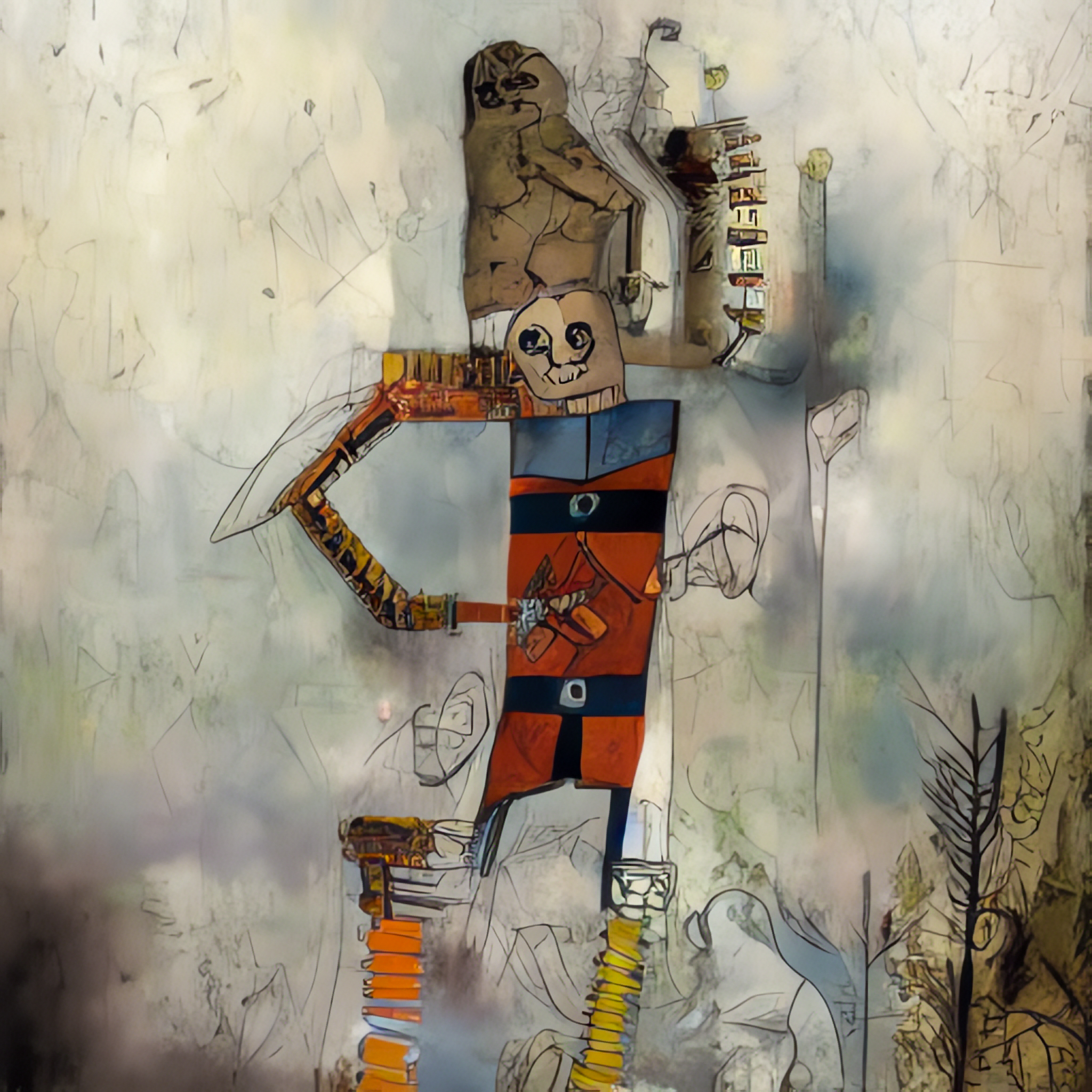
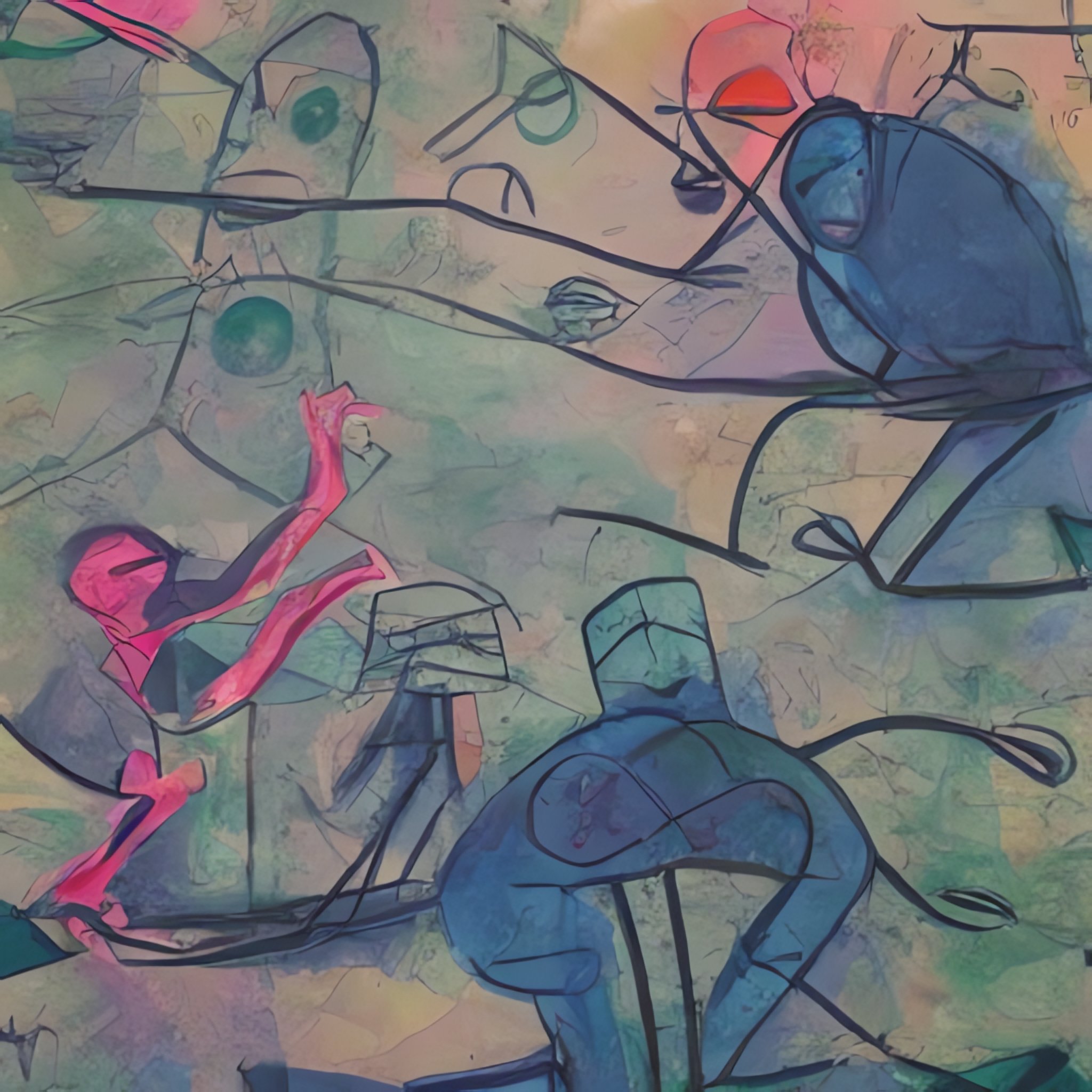
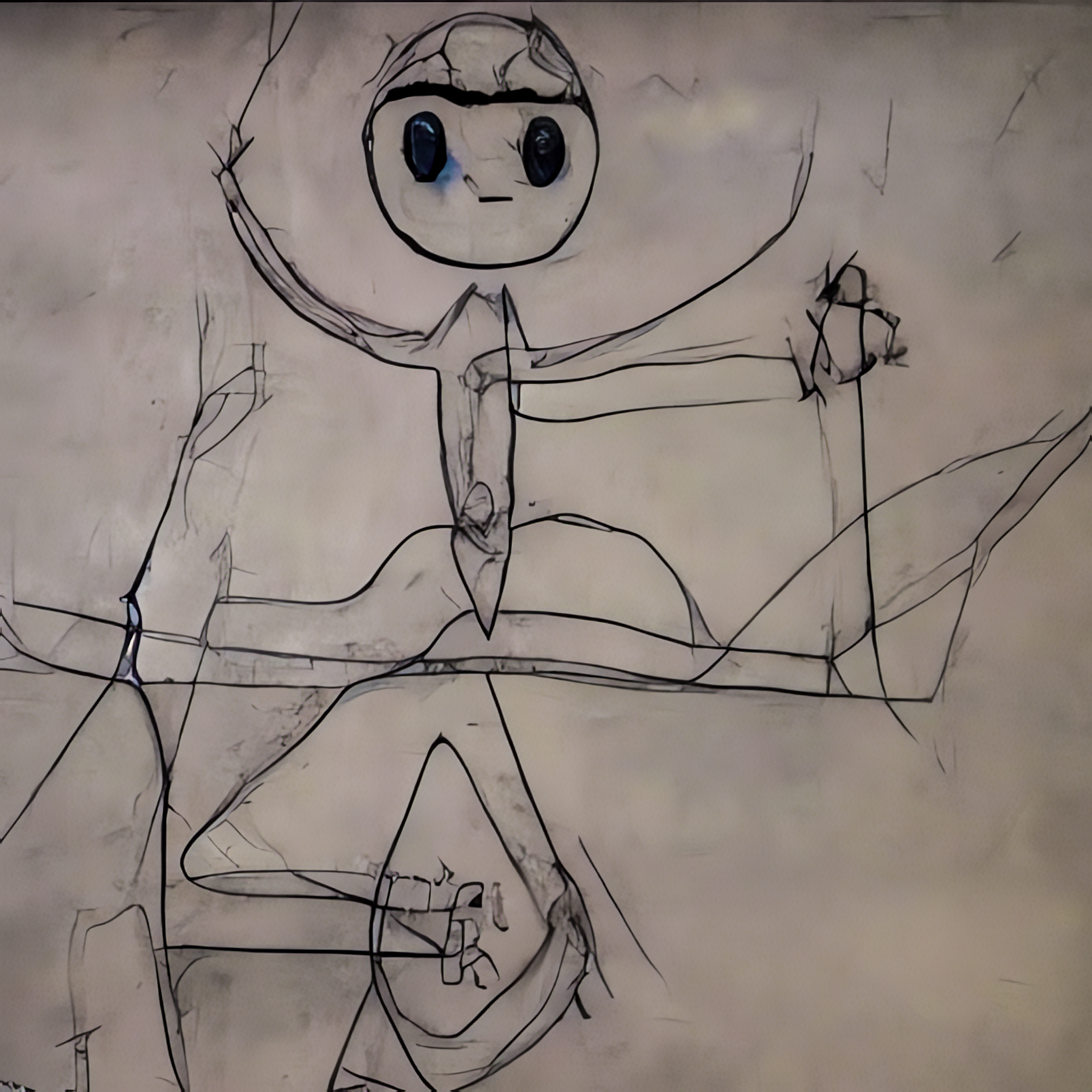
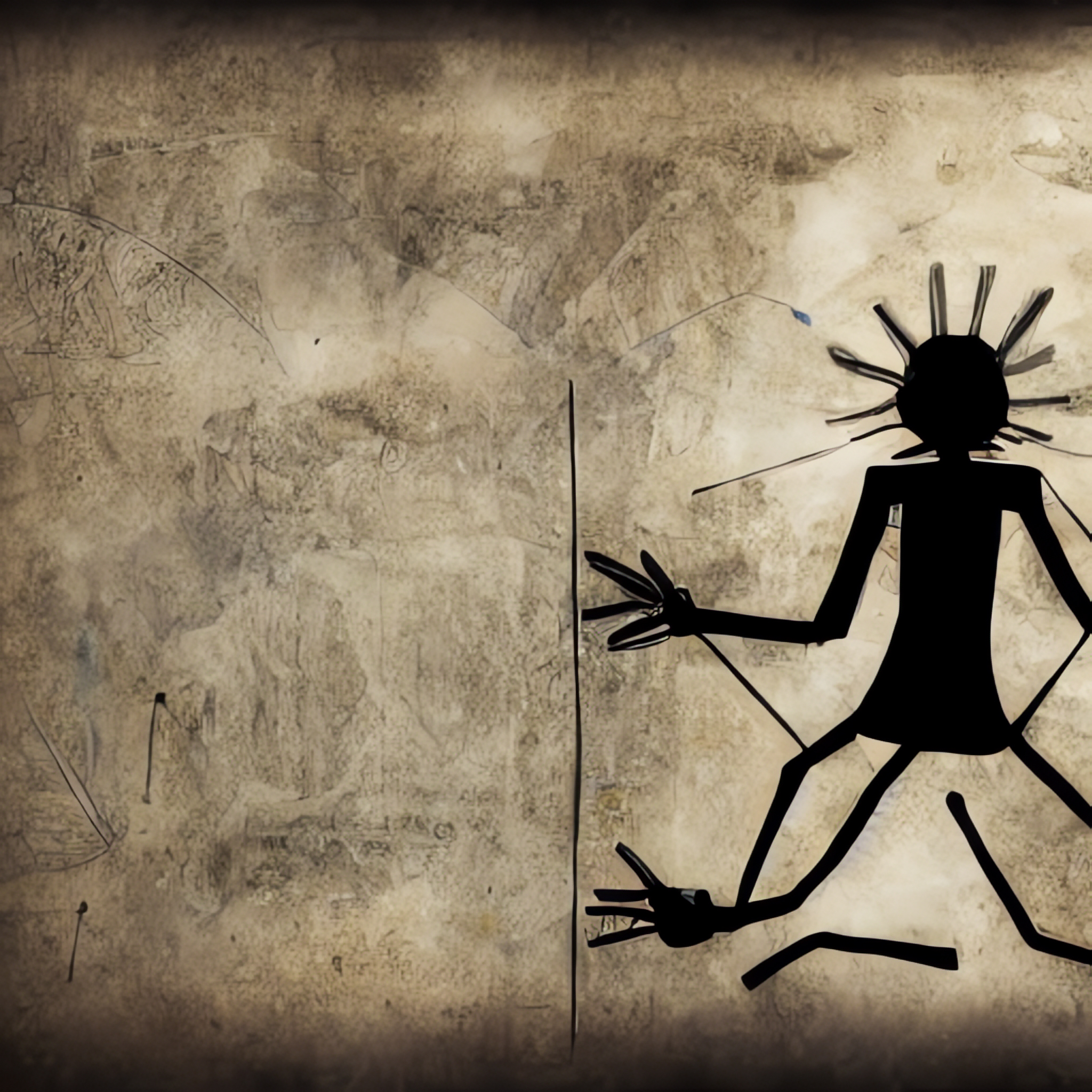
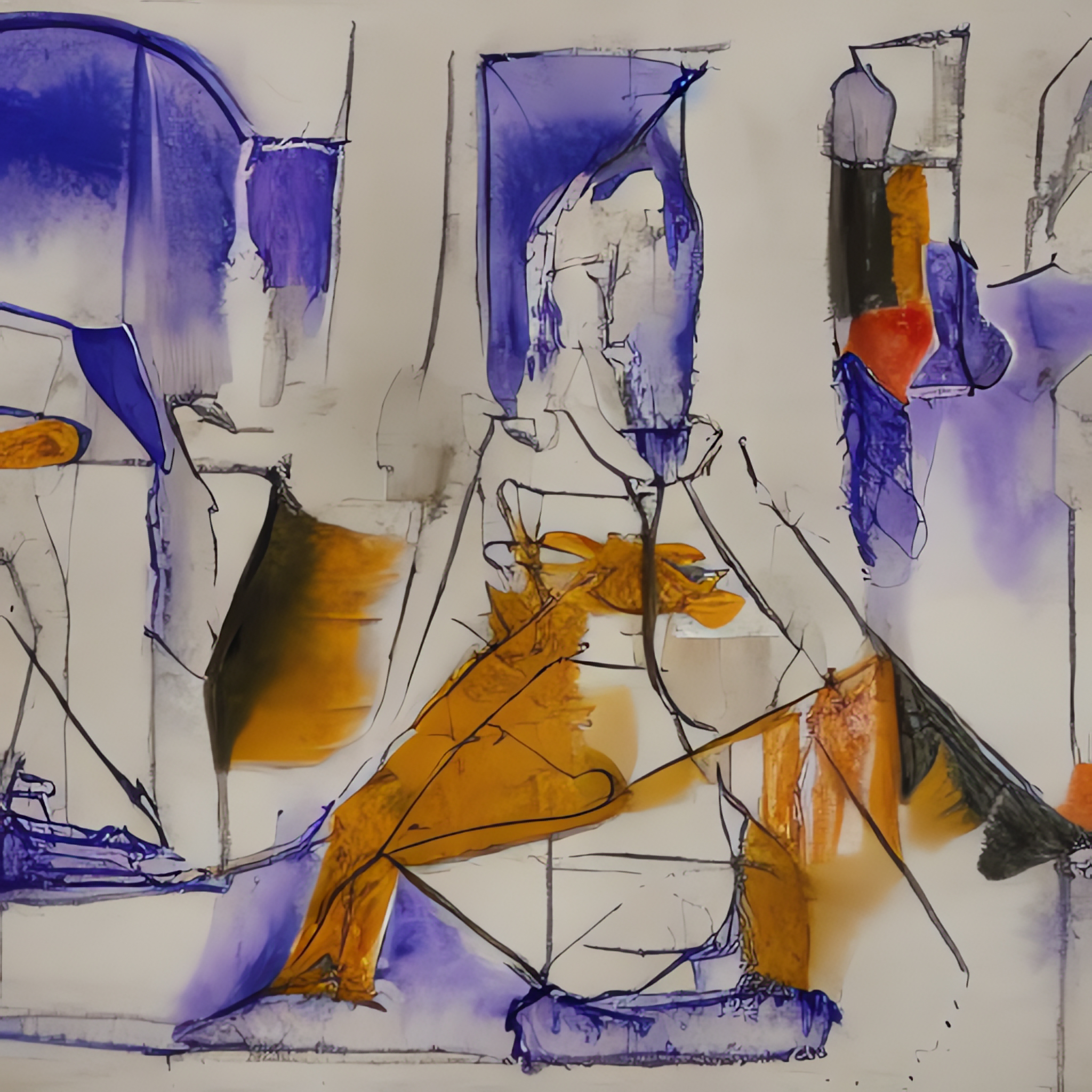
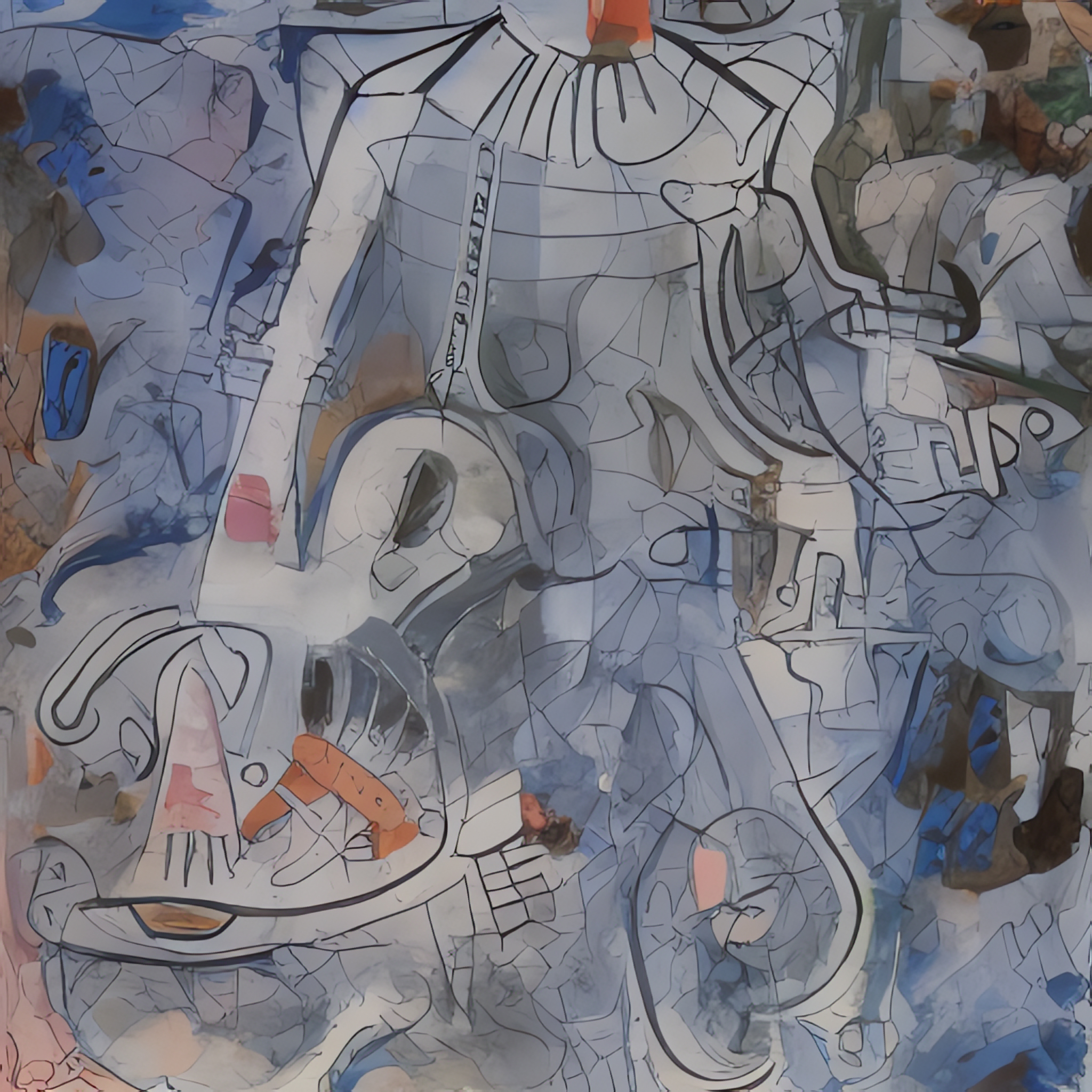
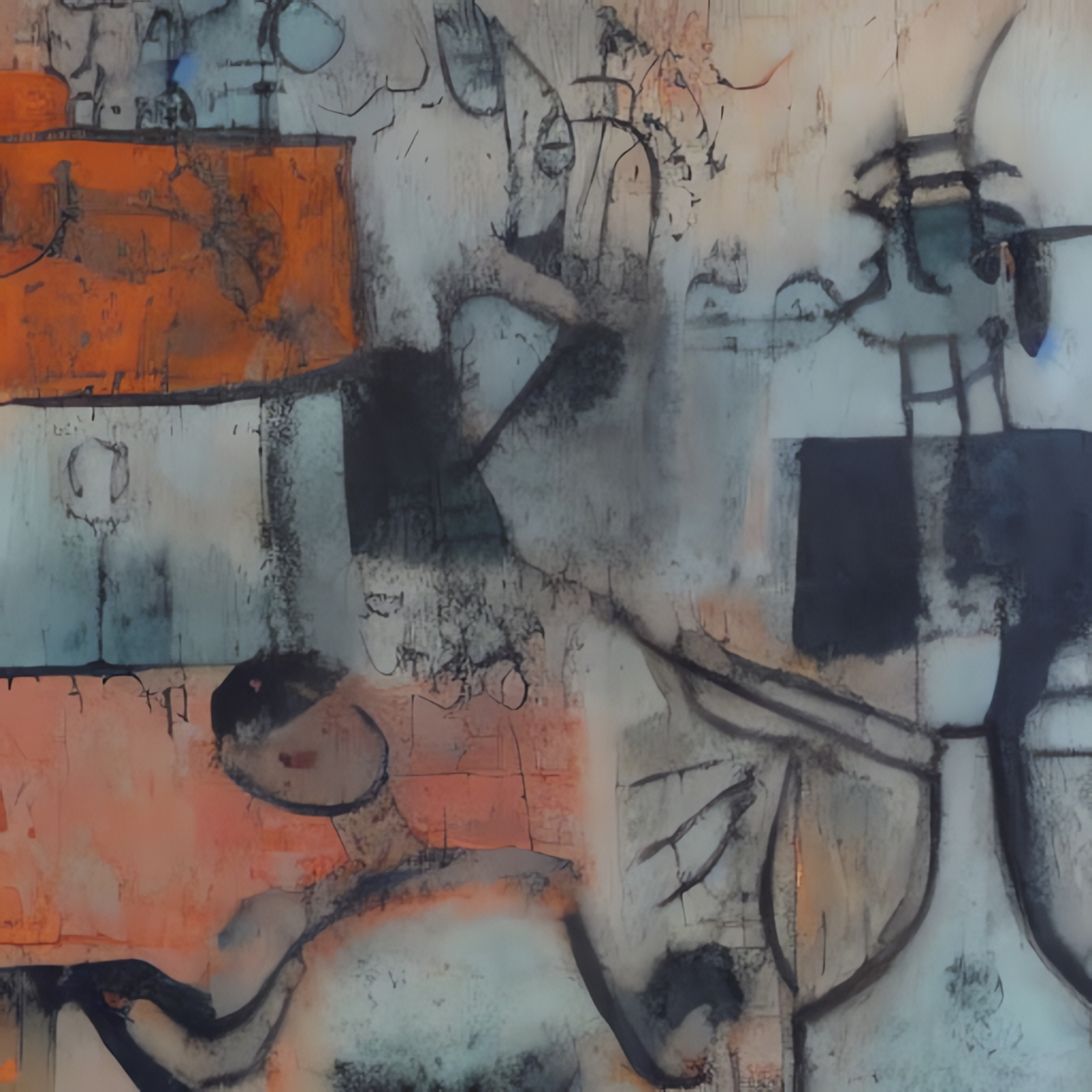
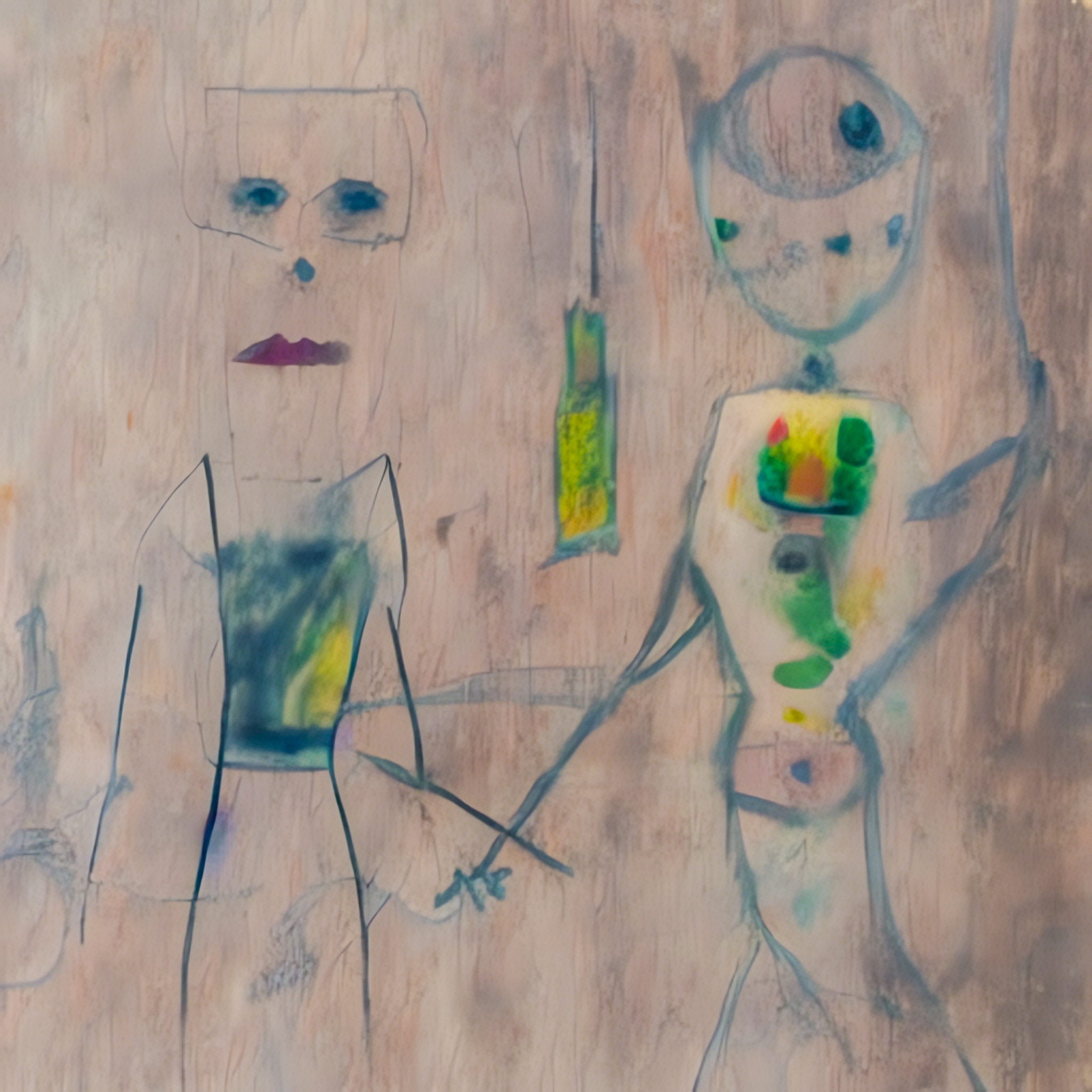
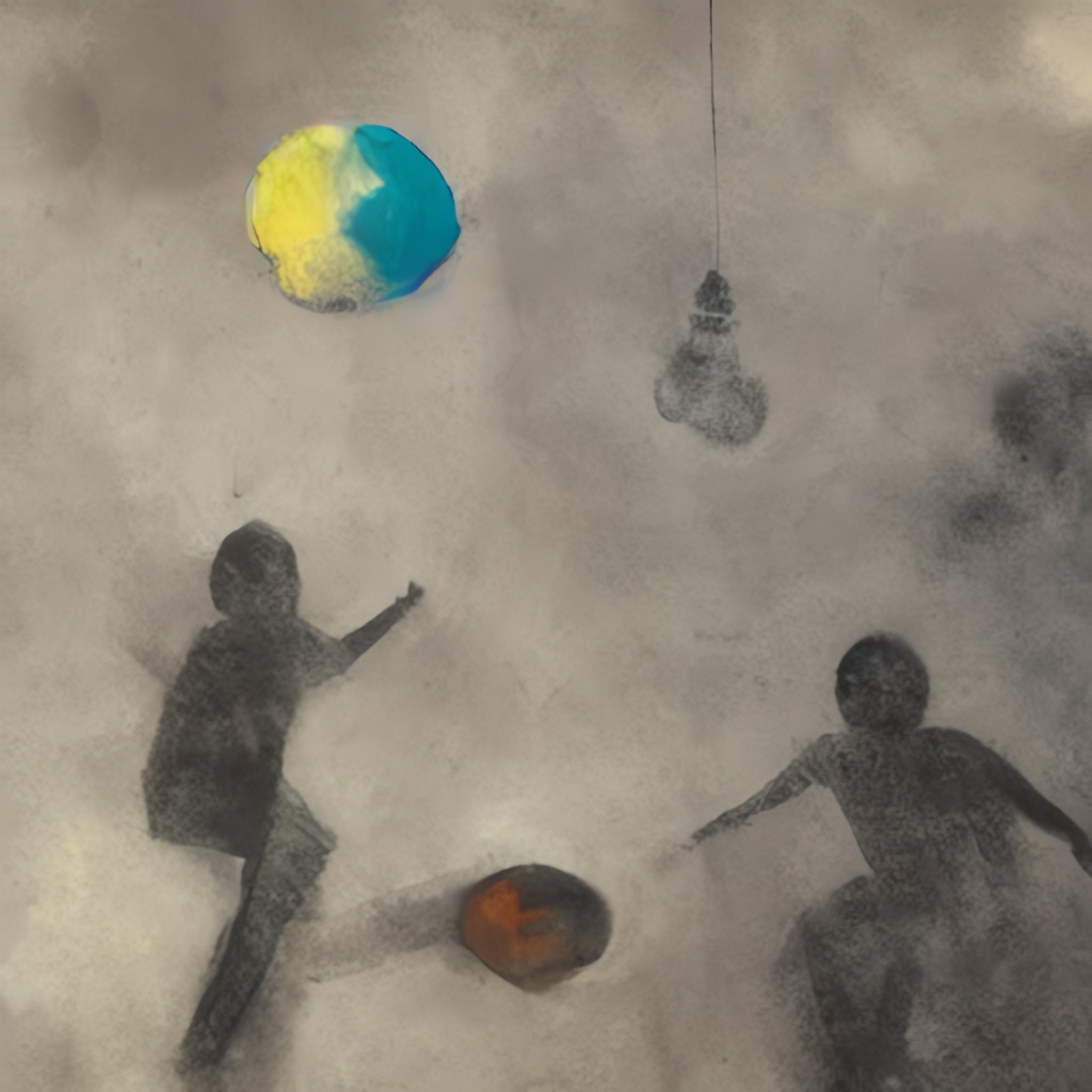
Blog Entries
-
An Essay On the Democratization of Art

The emergence of Artificial Intelligence-based tools, in general, and specifically for the creation of art, has raised several questions for me as an artist and photographer. This is the first in a series of posts where I intend to explore some of these questions, but more fundamentally, I wonder if the output of an AI-based…
-
AI-Generated Art: How Does It Work
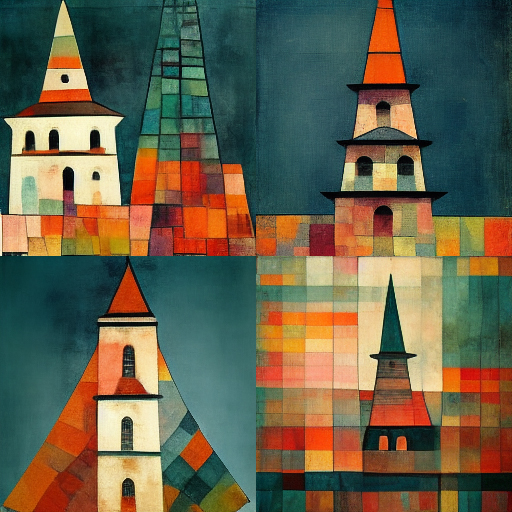
Four images generated using the same terms: Paul Klee, German Church Steeple. Church Steele represents the object I wanted to display. German is intended to be a modifier to narrow the style of architecture. Paul Klee is another modifier intended to influence the style or genre of the result. The actual details of Artificial Intelligence…
-
Are AI Generated Results Art and Is It Ethical?

The answer to these questions is not straightforward. If the sole determinant of something being a piece of art was tied to its aesthetic qualities, then I think an argument could be made that for the public audience these generated works often appear to be art. Yet, as artist, researcher and educator Dejan Grba notes,…
-
Who is the Artist and What is the Impact?
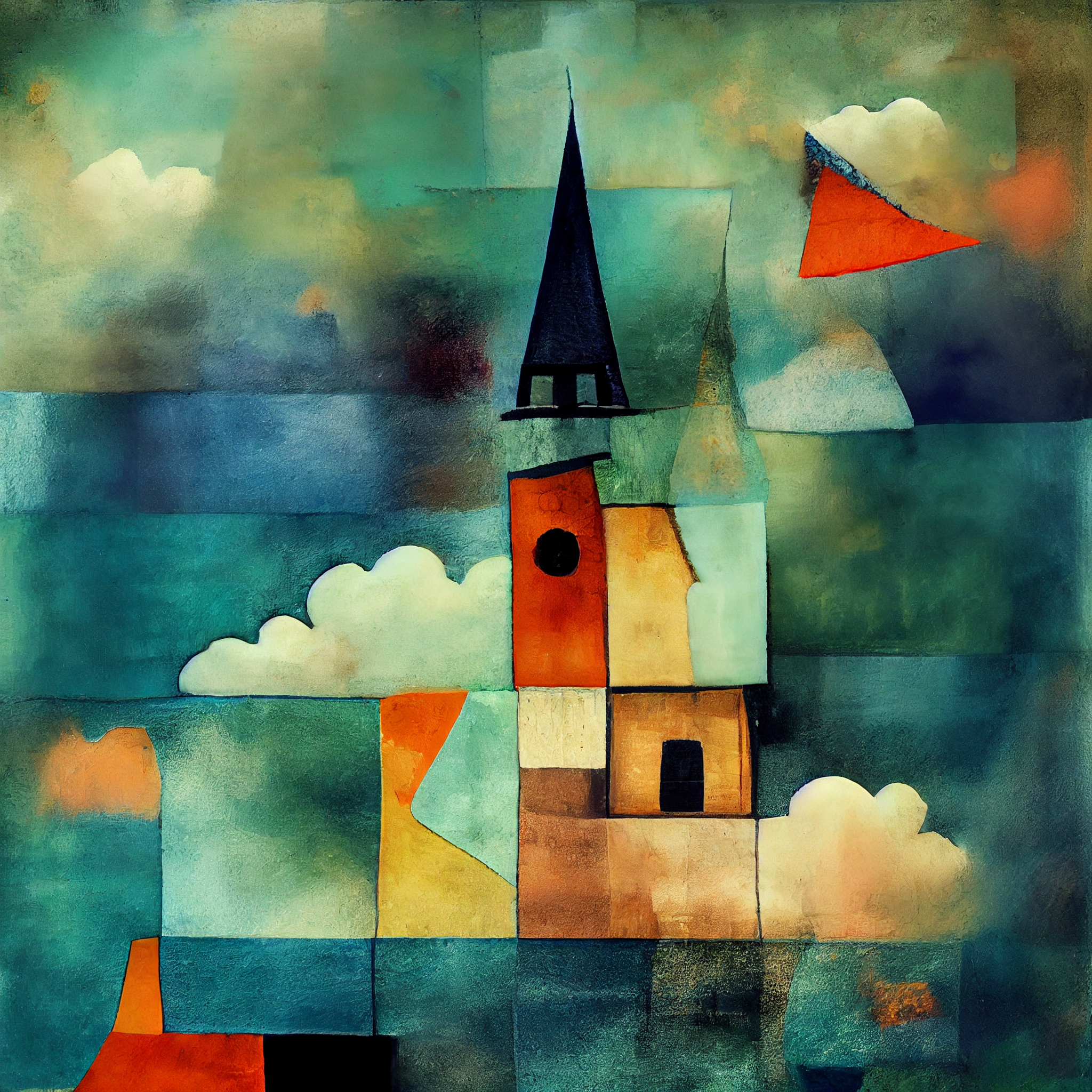
On the surface, AI-Generation software appears to be a tool capable of creating a work of art without human intervention. If so, who then is the artist? Is it the tool or the person who operates the tool[i] or should authorship be shared? Generally, we view a tool as being under the control of the…
-
Does AI-Generation Result in Better Art?
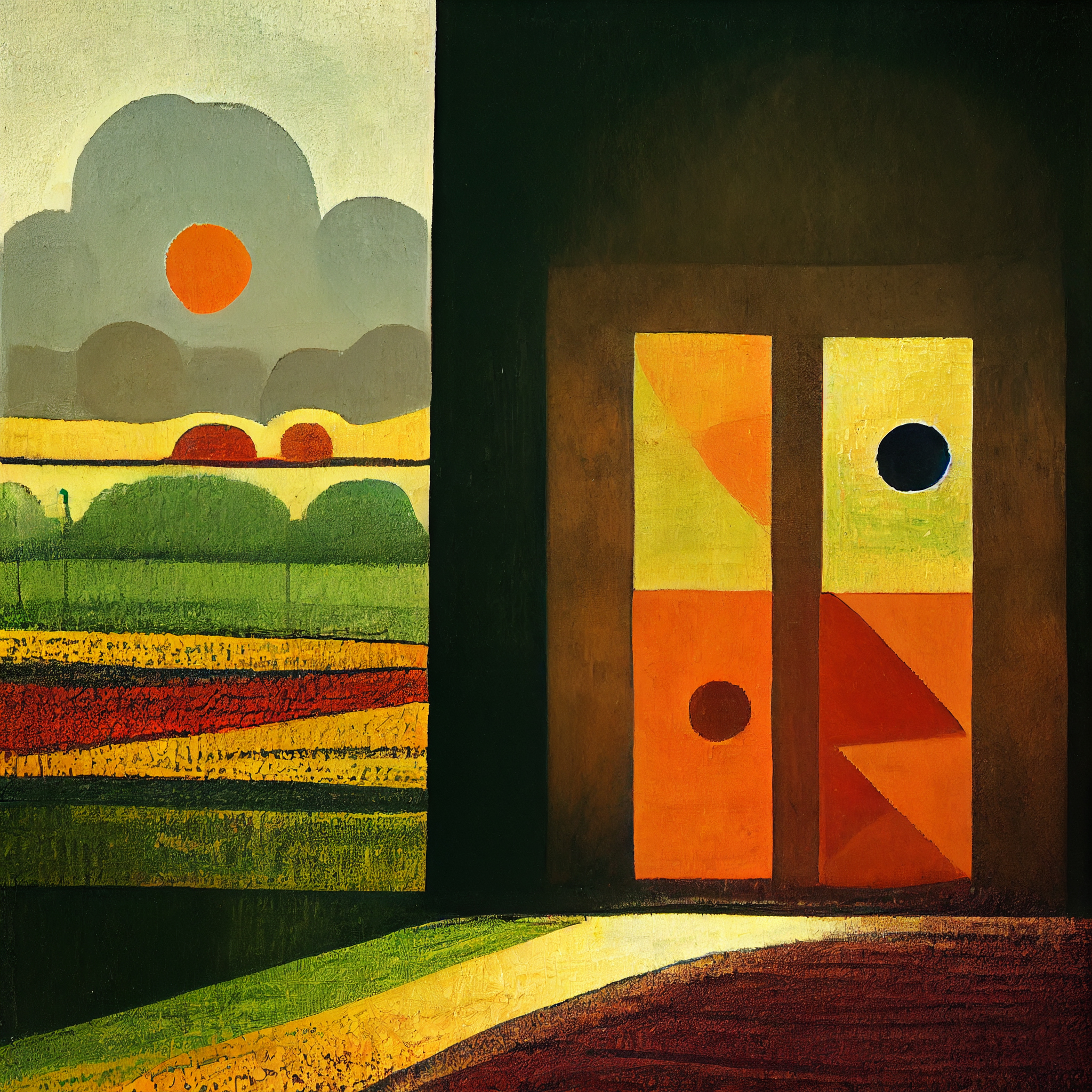
If the balance of work shifts from artist to machine the question is whether this is progress? Can we expect better art? However, the question may be less about better and more about different. Each technology change has opened new doors of opportunity, and these have enabled something different. Is different better? [i] If we…
-
What is AI Good For?

Over the last few years, through my photography practice, I have watched an increased use of Artificial Intelligence in the tools I use, such as for: keywording images, editing images, and most recently, text to image generation. The first two strike me as evolutionary steps in functionality, powered largely by AI. Keywording is a painful,…
-
In Conversation
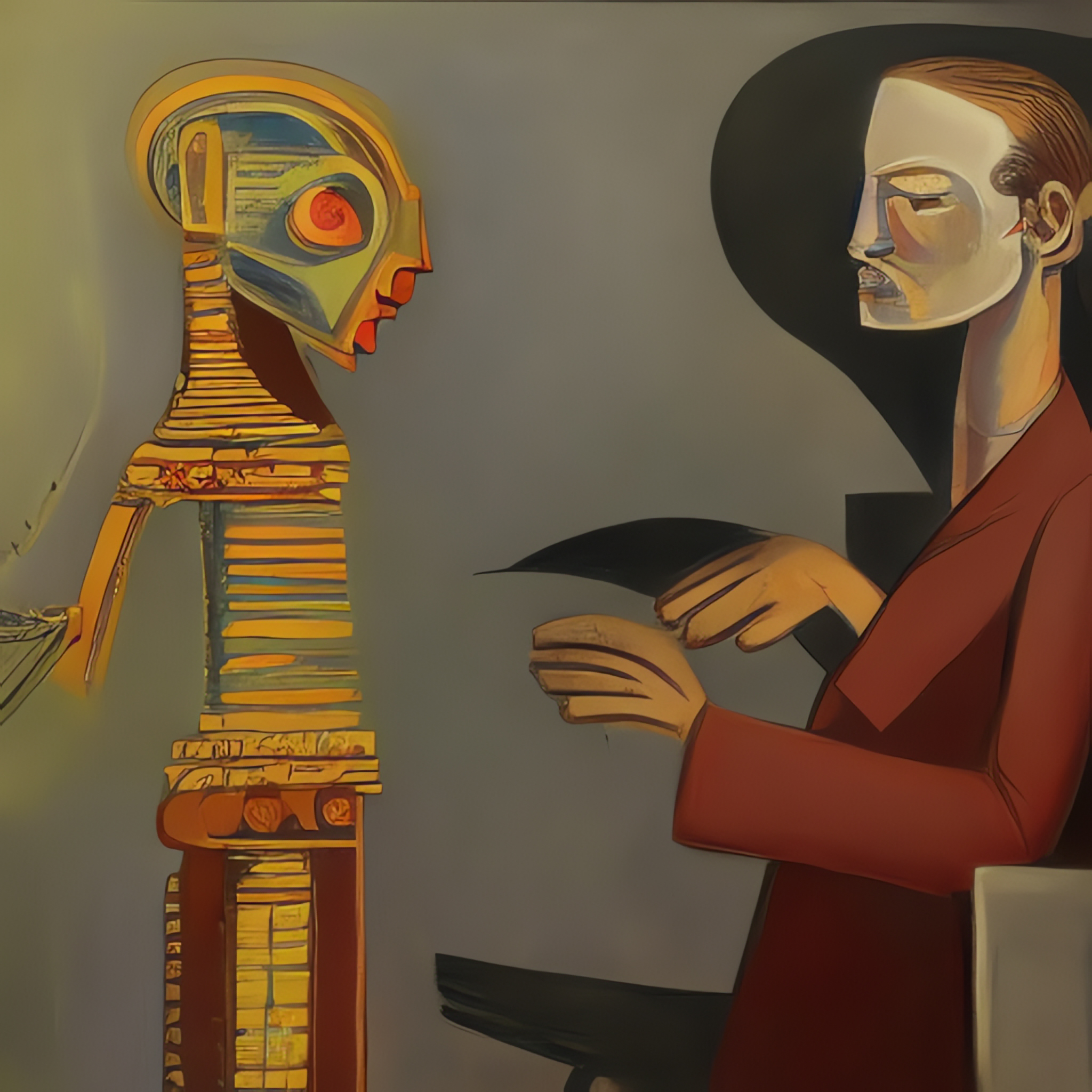
Over the last few months I have been exploring various text-to-image tools. One of the questions I have asked myself is whether the results of these tools — the images — can be considered art. I find many of the works quite compelling and artistic in nature, but I wonder if there is a gap…
-
In Conversation – What Worked
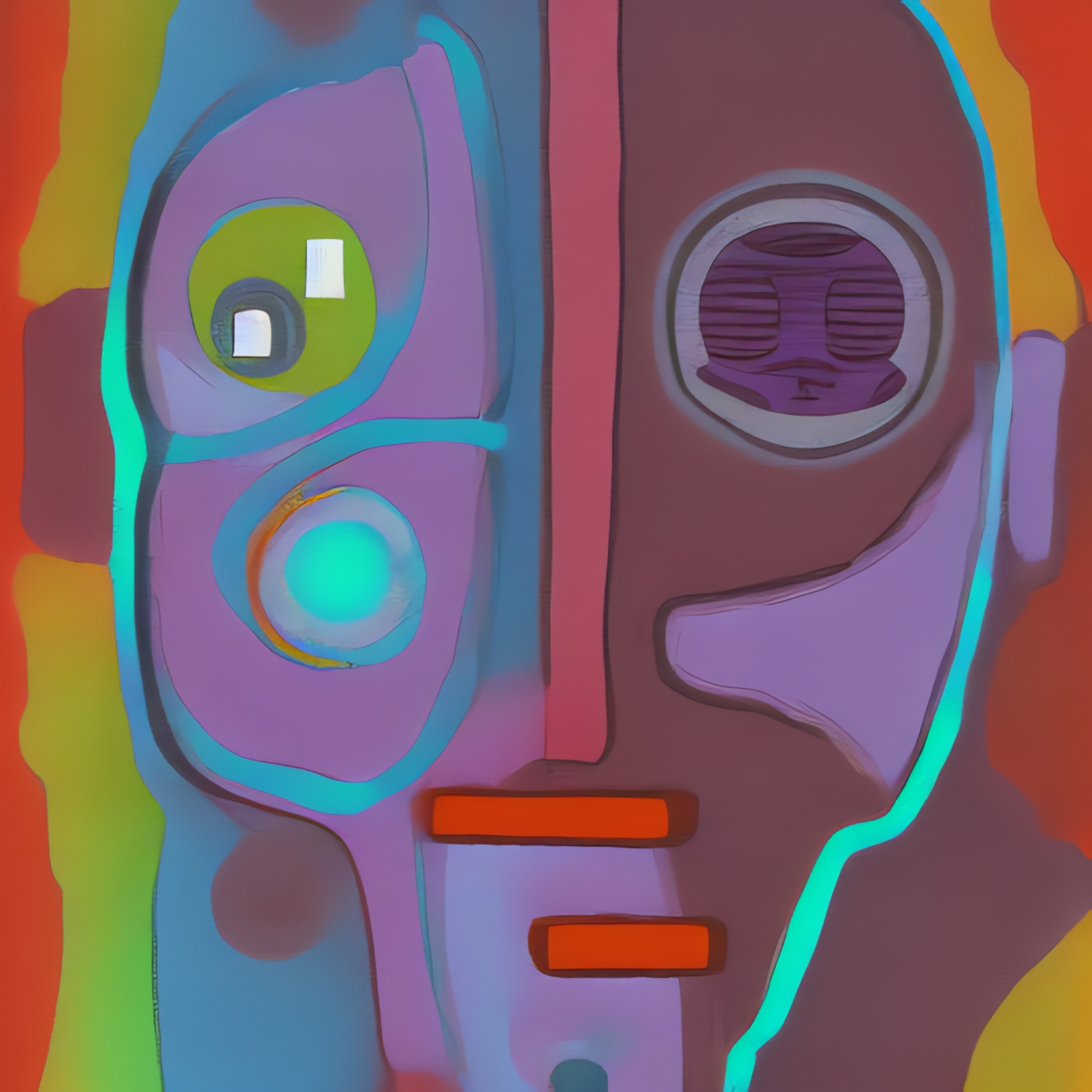
In a previous post I presented two conversations with an AI-Based “Chat Bot” as part of an effort to develop my understanding of these tools. In this post I offer the first of my collection of observations on the ChatBots abilities, focusing on where it seems to work. My conversation was over two sessions, and…
-
In Conversation – Limitations
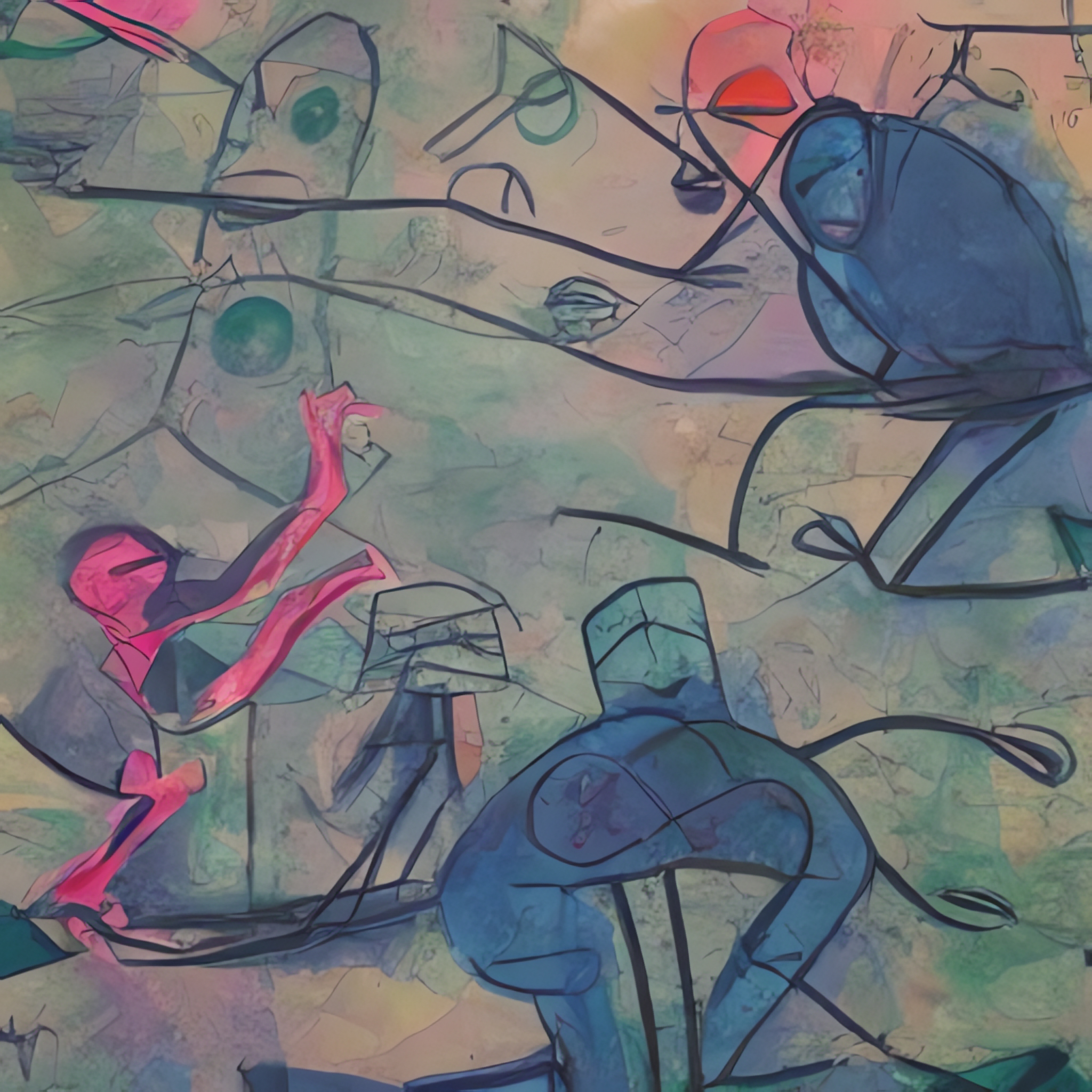
In a previous post I introduced my methodology and presented the case for AI-based chats. In this post I look at some of the limitations. The first thing to be aware of is the relationship between the detail expressed in the question and the detail provided in the answer. While this may be obvious, it…
-
In Conversation – Context

In a previous post I summarized some of the limitations I noted during conversations with an AI-Based “ChatBot”. Before offering my conclusions in my next post, it’s become necessary to reset the context of my study, as a result of learnings, recent technology announcements and wider reporting on the experience of others using these tools.…
-
In Conversation – Conclusions
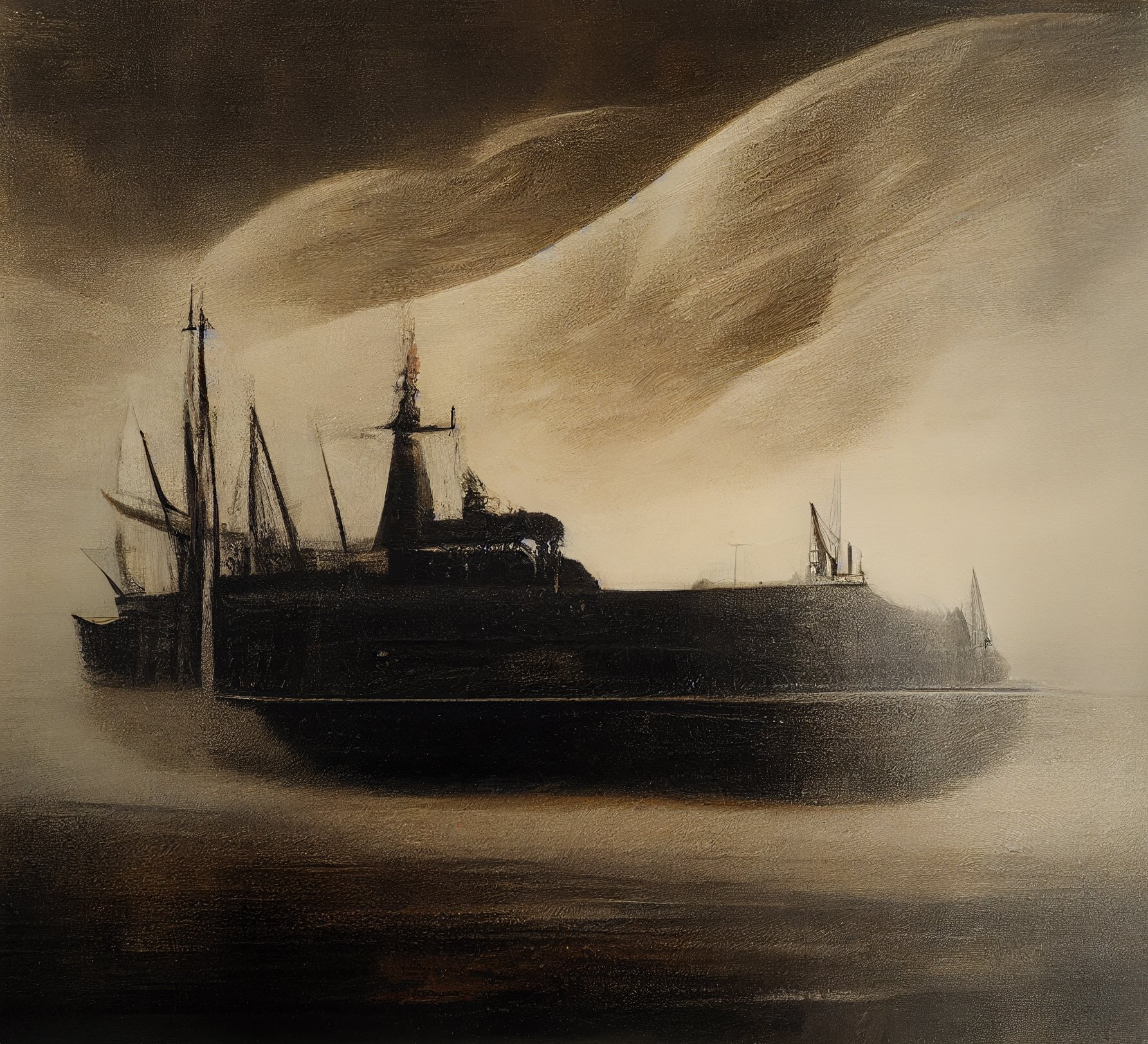
My goal was to get a sense of whether the test-to-image AI-Generation tools are able to develop coherent results. Based on the results from ChatBots, my impression is the answer is not yet. This is a conservative position. My uncertainty lies first in the question of whether a tool whose answers are non-deterministic can be…
-
Curiosity

Unattended curiosity is like an itch unscratched. Laziness, for me, is the reasons such itches remain unattended. Enter the “backscratcher”: the AI-Based ChatBot. It’s now so much easier to pursue one’s curiosity.
-
AI and the End of Humanity
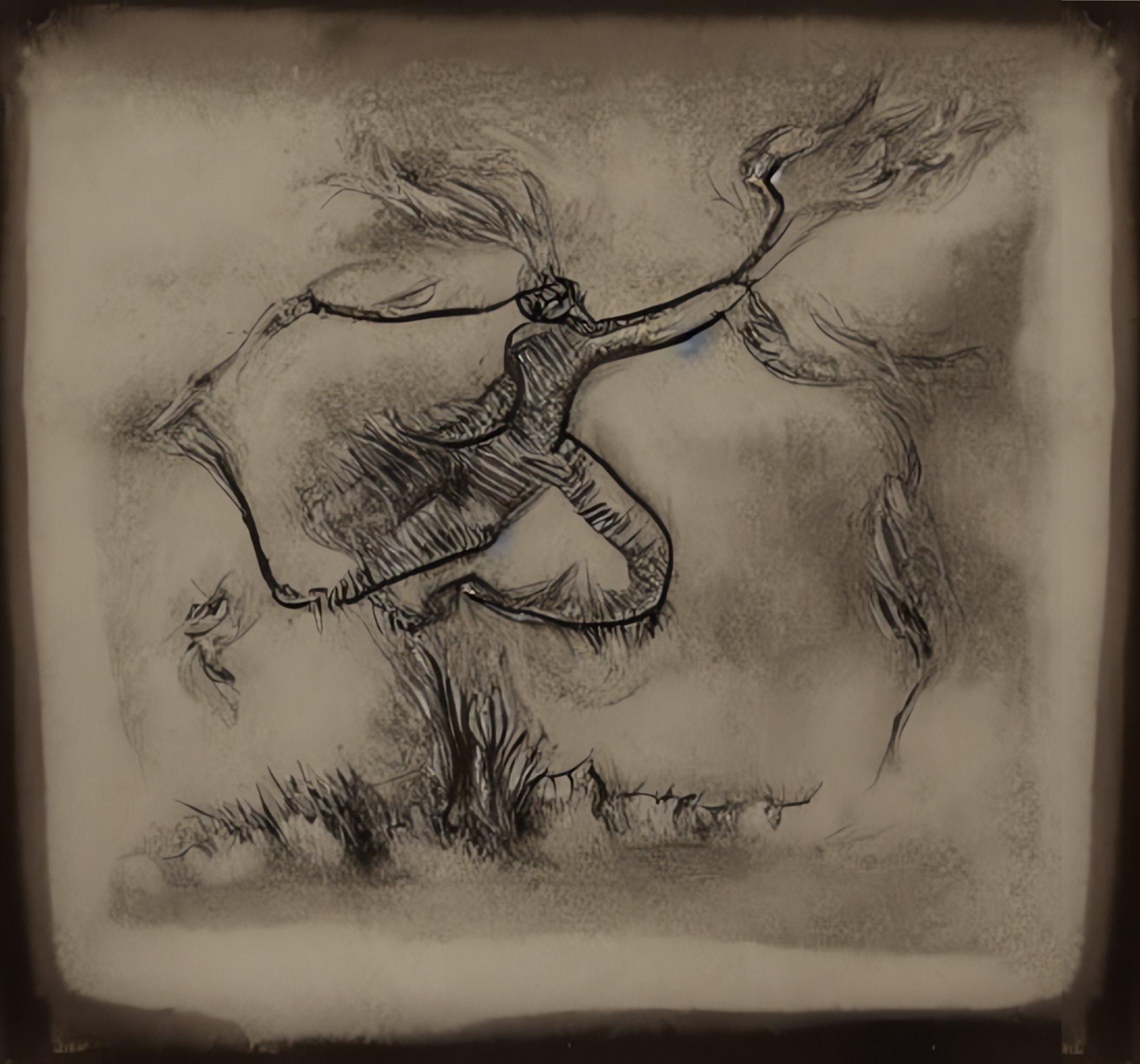
There are many expressing concerns about the ascent of Artificial Intelligence and the effect on the arts, manufacturing, work, life styes, and more broadly on humanity [1]. At the nub of many of the concerns is the question whether a machine can be creative, or does creativity lie wholly within the human domain? I suspect…
-
Homage to Marcel Duchamp: Bicycle Wheel
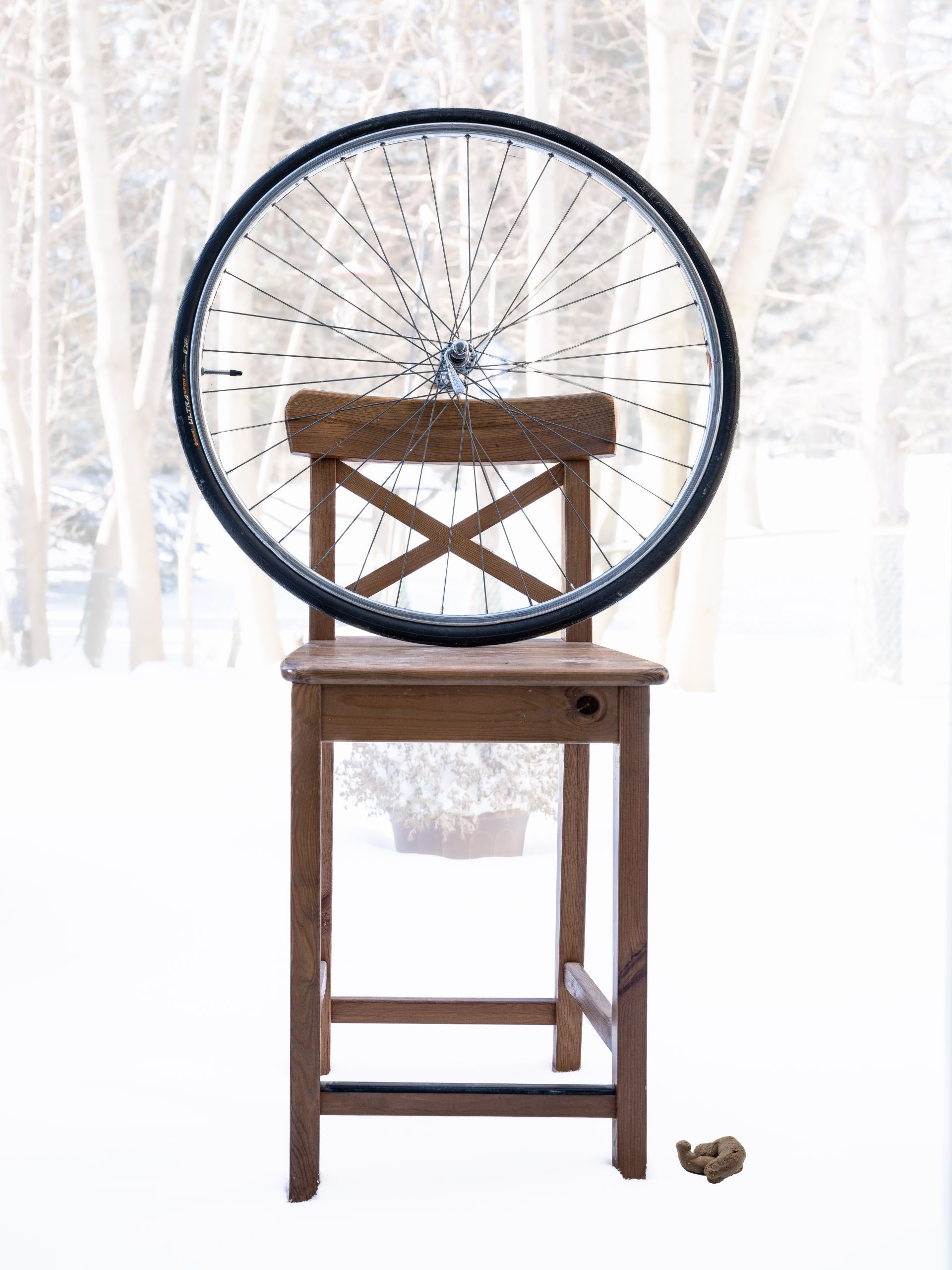
Bicycle Wheel is an artwork created by Marcel Duchamp in 1913. It is one of his first readymades, which were objects that he found and labelled as art [5]. This work consists of a metal bicycle wheel mounted on a painted wooden stool [1] [2]. I searched the US Copyright Office and I found no record of a copyright. According to one source…
-
The Fickle Finger
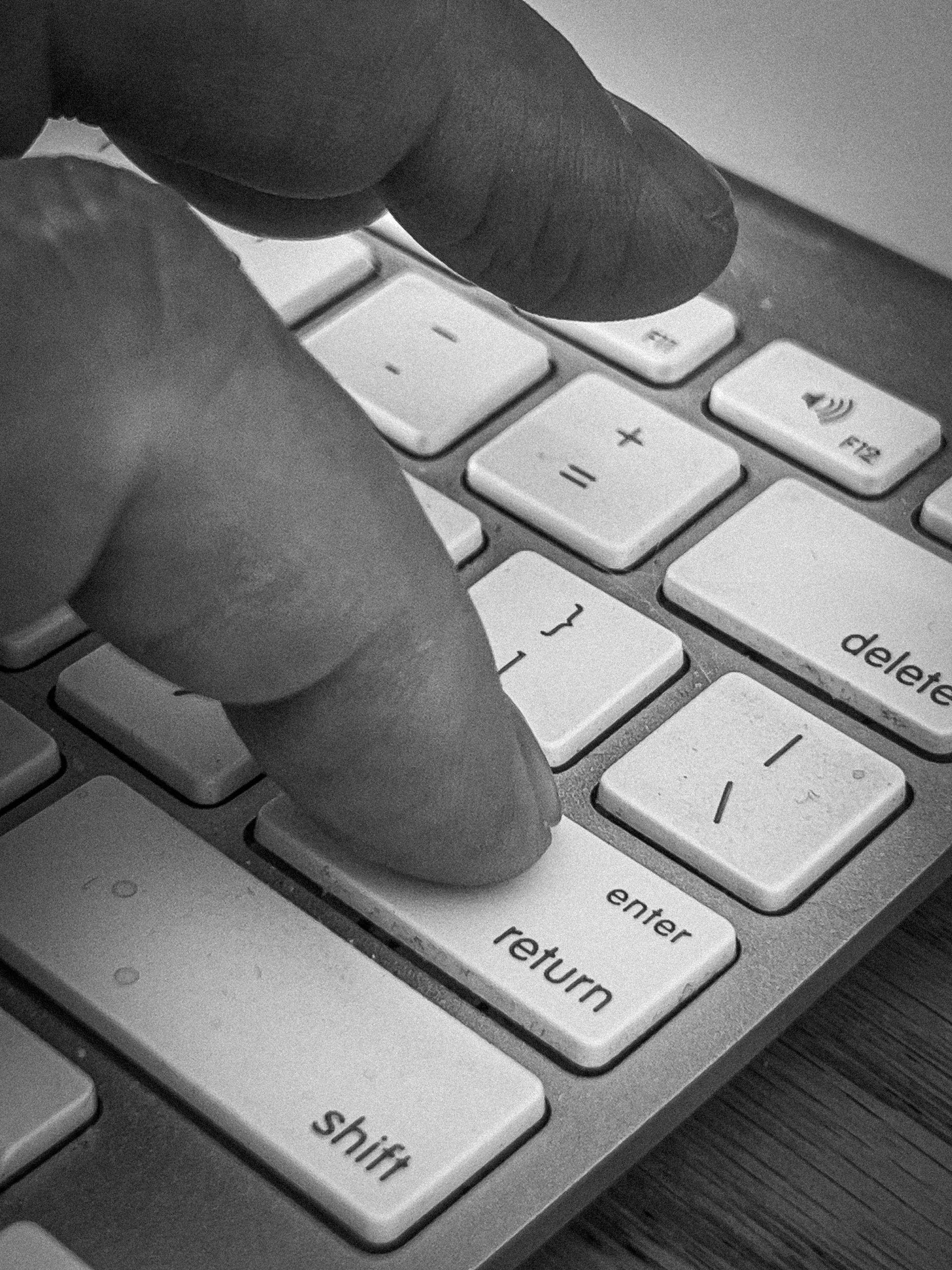
In a recent ruling [1] [2], the US Copyright Office declined to copyright a digital image created by the AI-based, text-to-image software called MidJourney. The situation in Canada seems a little more ambiguous, “by registering an AI as a co-author, the Canadian Intellectual Property Office has taken a path that seems to strike a good…
-
Questions Raised by AI-Generated Art
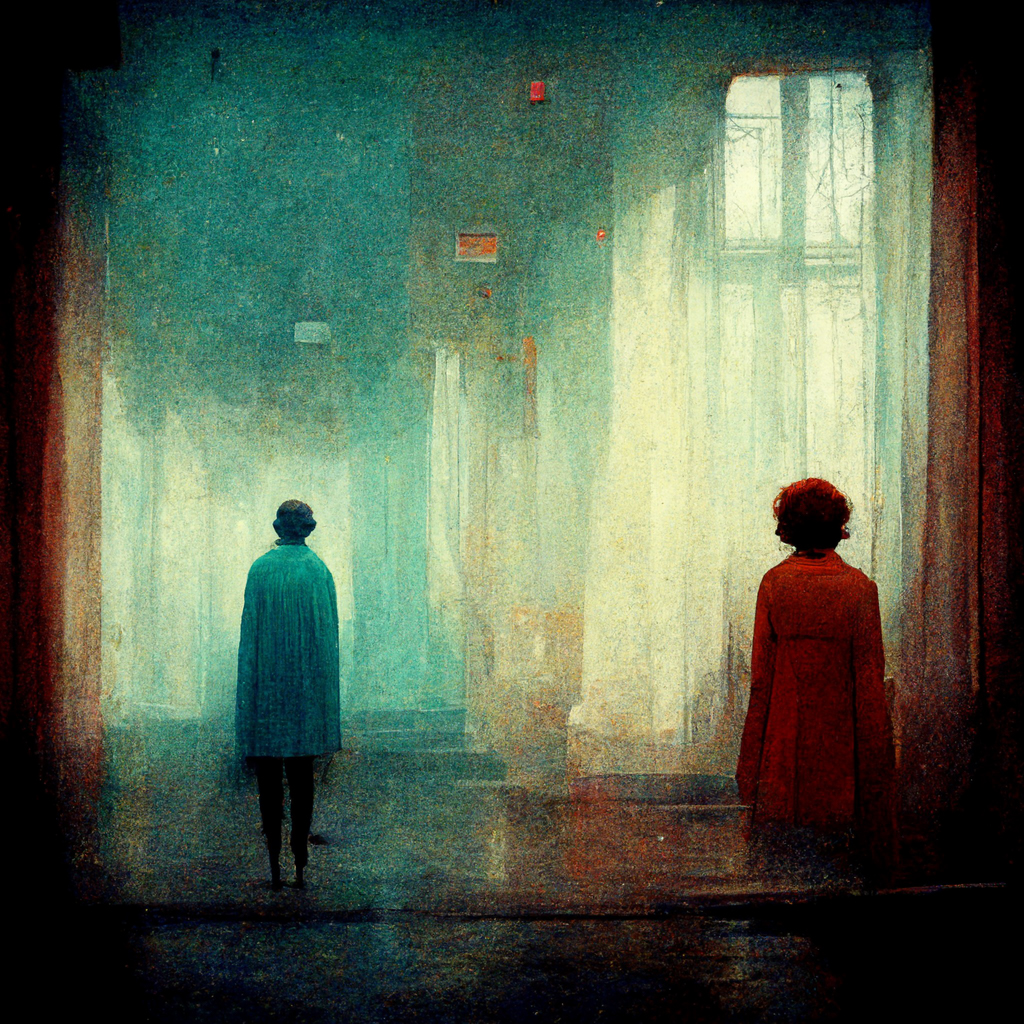
The deployment and use of Artificial Intelligence is raising a lot of questions and concerns, in a wide number of industries and more broadly its role in our lives. Specific to art and photography, some of the questions that I wonder about include: What is the role of the artist; who is the author? Is…
-
AI: Are we going to be Eclipsed?

This note includes large sections of the article “Human Beings Are Soon Going to Be Eclipsed,” written by David Brooks and published in the New York Times, July 13, 2023. The Turning Test proposed by Alan Turing in 1950 submitted: [it] is a test of a machine’s ability to exhibit intelligent behaviour equivalent to, or indistinguishable…
Related Material
- <link>
References
- <link>

